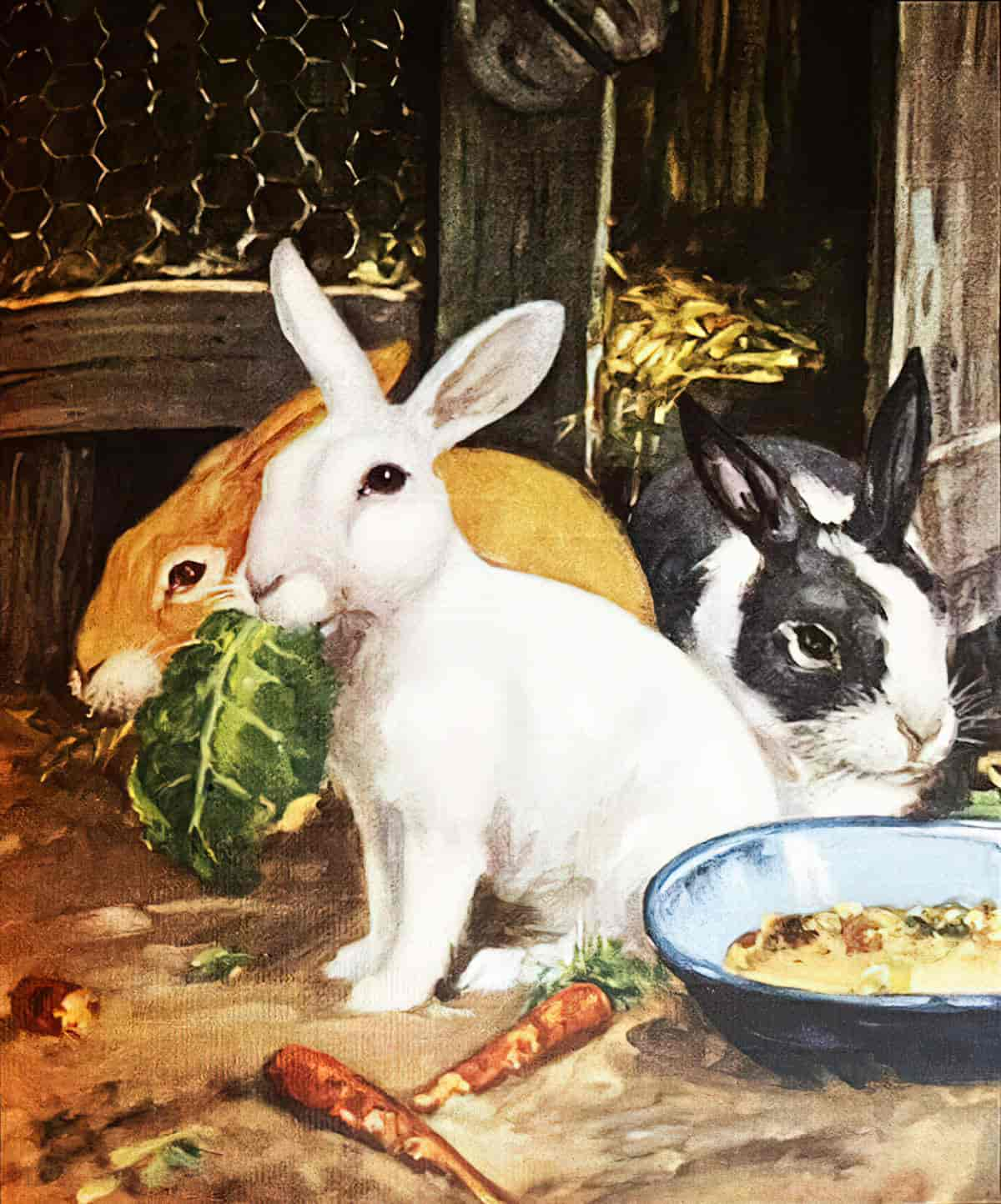
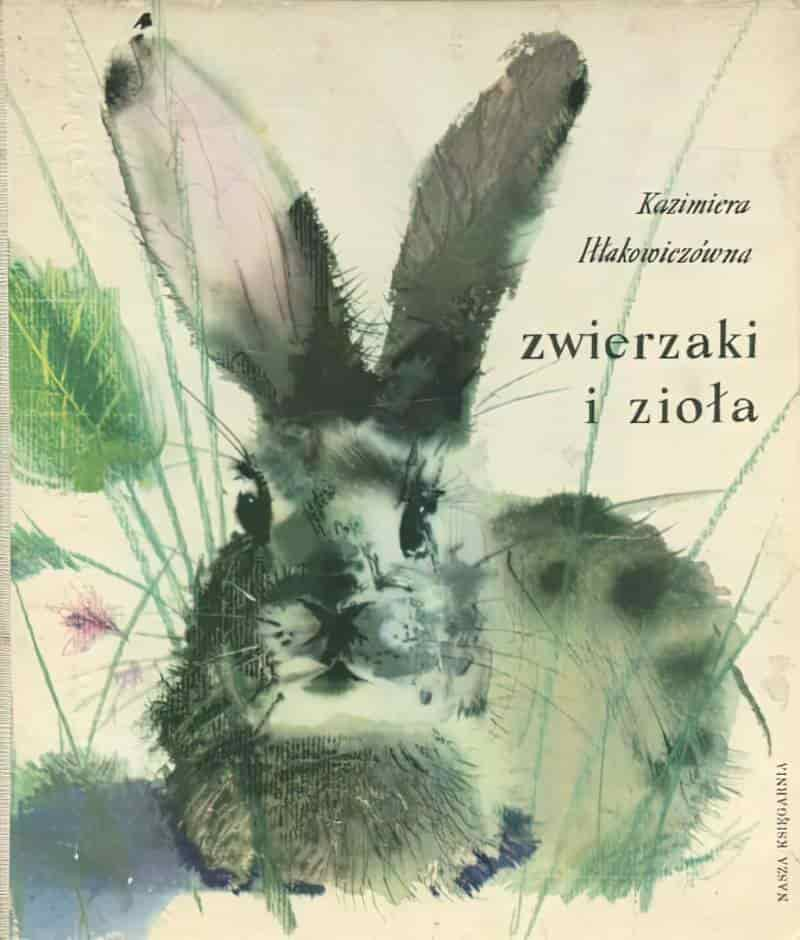
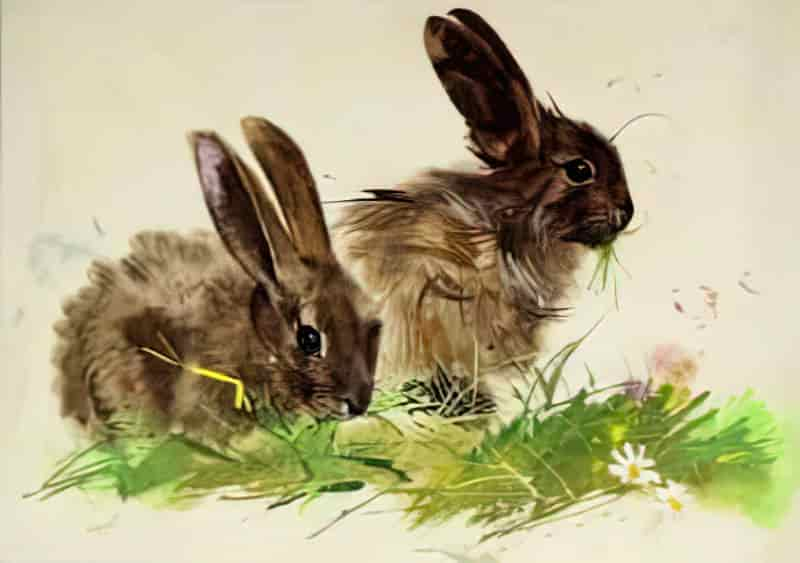
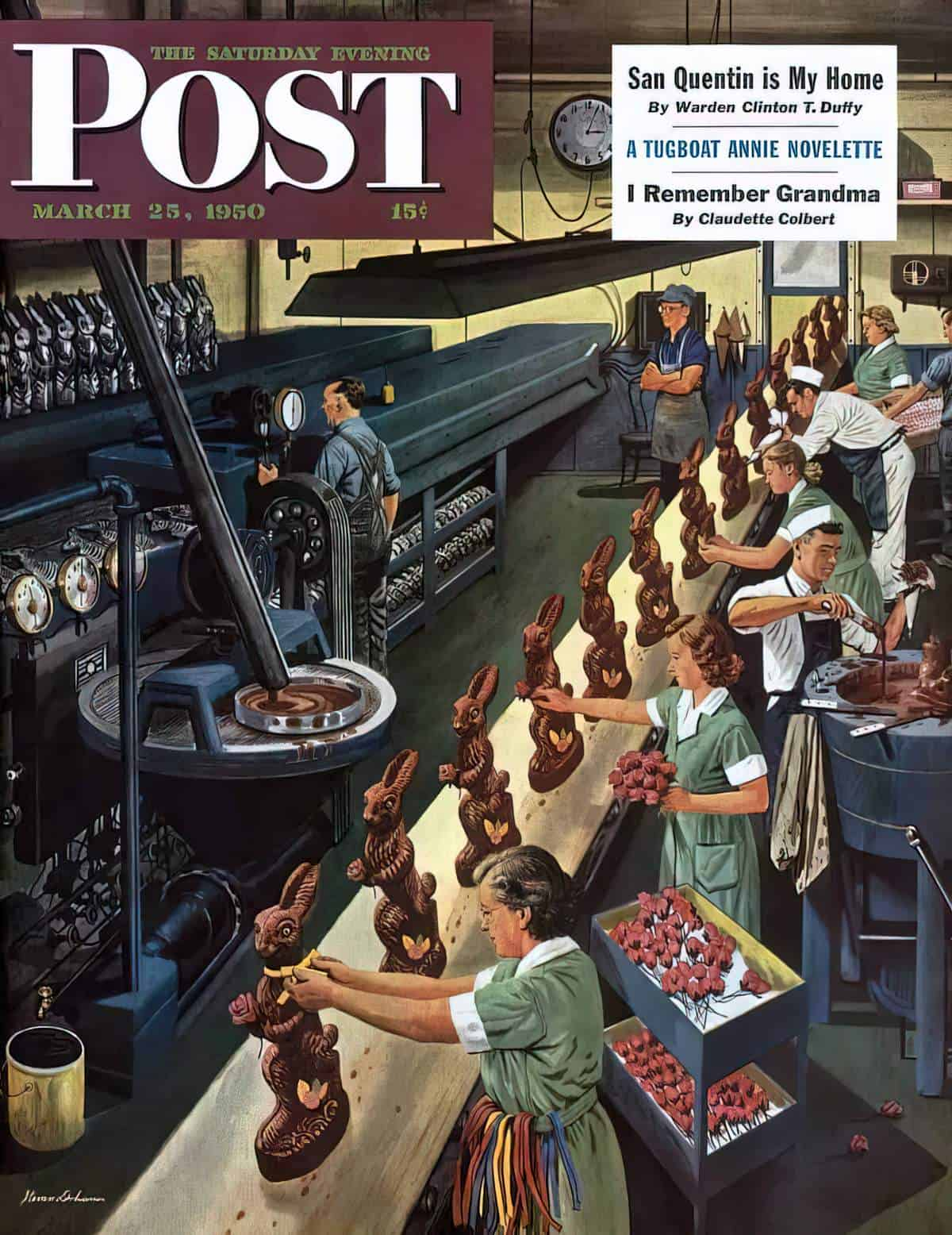
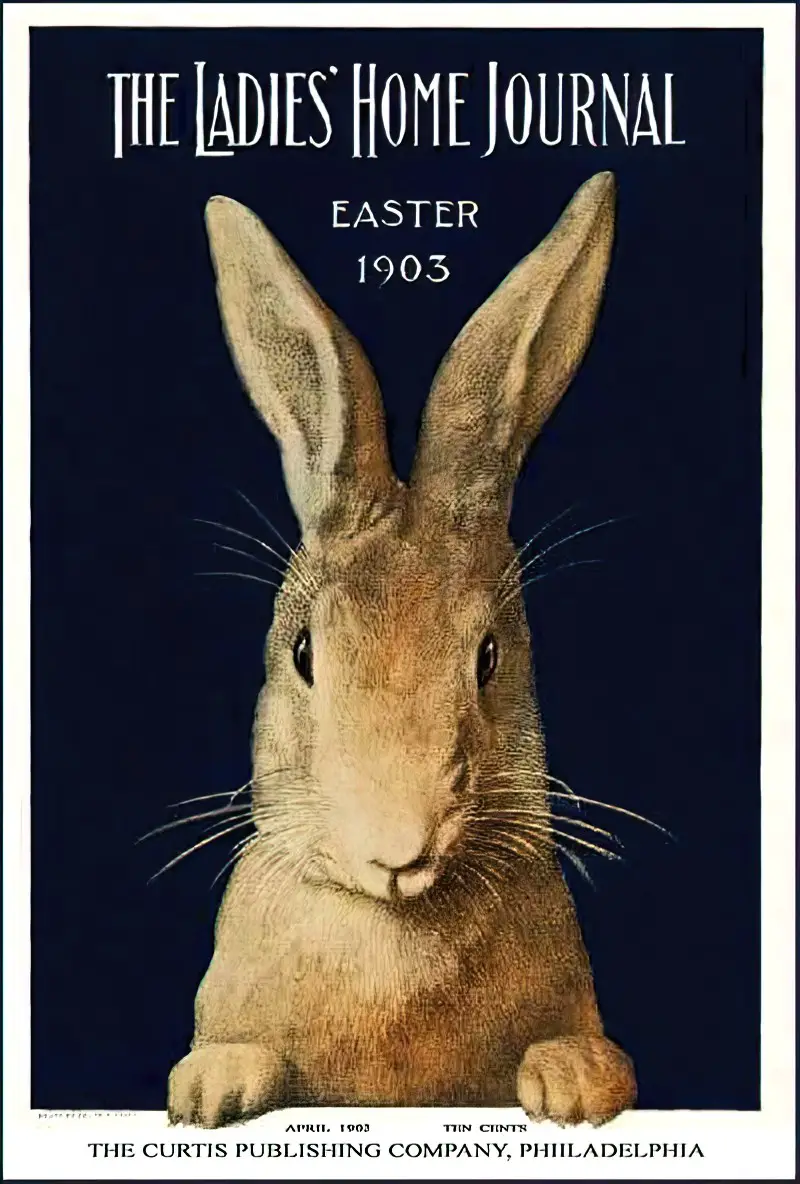
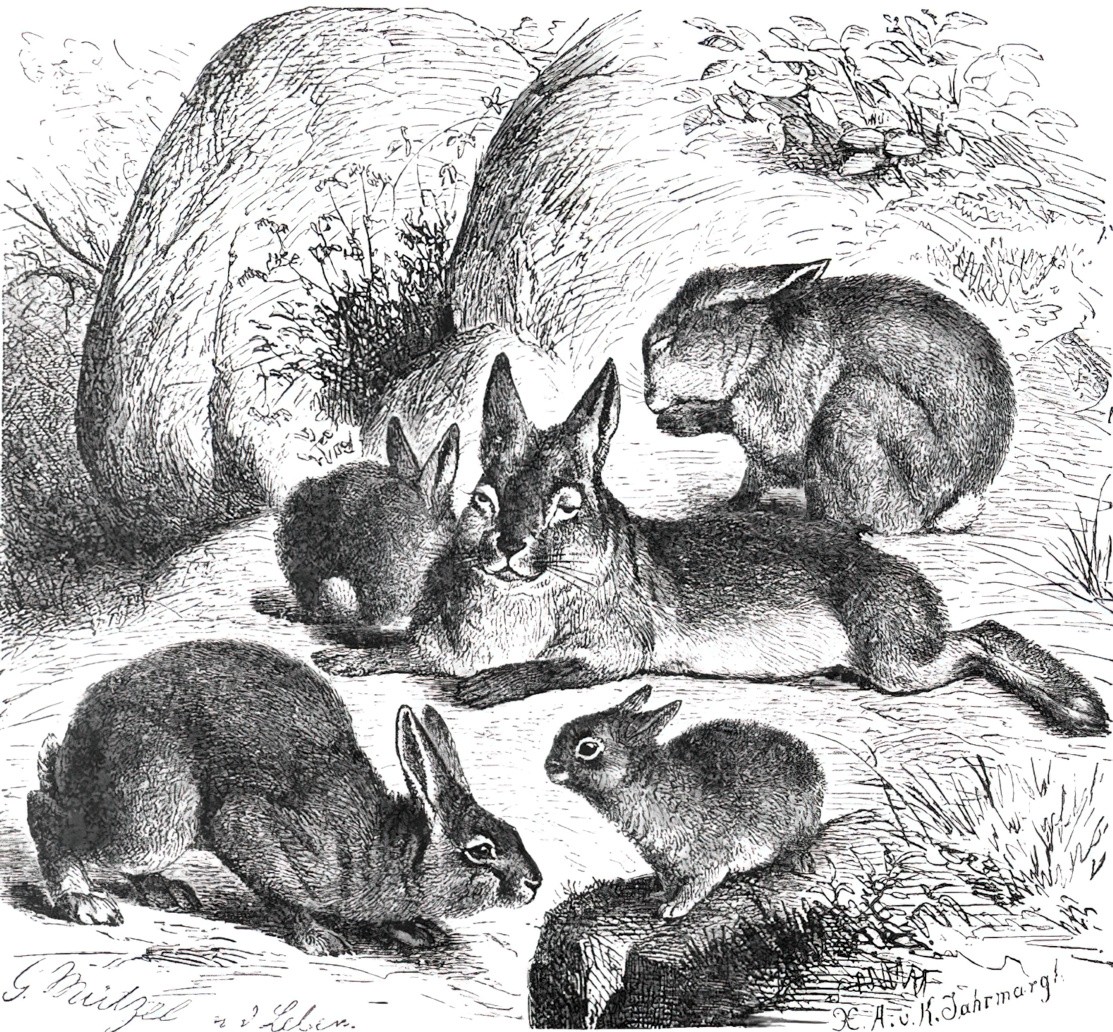
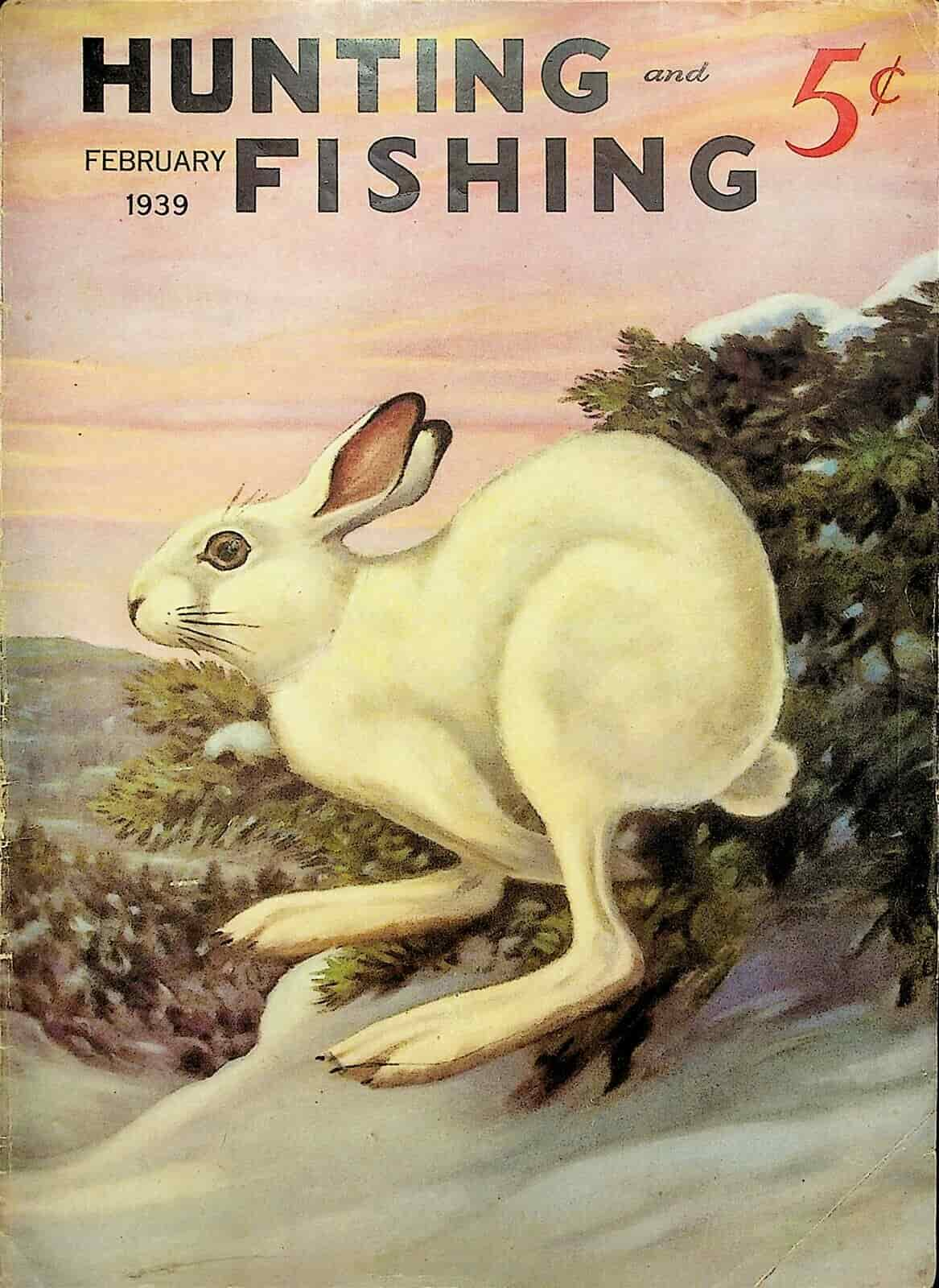
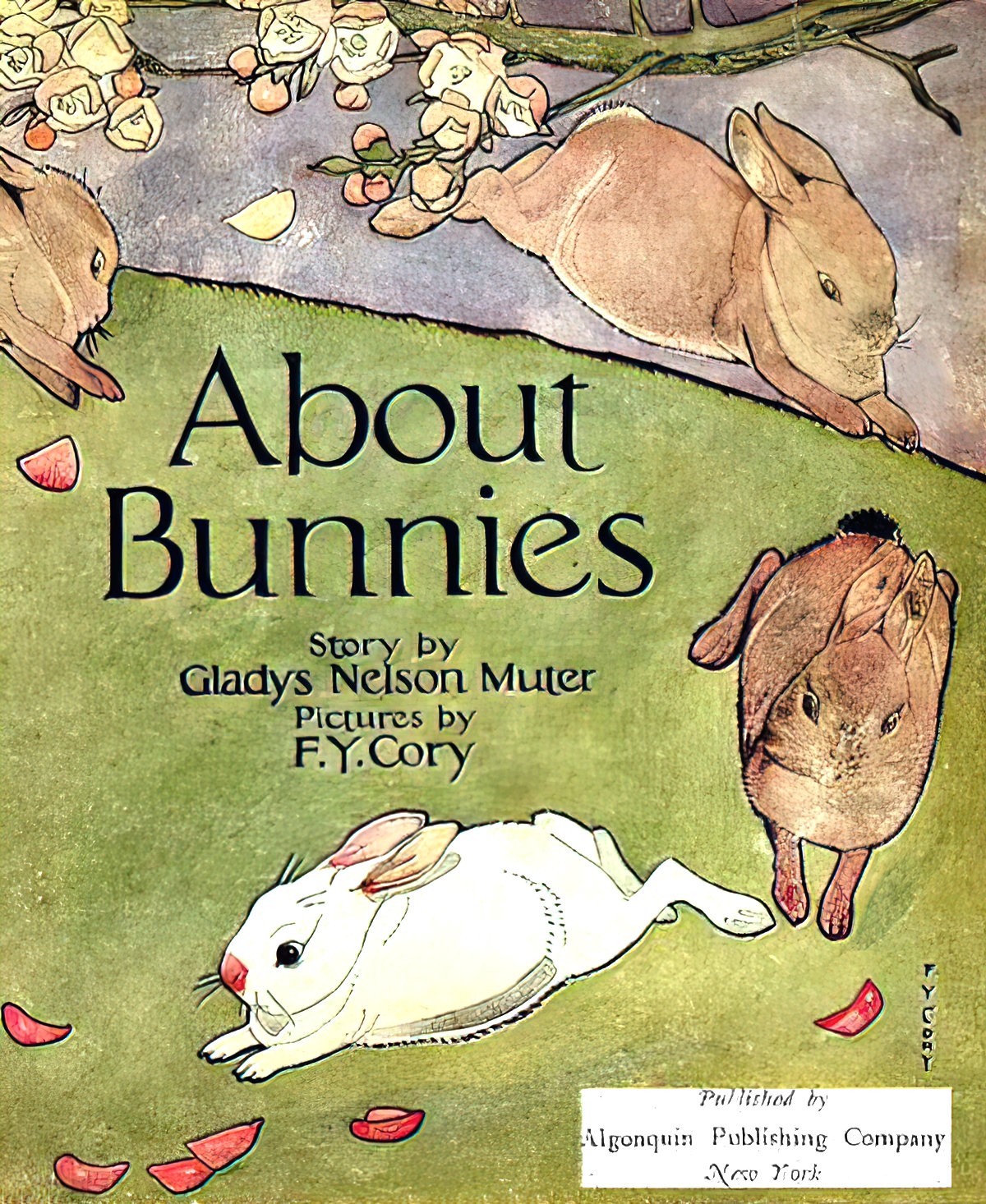
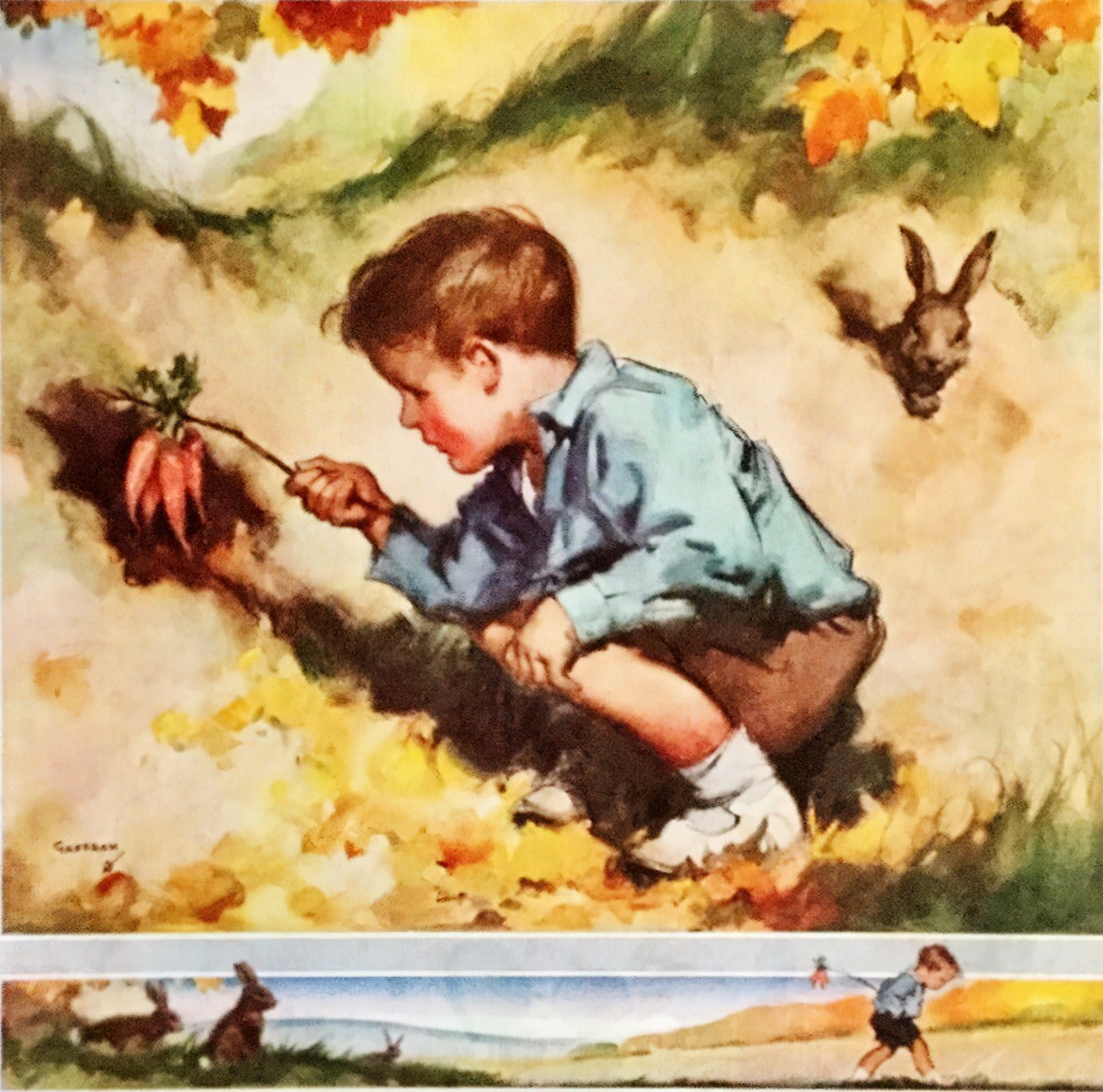
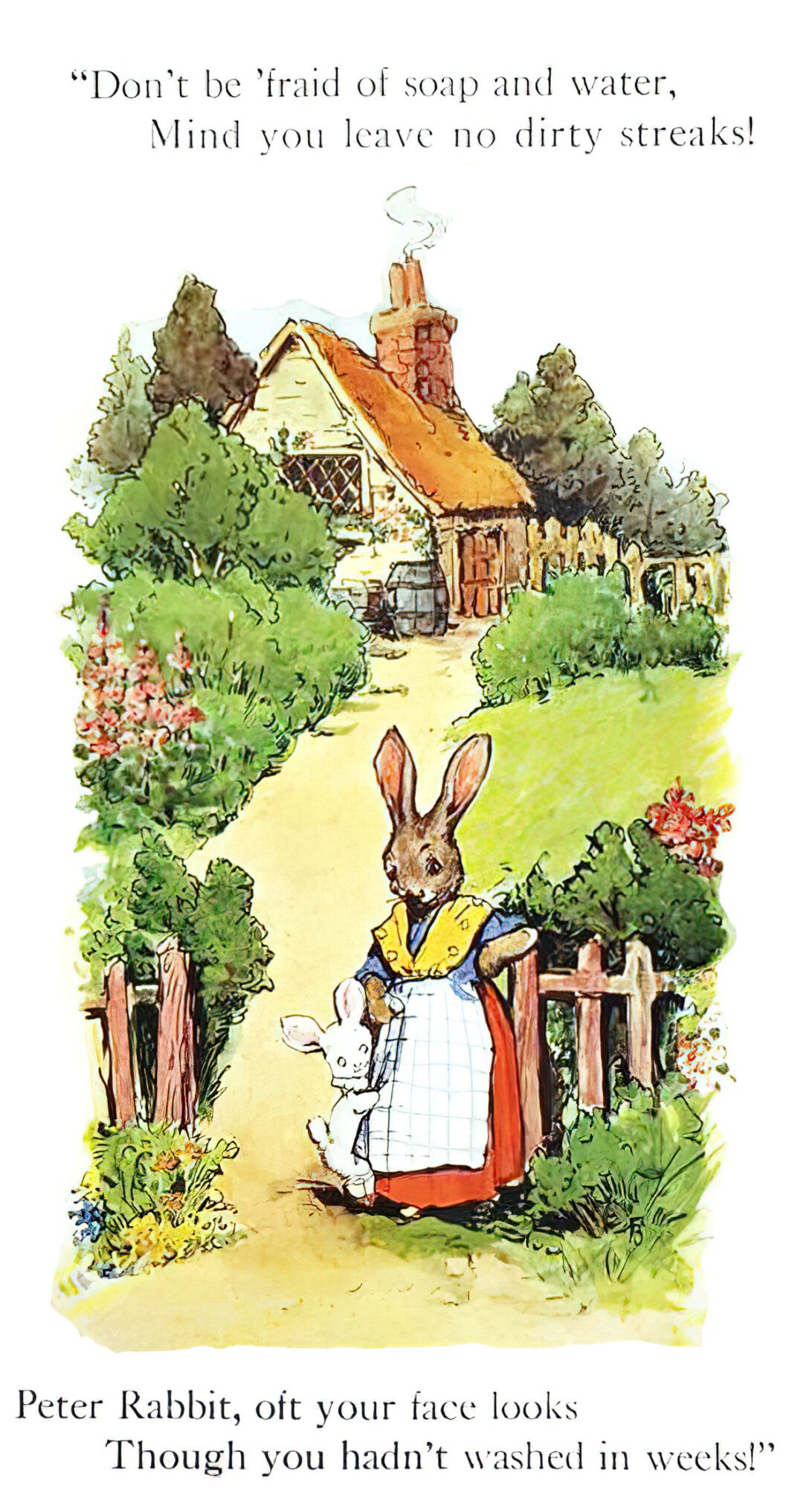
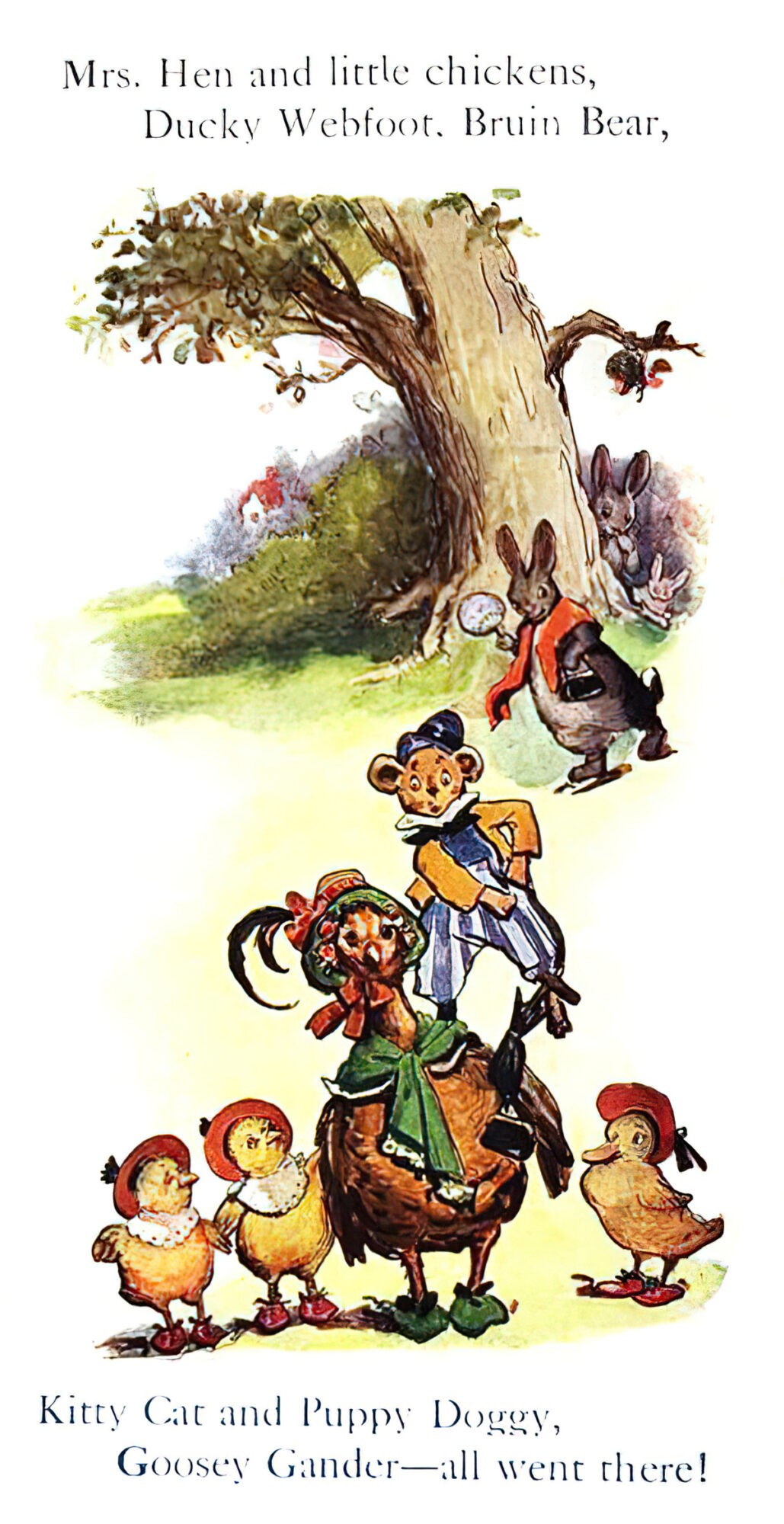
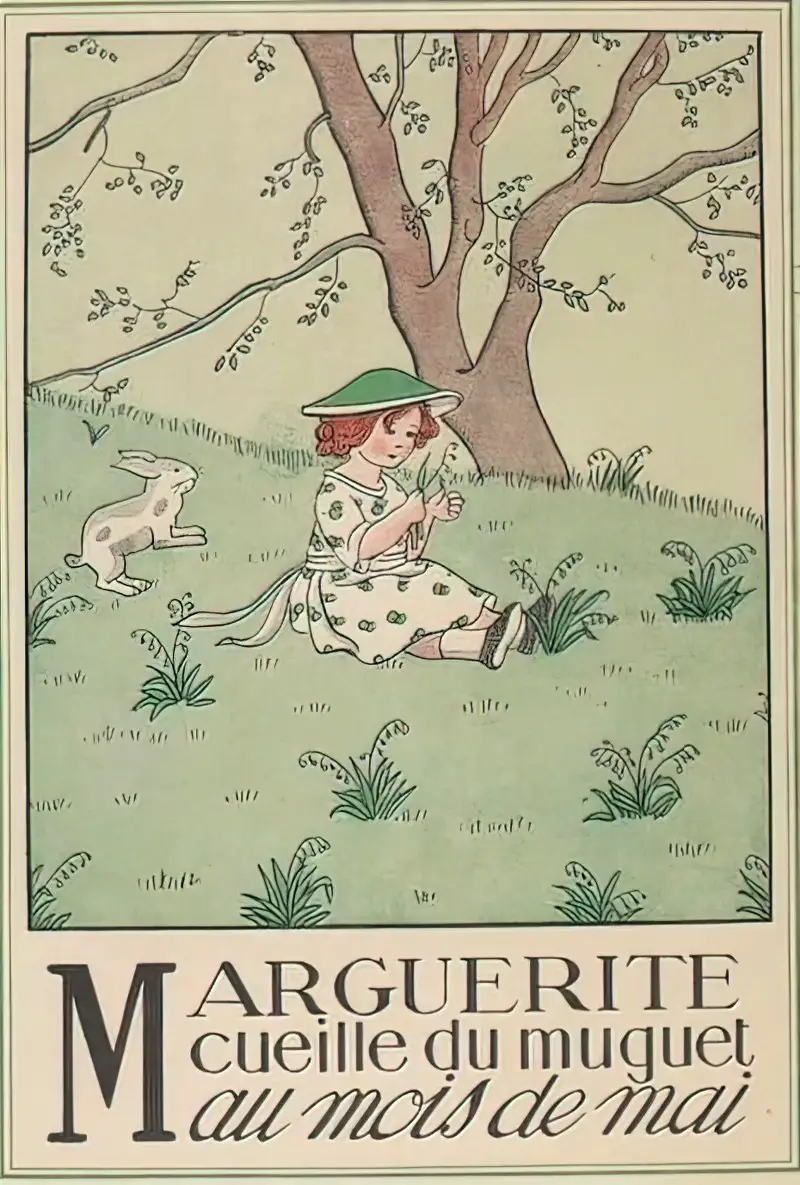
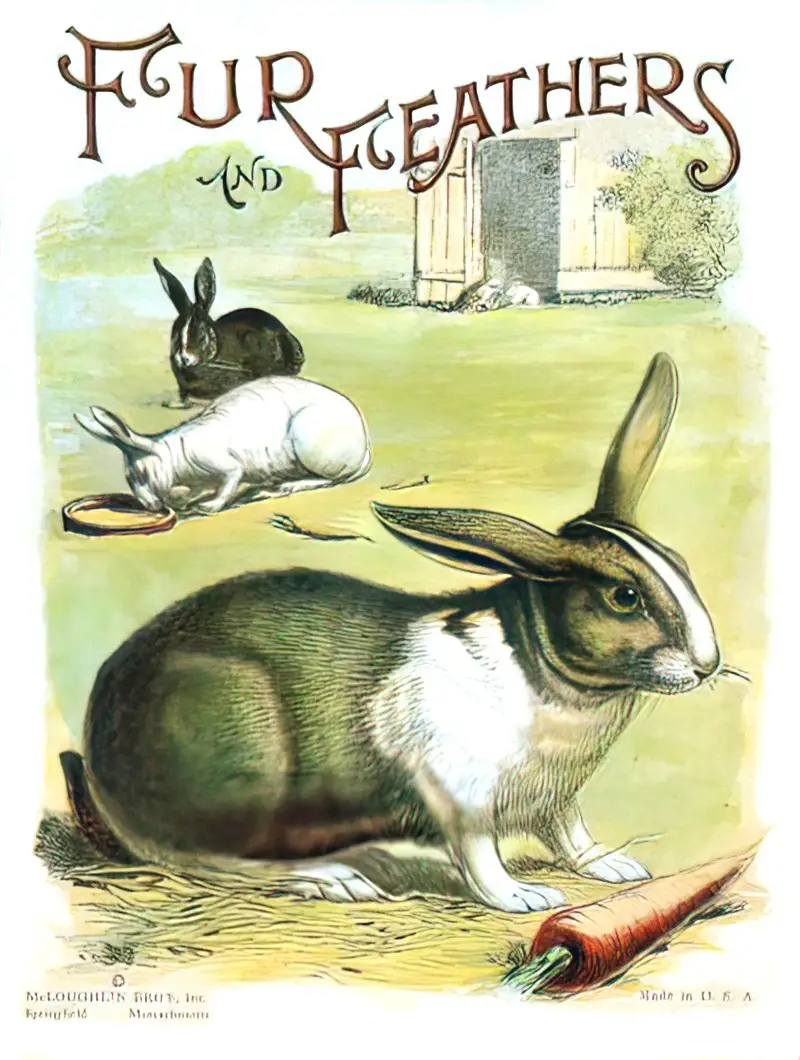
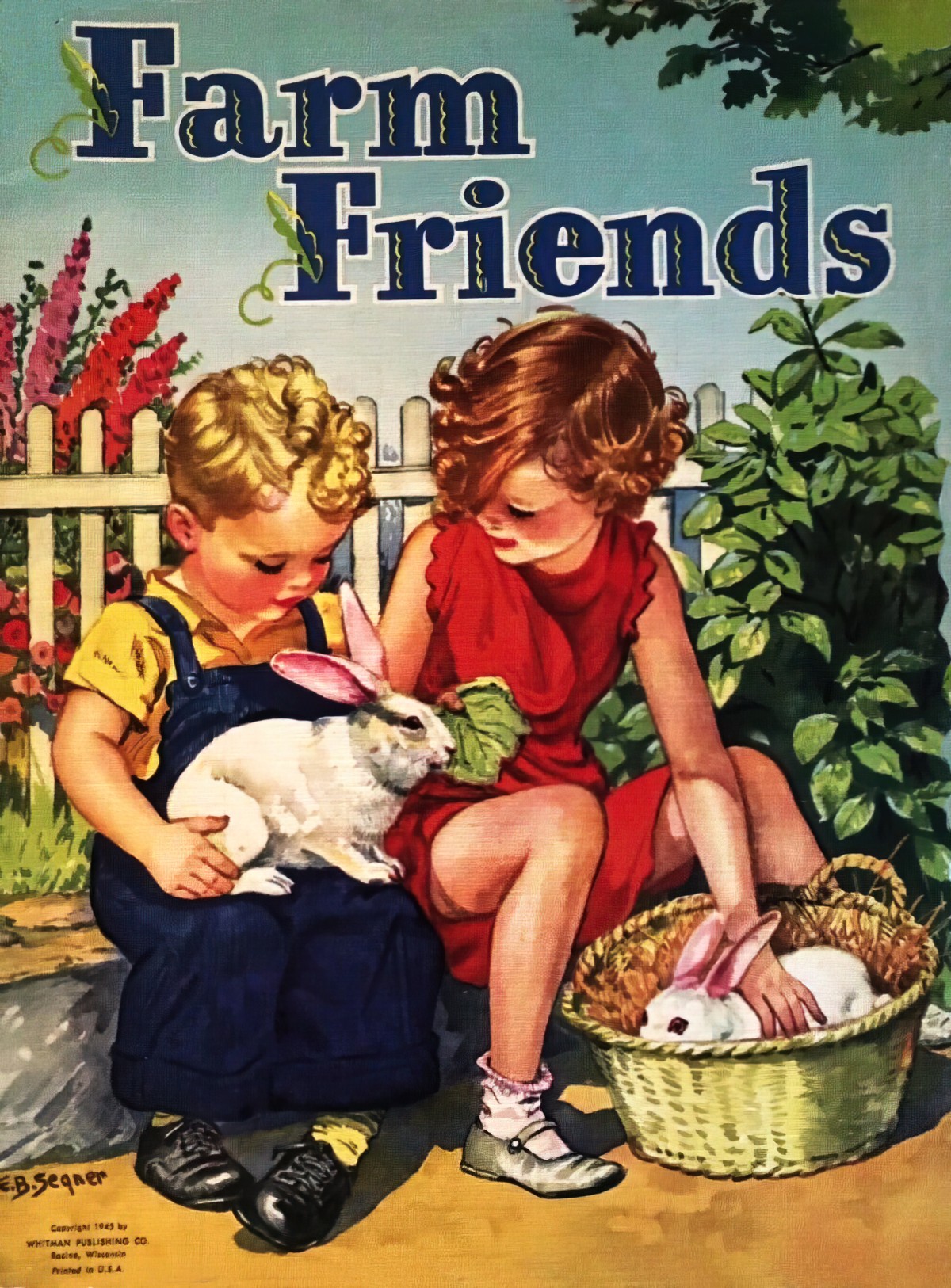
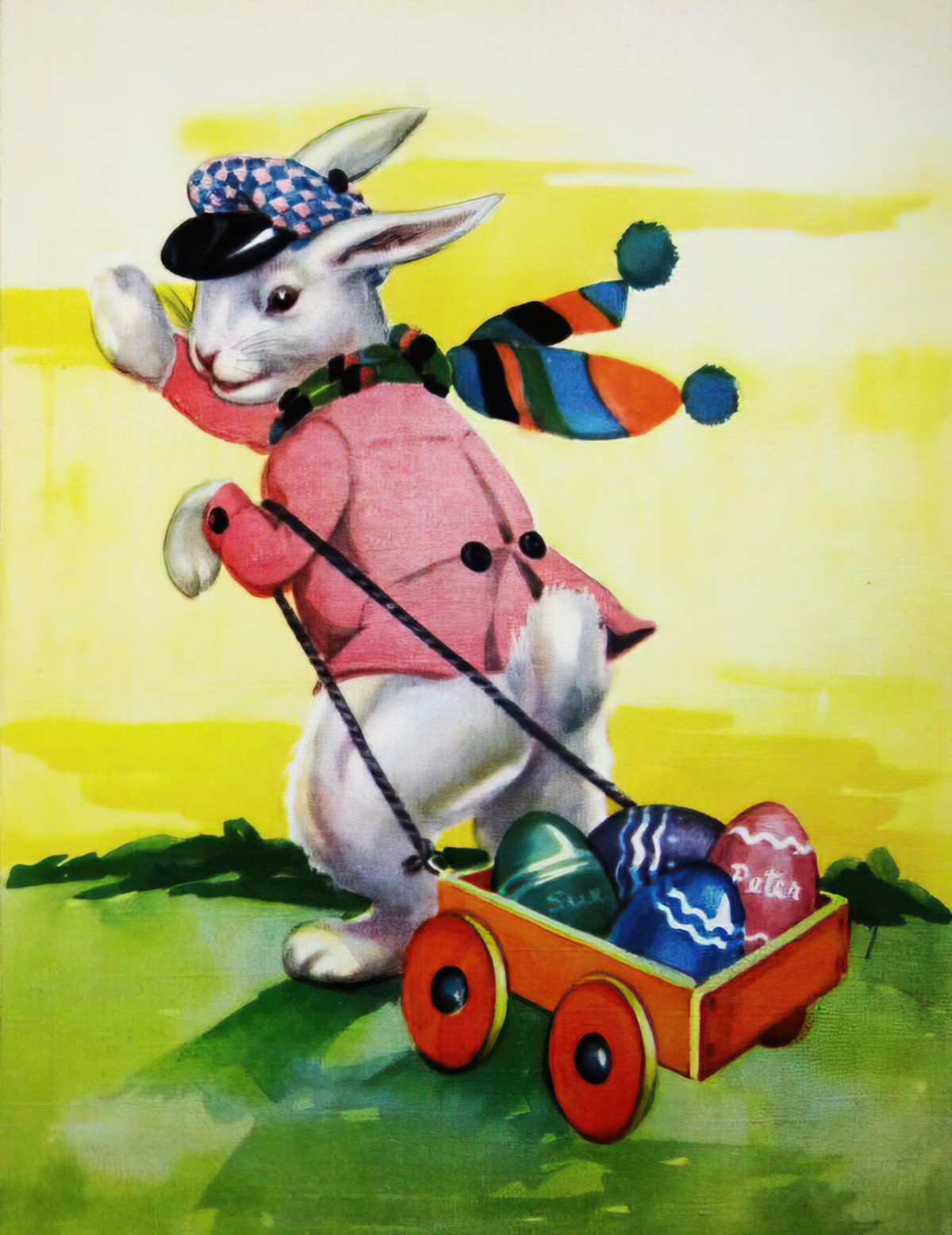
RABBITS VS HARES
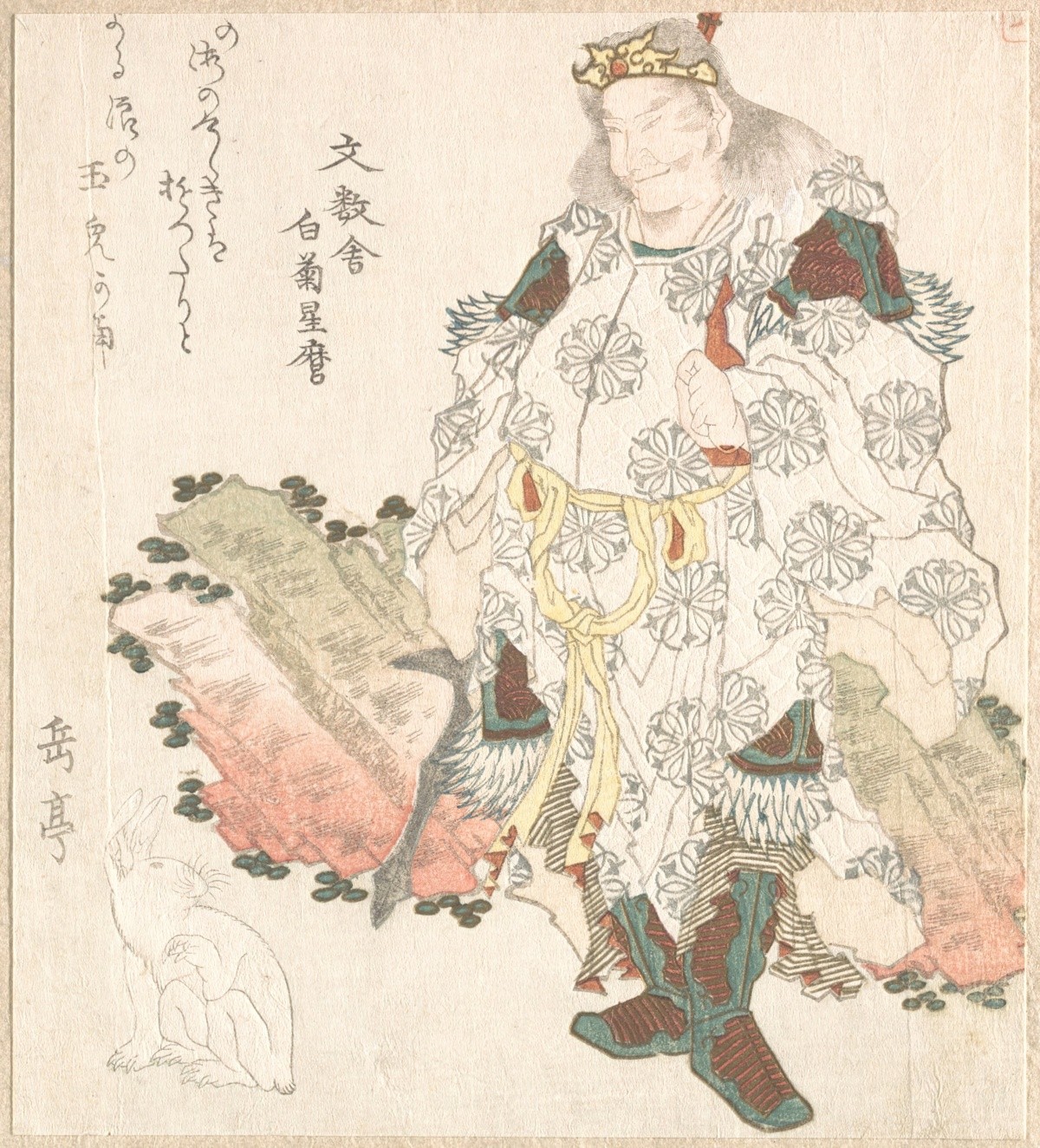
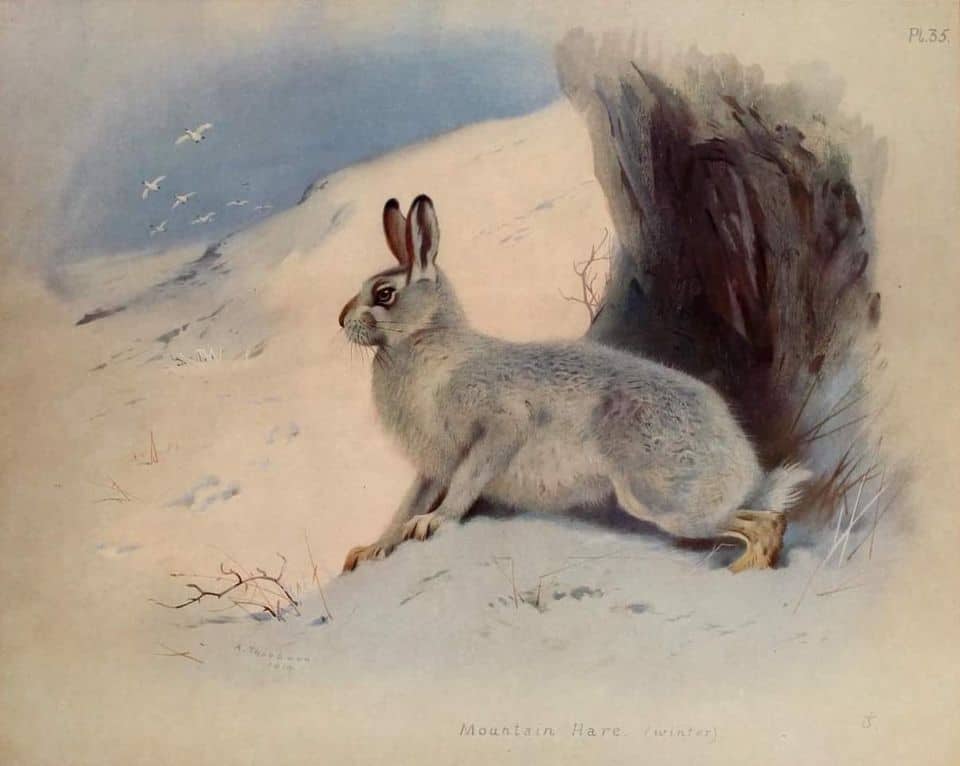
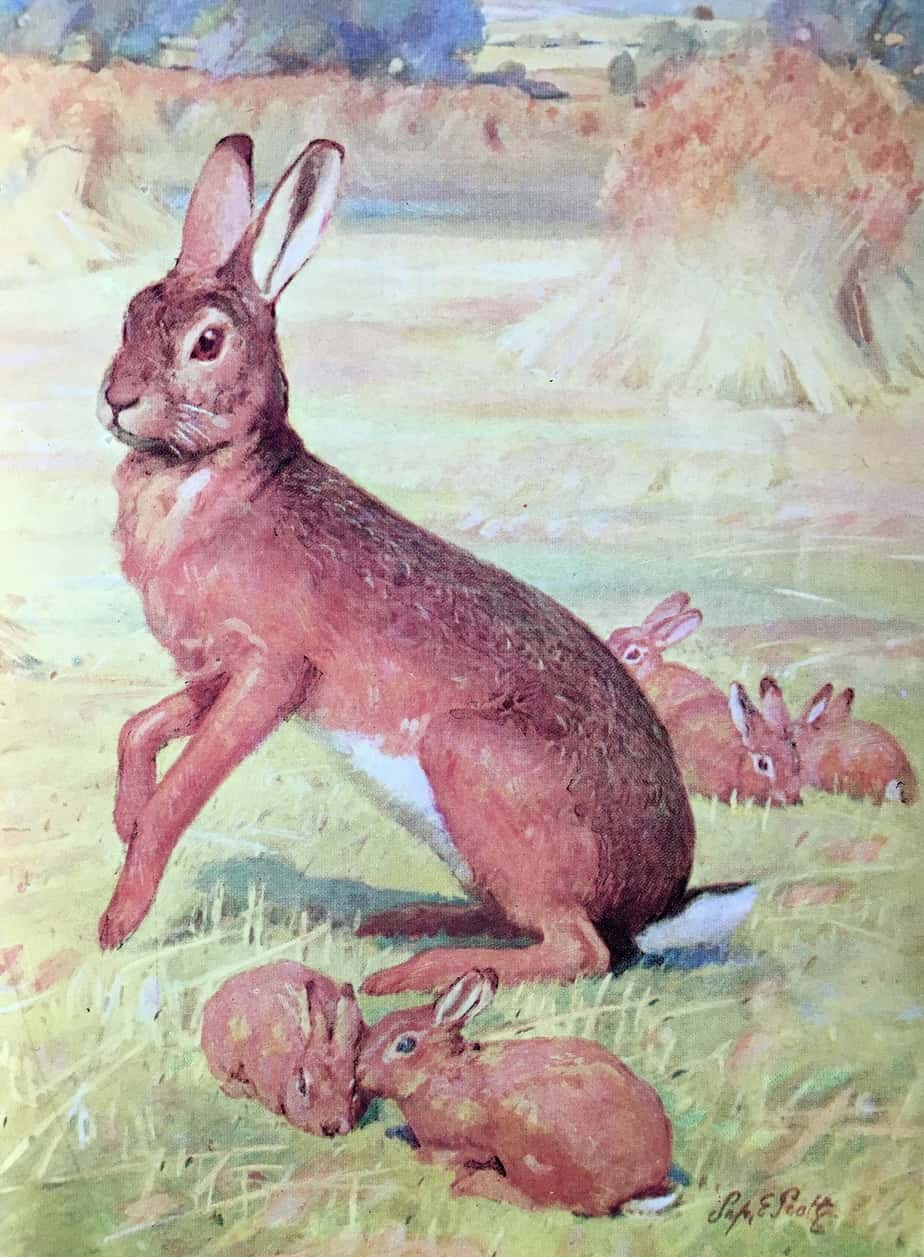
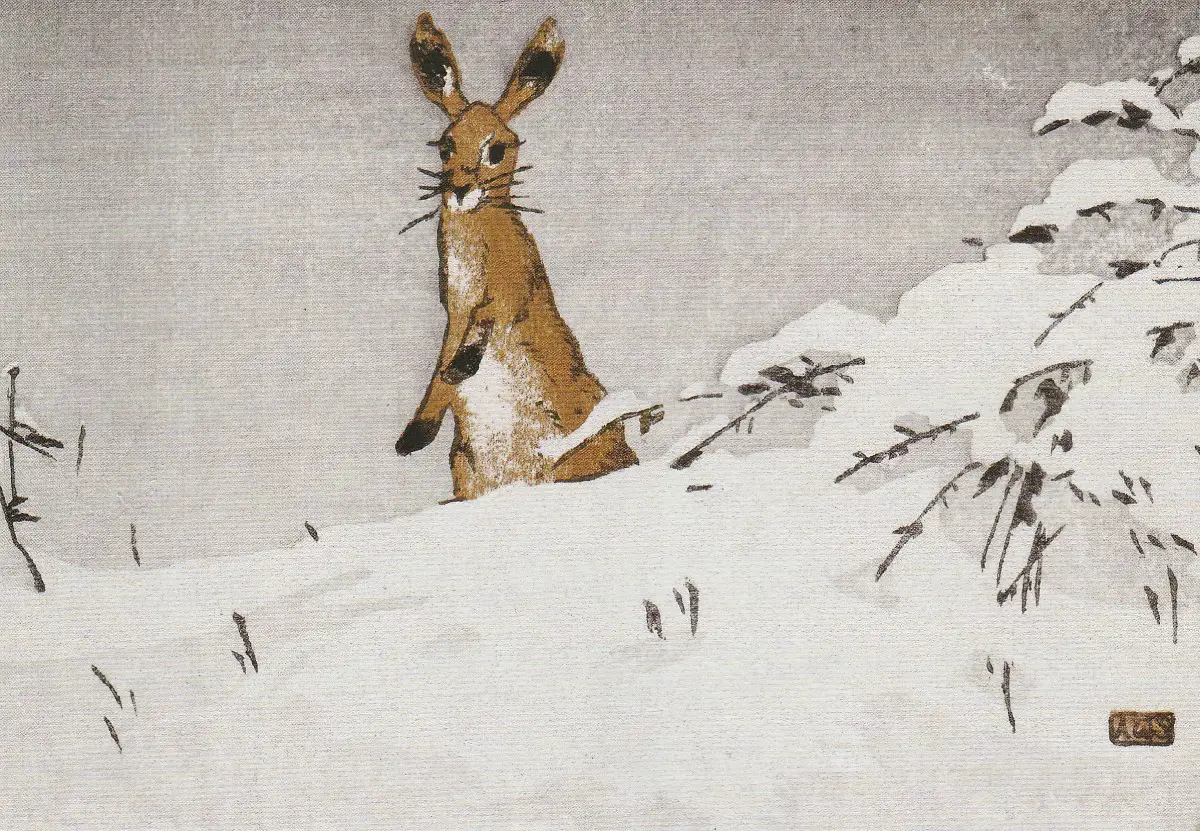
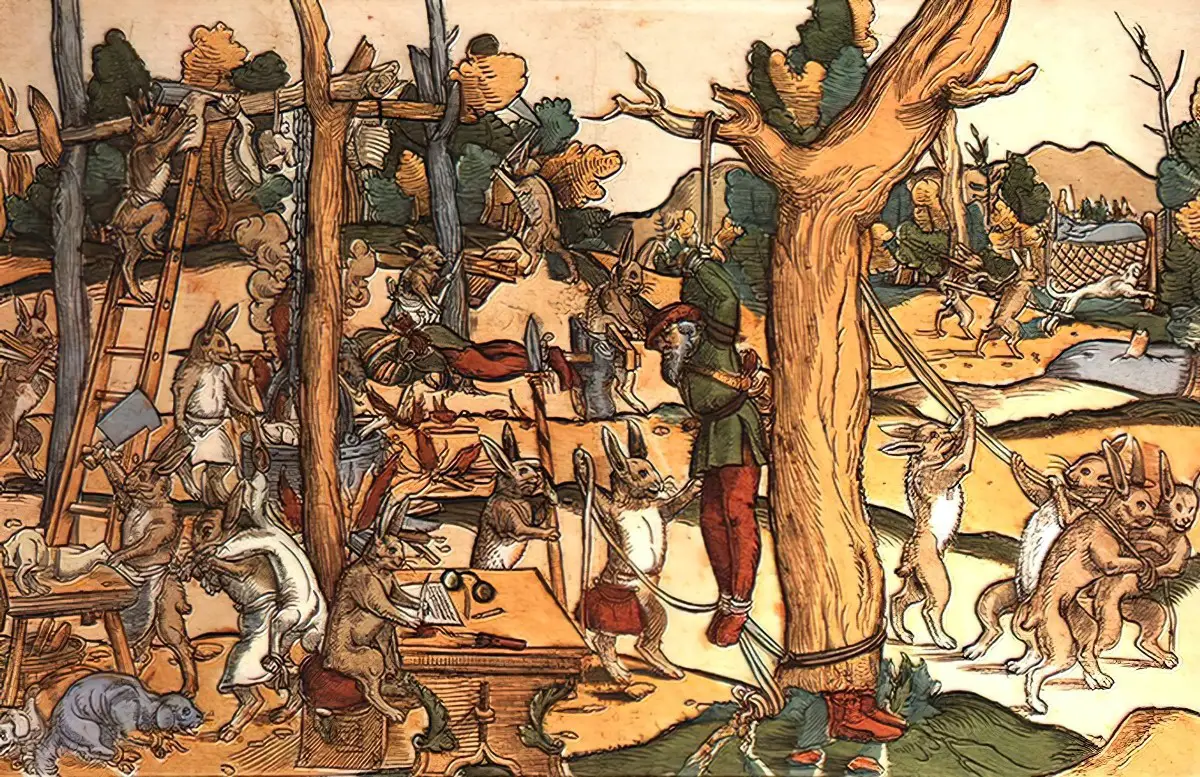
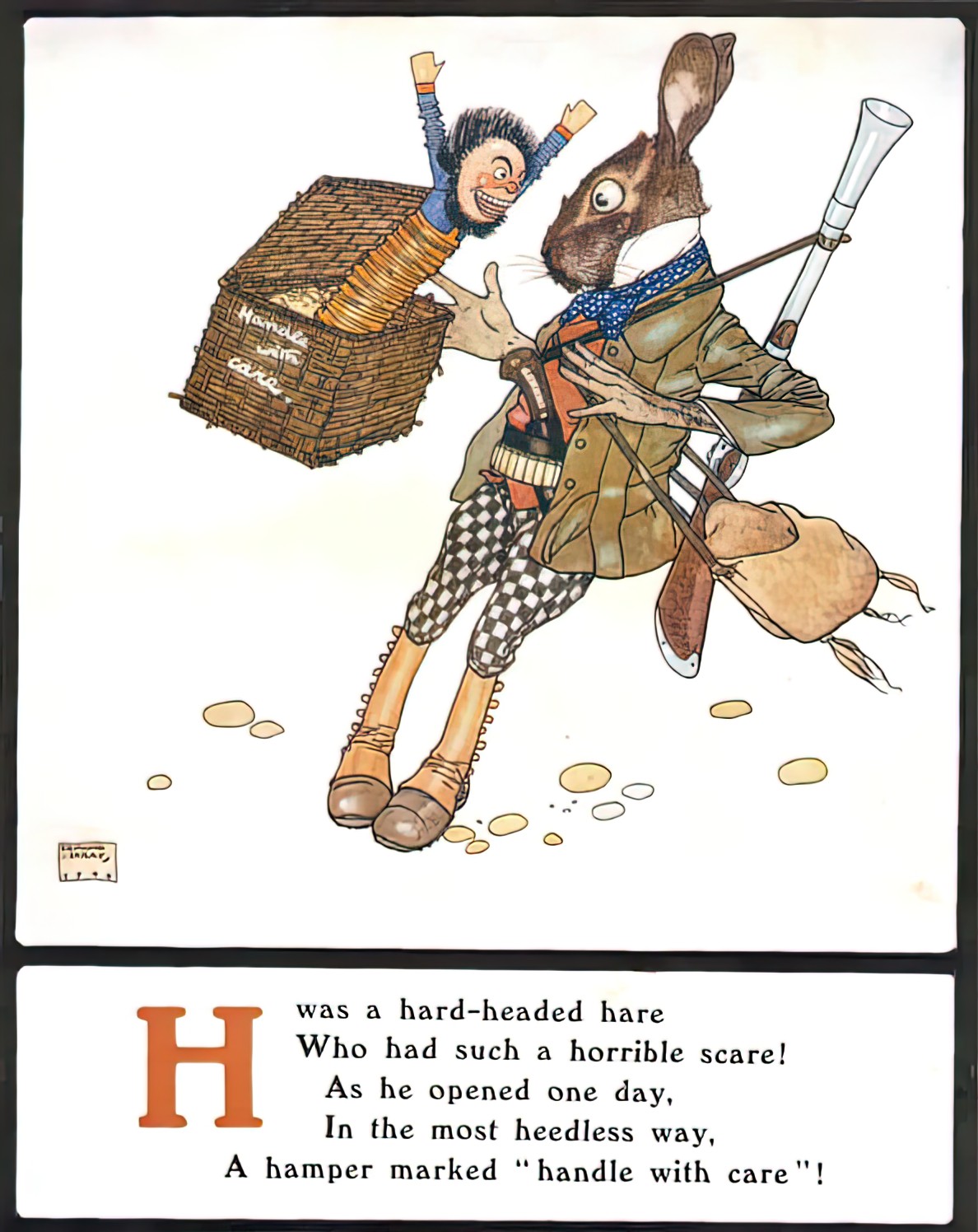
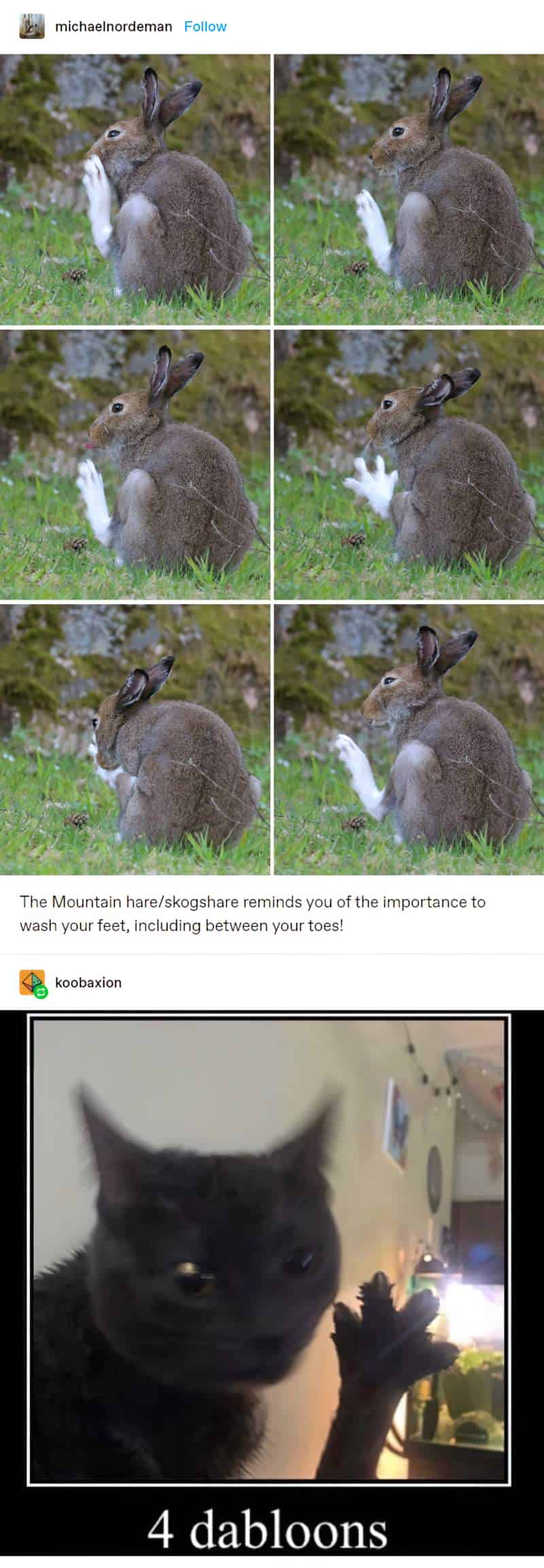
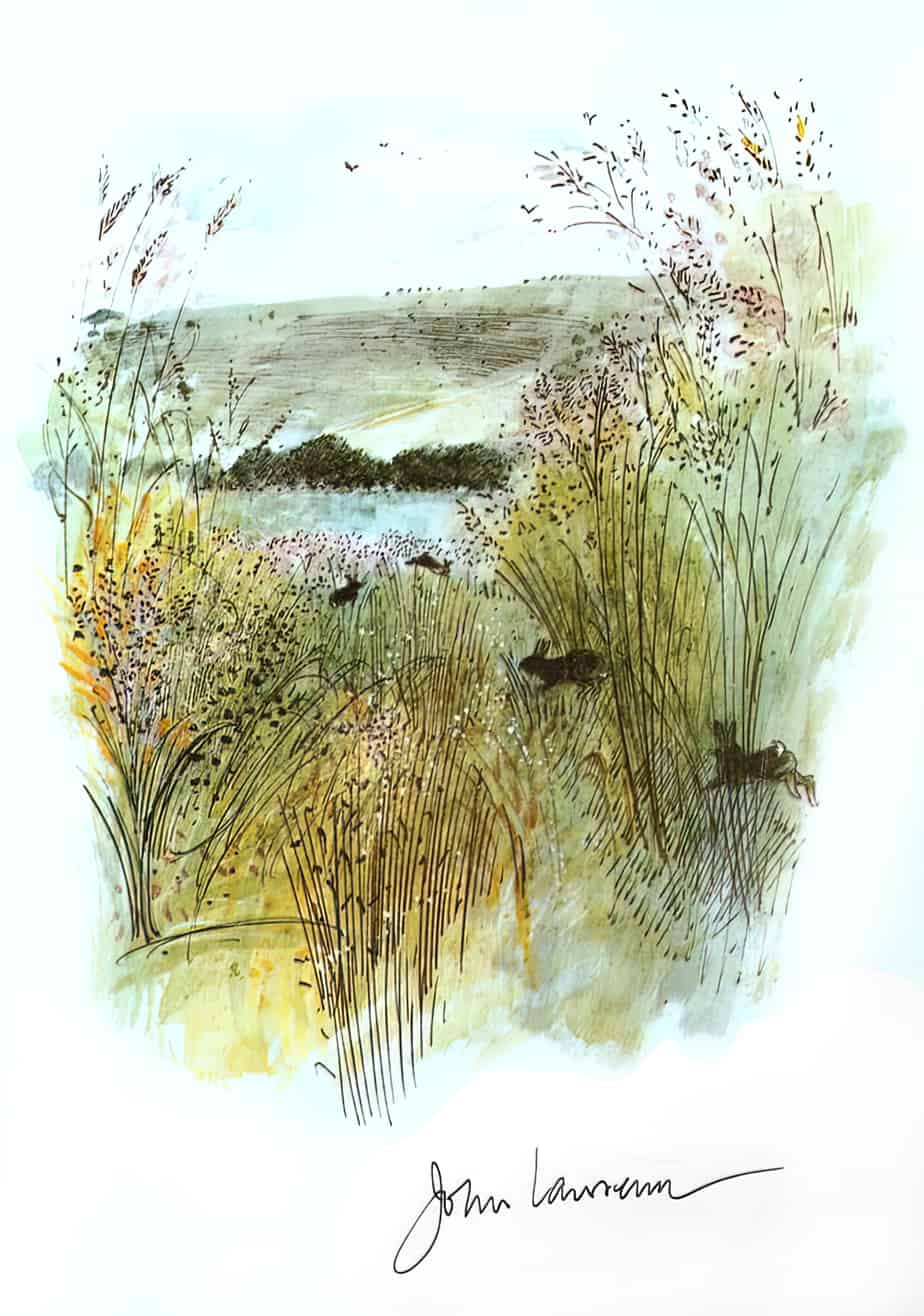
Rabbits and hares look very similar but rabbits are related to rodents and hares are related to dogs. Hares are bigger and their fur changes colour according to the season. Their ears and back legs are also longer. Rabbits live in burrows underground. Hares make nests above ground, like wild dogs.
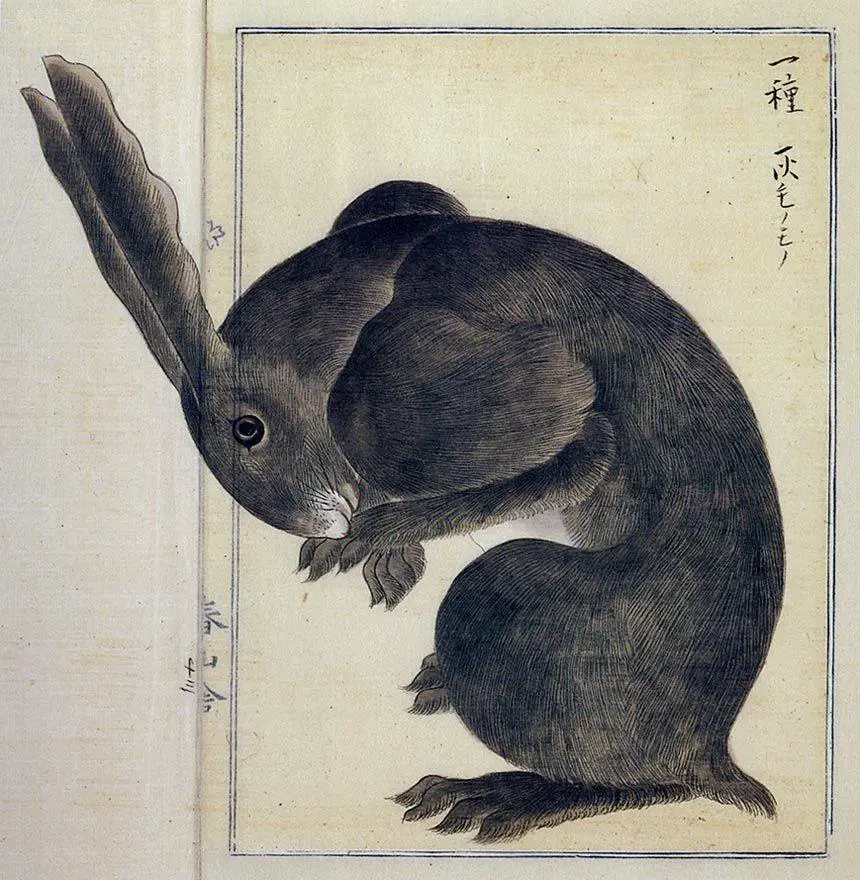
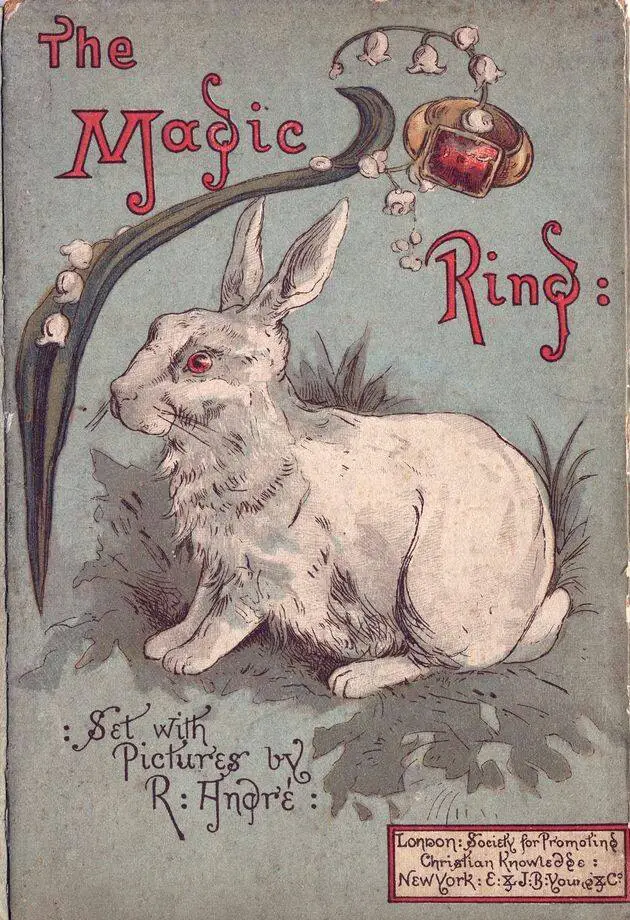
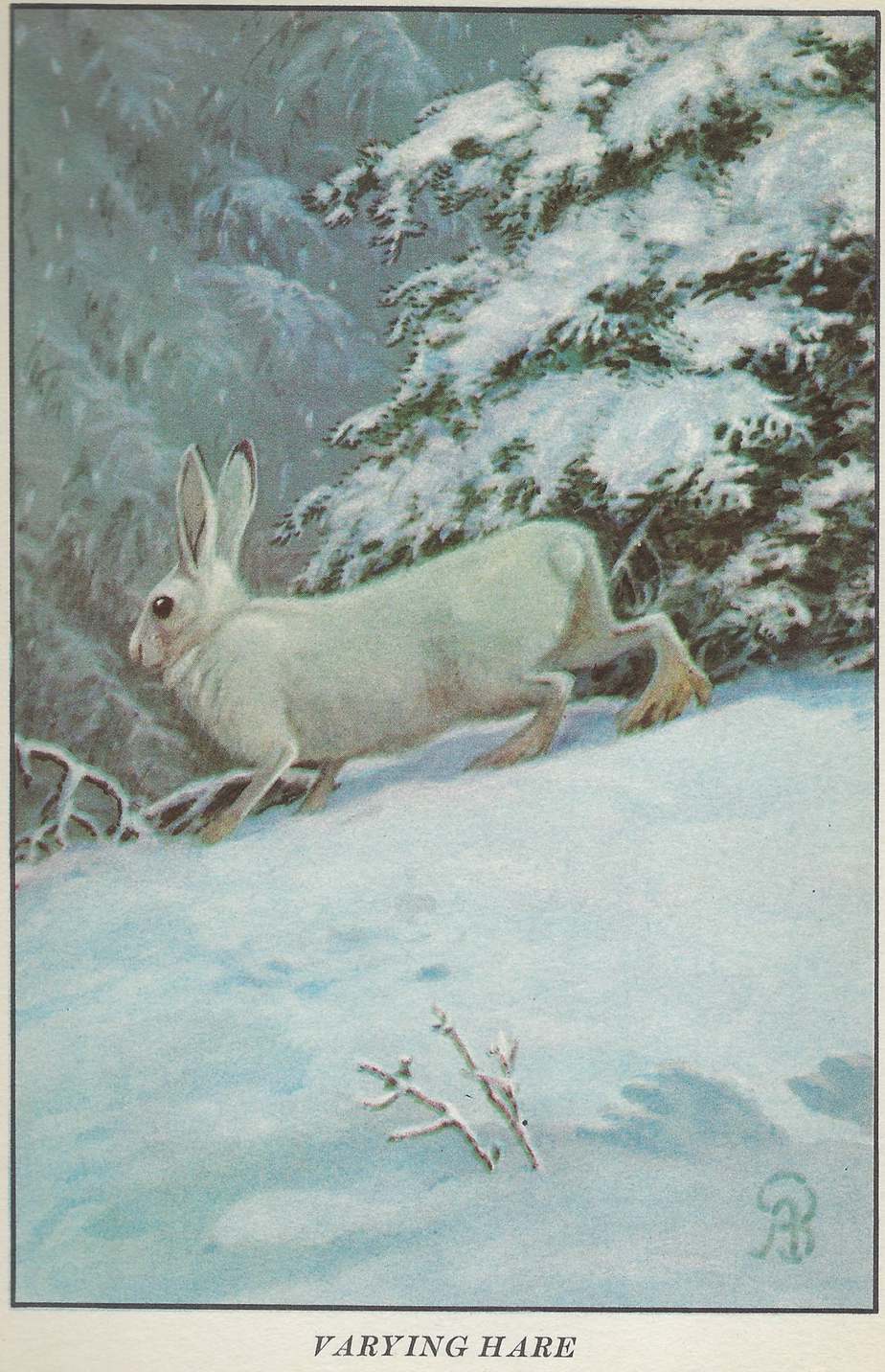
Killer Rabbits in Medieval Manuscripts from Open Culture
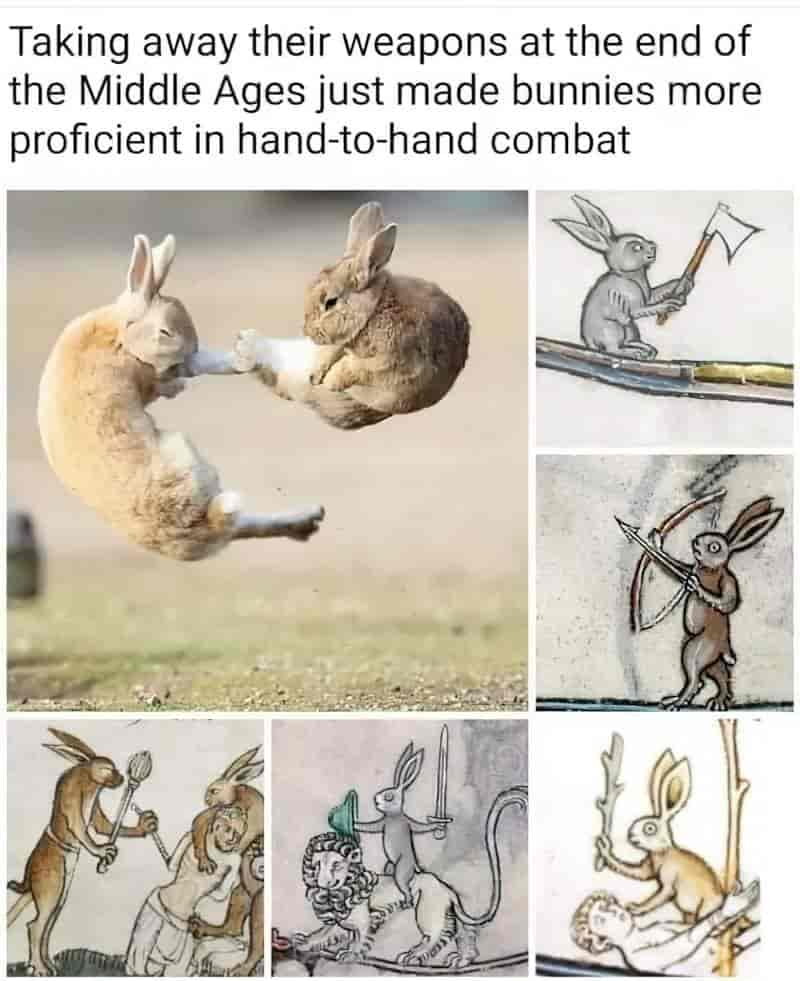
Before I begin, I feel the need to acknowledge that rabbits and hares, despite looking similar, are not at all closely related in evolutionary terms. In fiction, however, it’s useful to consider them more closely, as furry little creatures of nature, with floppy ears, who can also inflict a lot of damage upon a local environment if left to breed in safe conditions.
Battle Bunny by Jon Sciezka and Mac Barnett, Illustrated by Matthew Myers
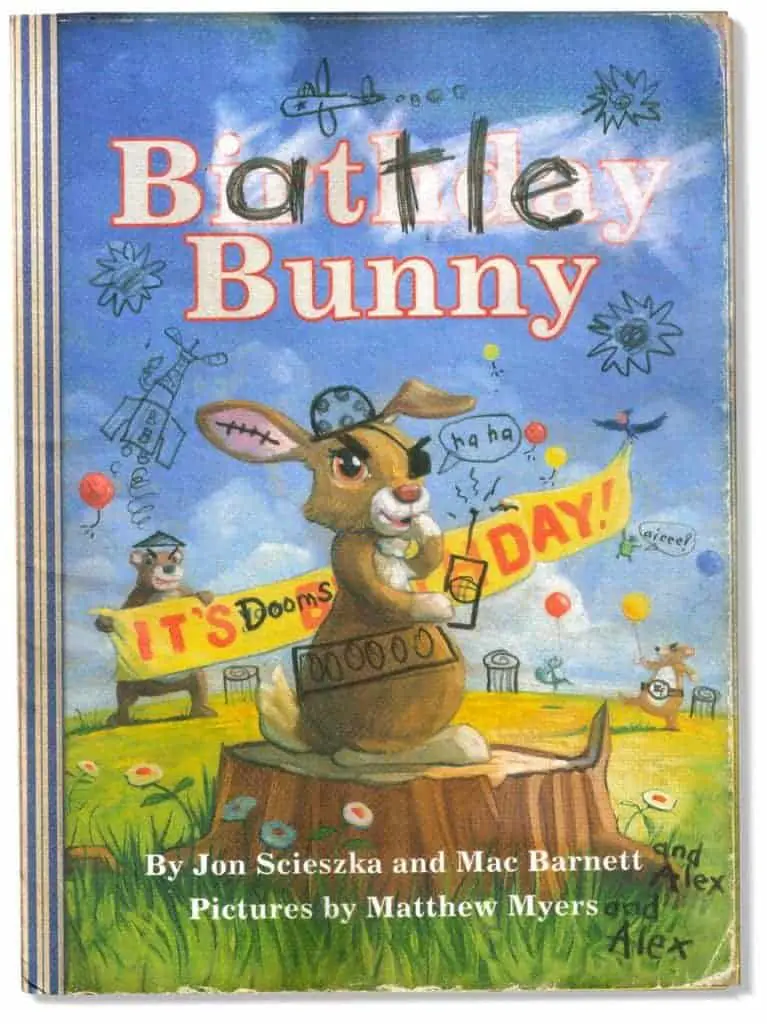
Readers on the cusp of adolescence will have seen enough of picture books and toddler-paraphernalia to know that rabbits (especially when referred to by the cutesy name of ‘bunnies’) are synonymous with innocence and light. This is why rabbits Scieszke and Barnett ‘turned off their brains’ (in their own words) and came up with the inane ‘Birthday Bunny’ before turning it into a story far more attractive to young readers. Apparently they started out by writing the sappiest, least interesting children’s book they could. They chose rabbits as star.
SOME RABBITS FROM FOLKLORE AROUND THE WORLD
AZTEC: Gods known as Centzon Totochtin (‘Four Hundred Rabbits’), led by Ometotchtli (‘Two Rabbit’) represent fertility, parties and drunkenness (much like Bacchus).
EAST ASIA: From East Asia, the moon at night looks a bit like a rabbit is standing on tippy toes pounding on a mortar.
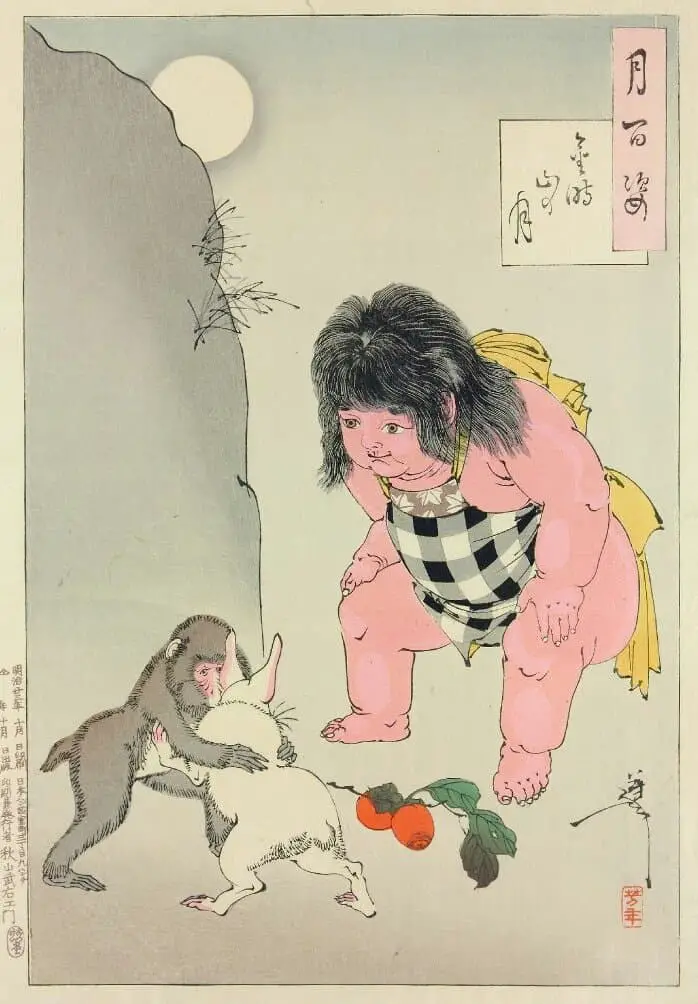
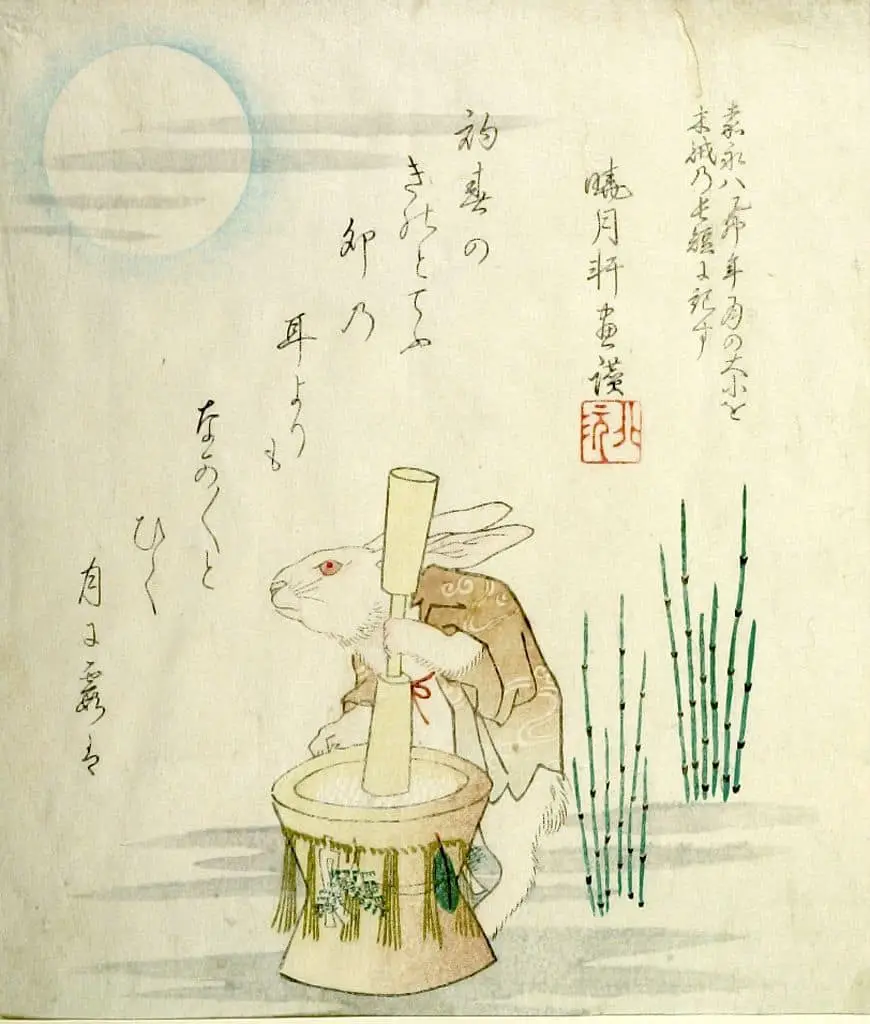
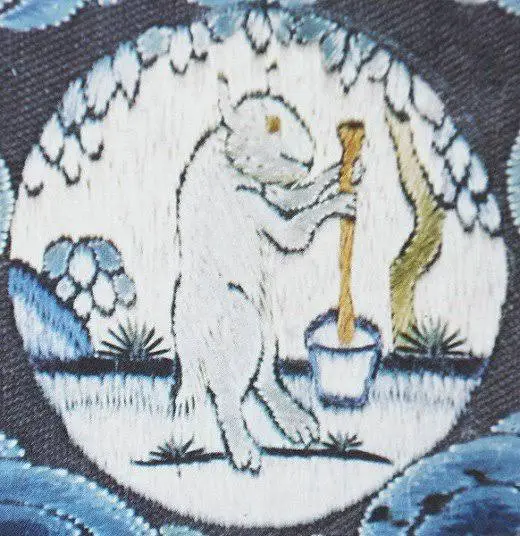
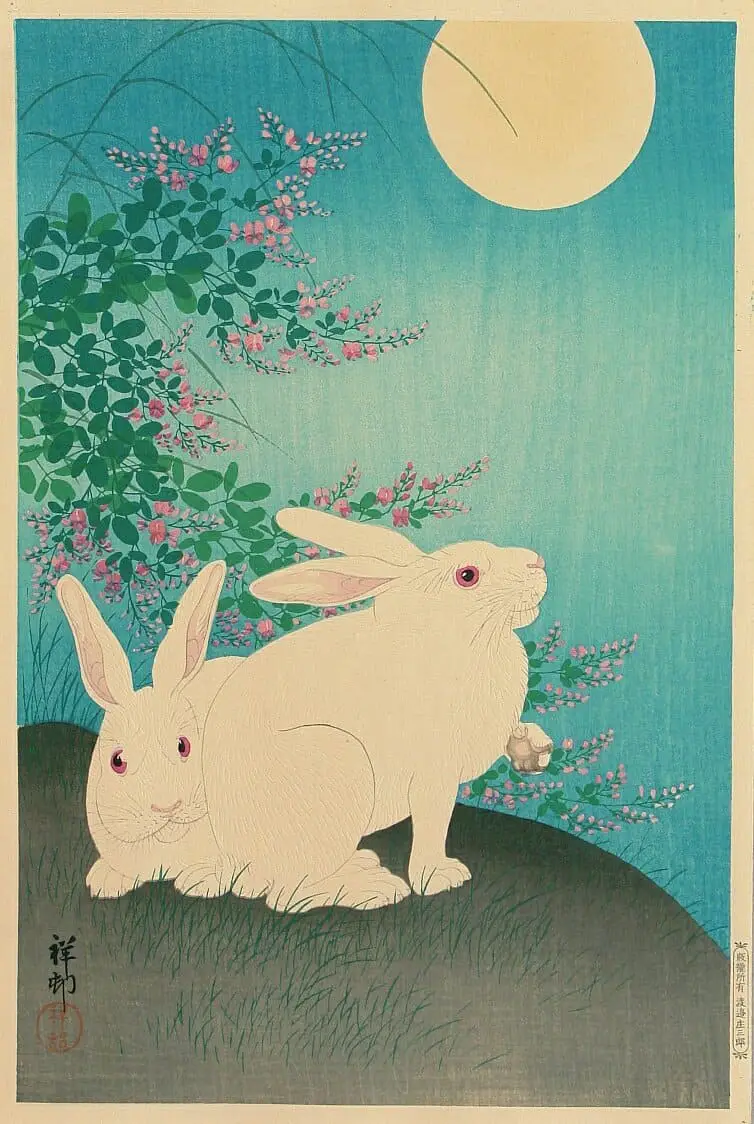
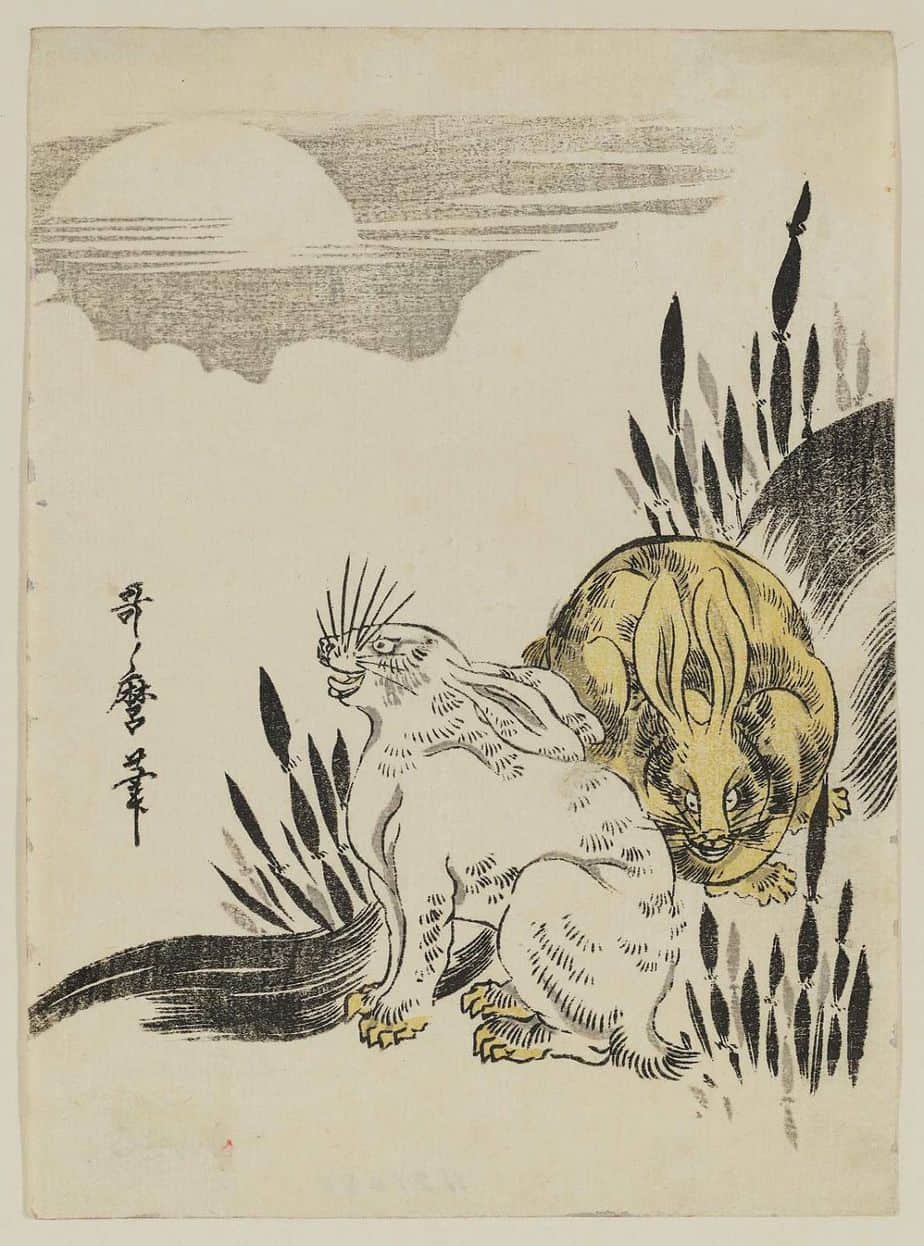
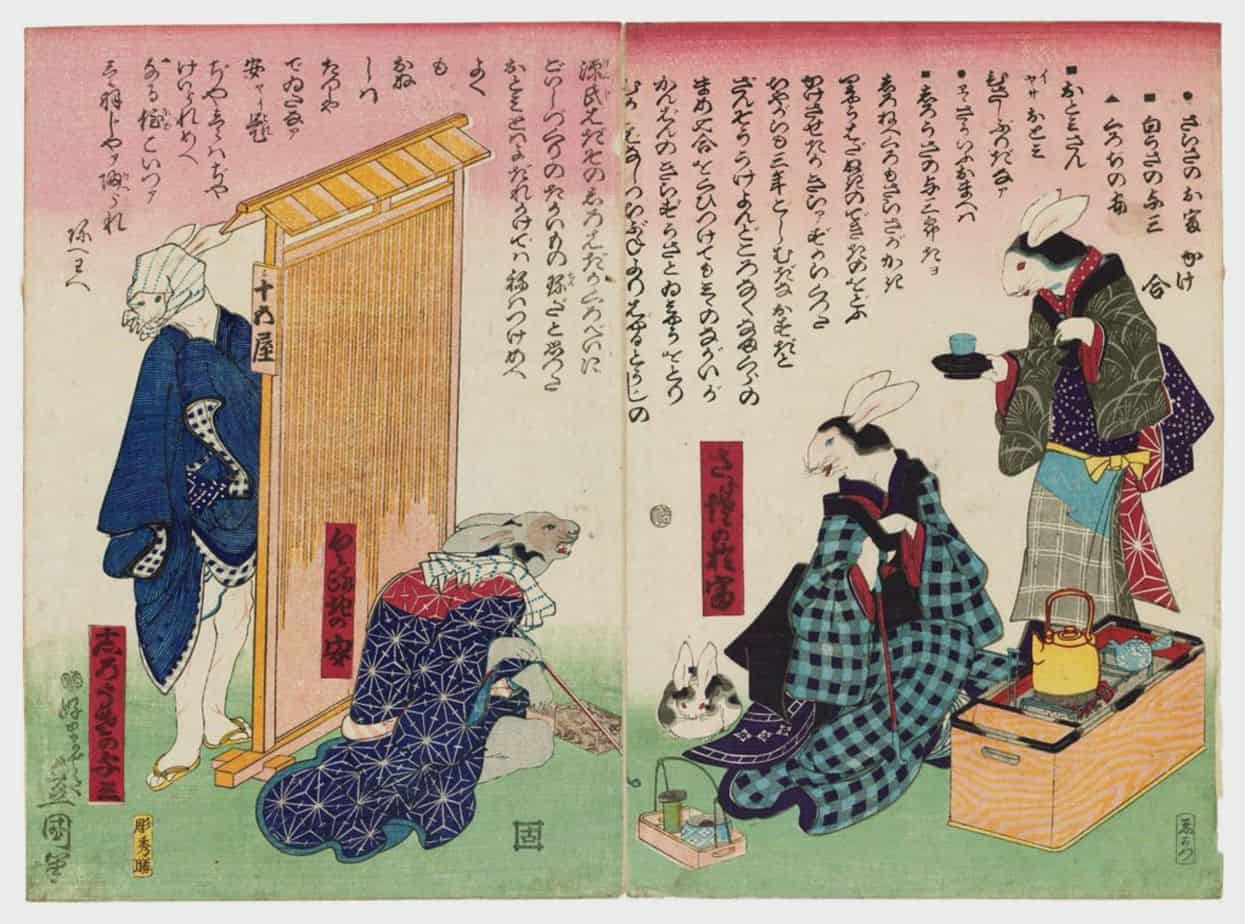
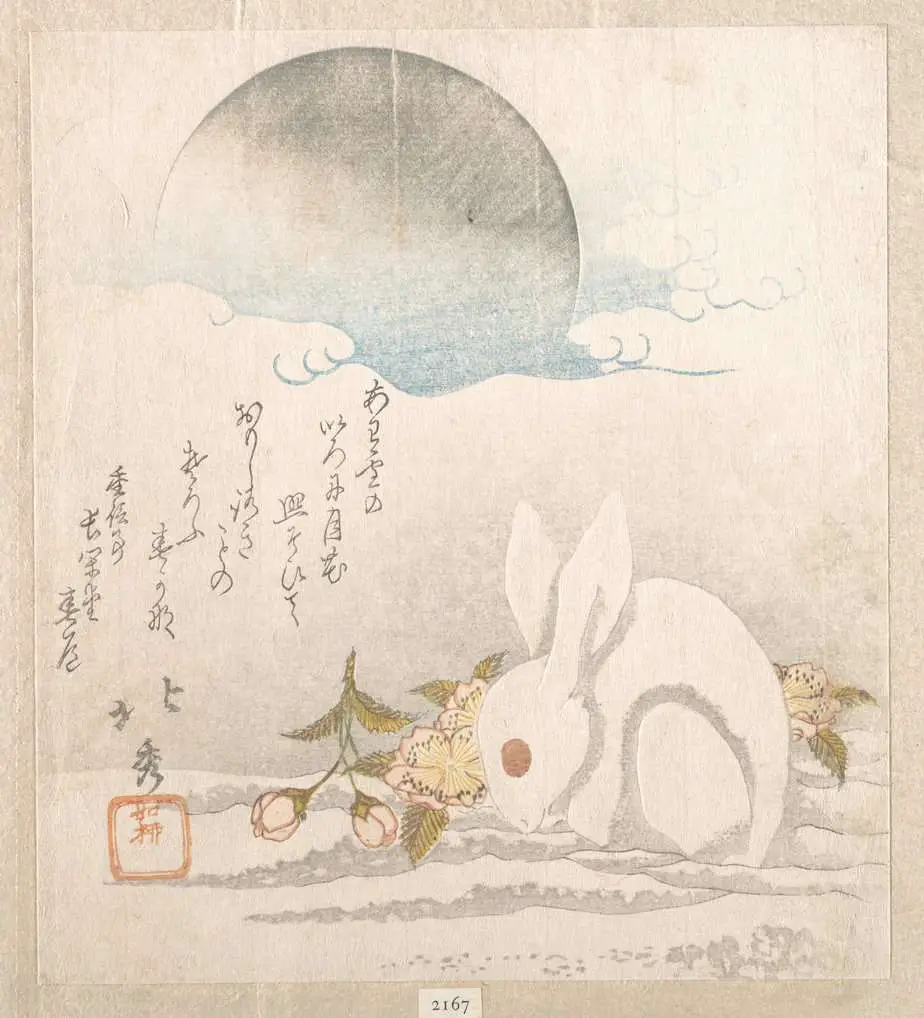
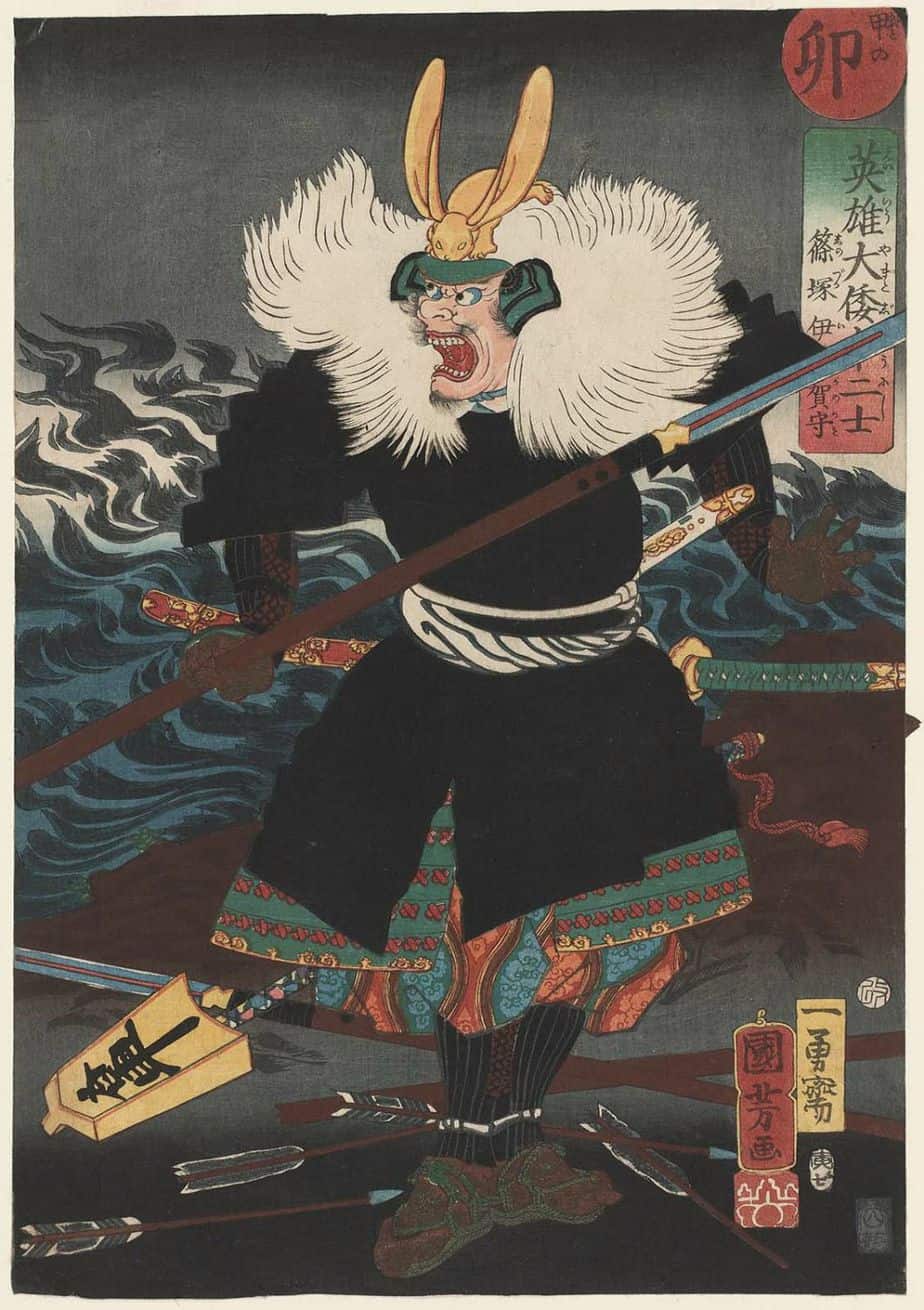
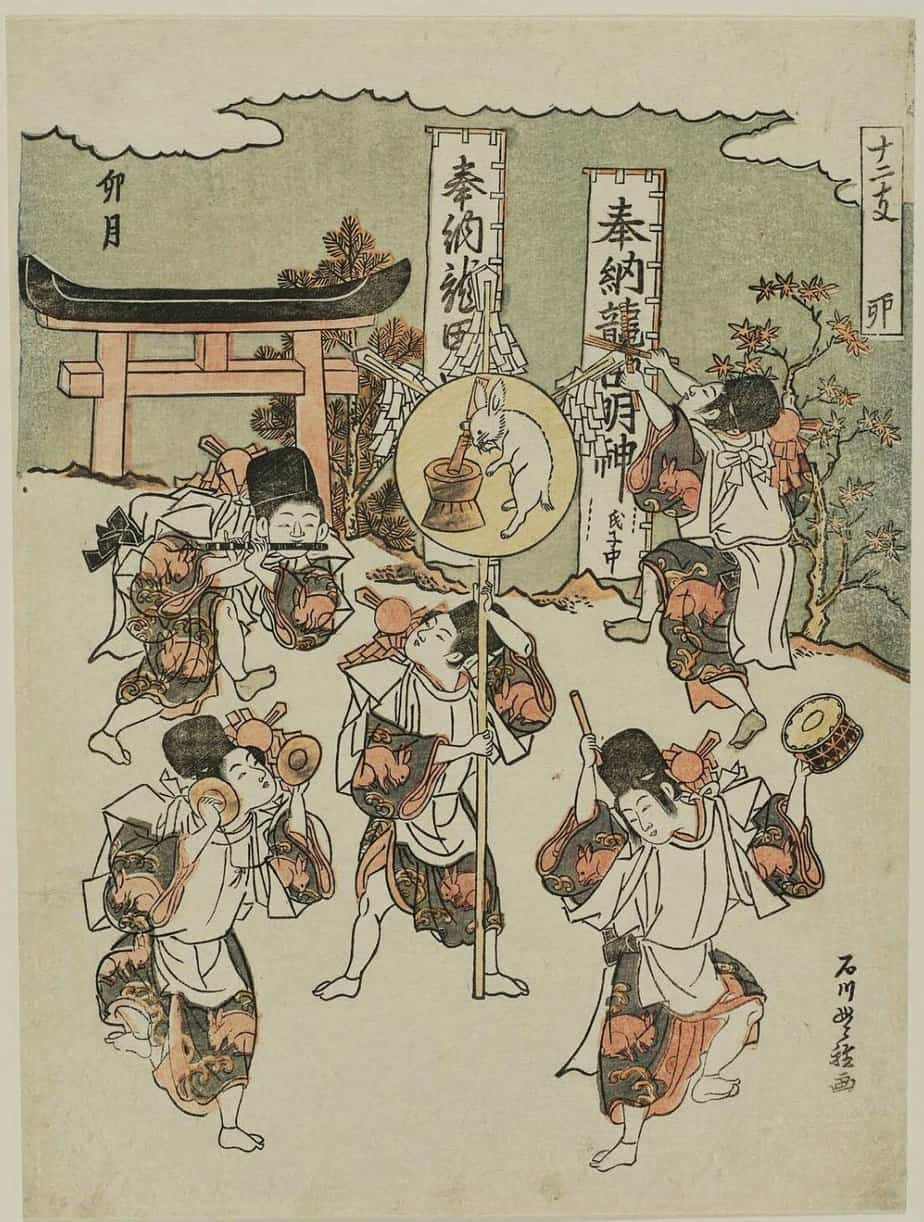
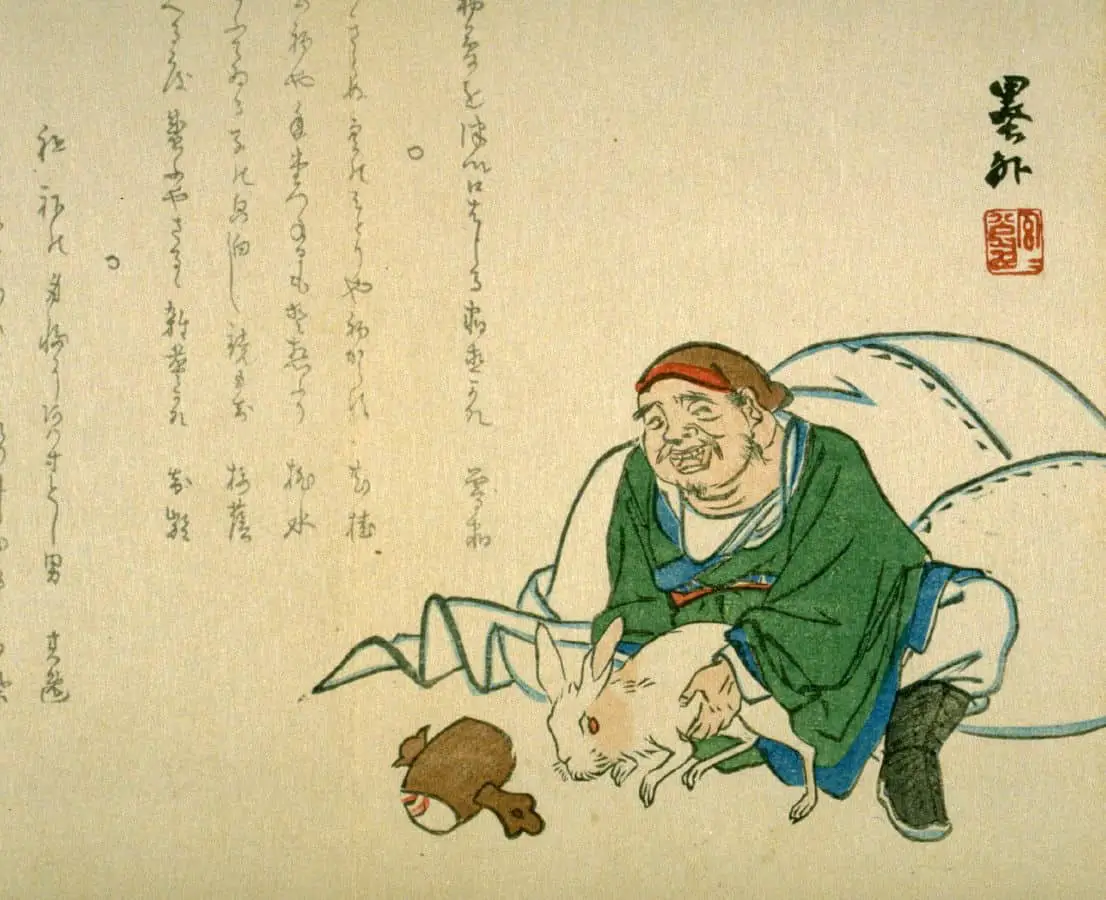
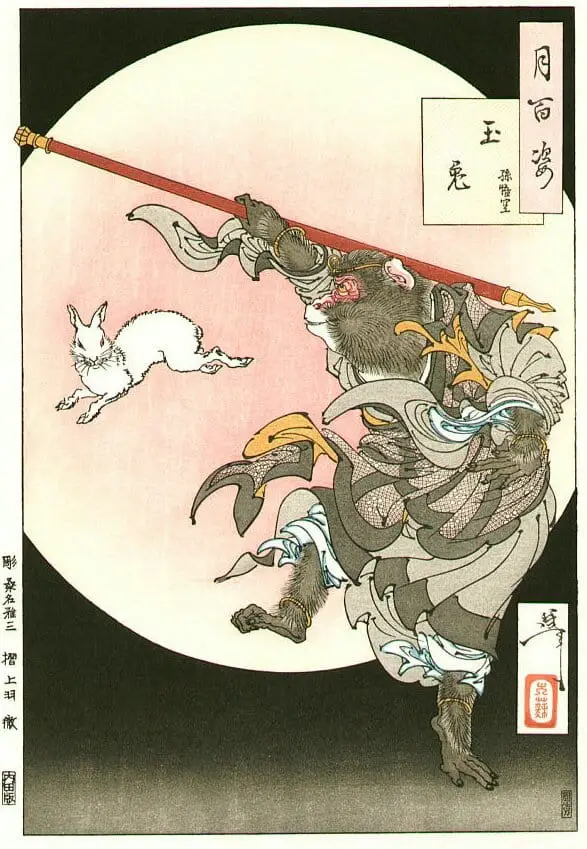
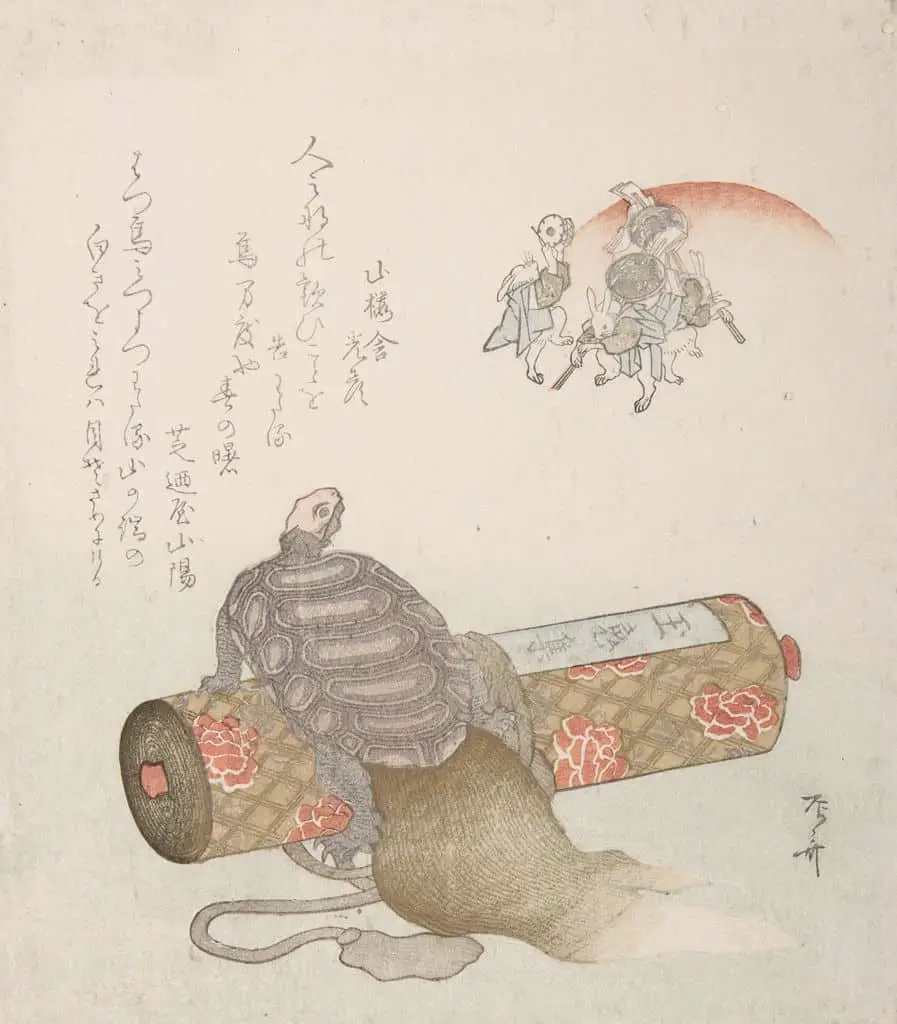
IRELAND: Oisin wounded a hare. He chased it into undergrowth where he found a door leading to an underground hall. Seated on a throne was a woman with an injured leg…
JUDAISM: rabbits (shfanim) are associated with cowardice. (In English we tend to use the word ‘chicken’.)
OJIBWE: (Native American) Nanabozho, is an important god associated with the creation of the world. Nanabozho sometimes appears in the shape of a rabbit. In his trickster rabbit form he is called Mishaabooz (‘Great Rabbit’ or ‘Hare’).
ZAMBIA: “Kalulu” the rabbit, in known in rabbit stories, similar to the trickster Brer Rabbit
BRER RABBIT
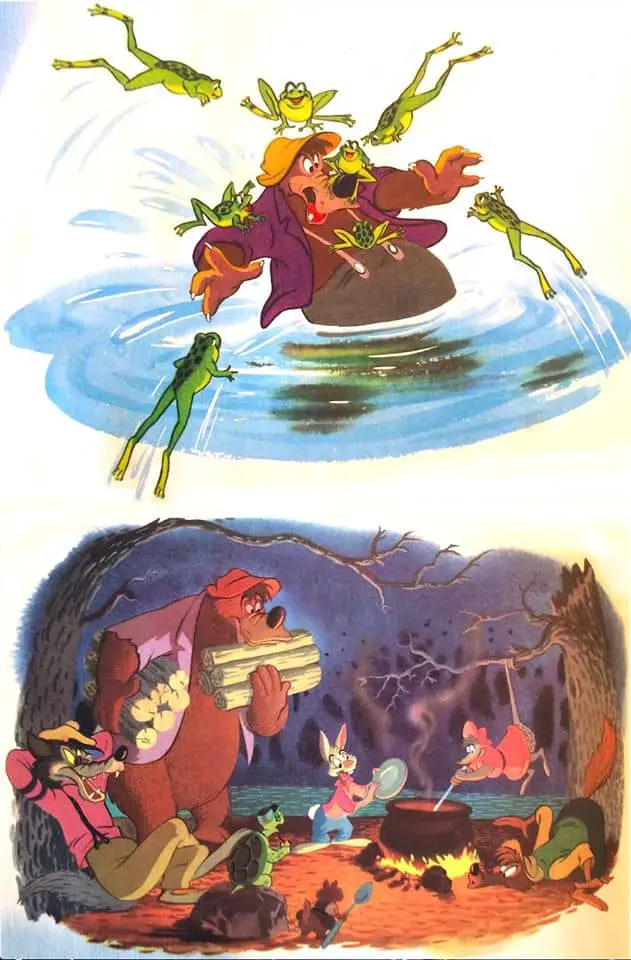
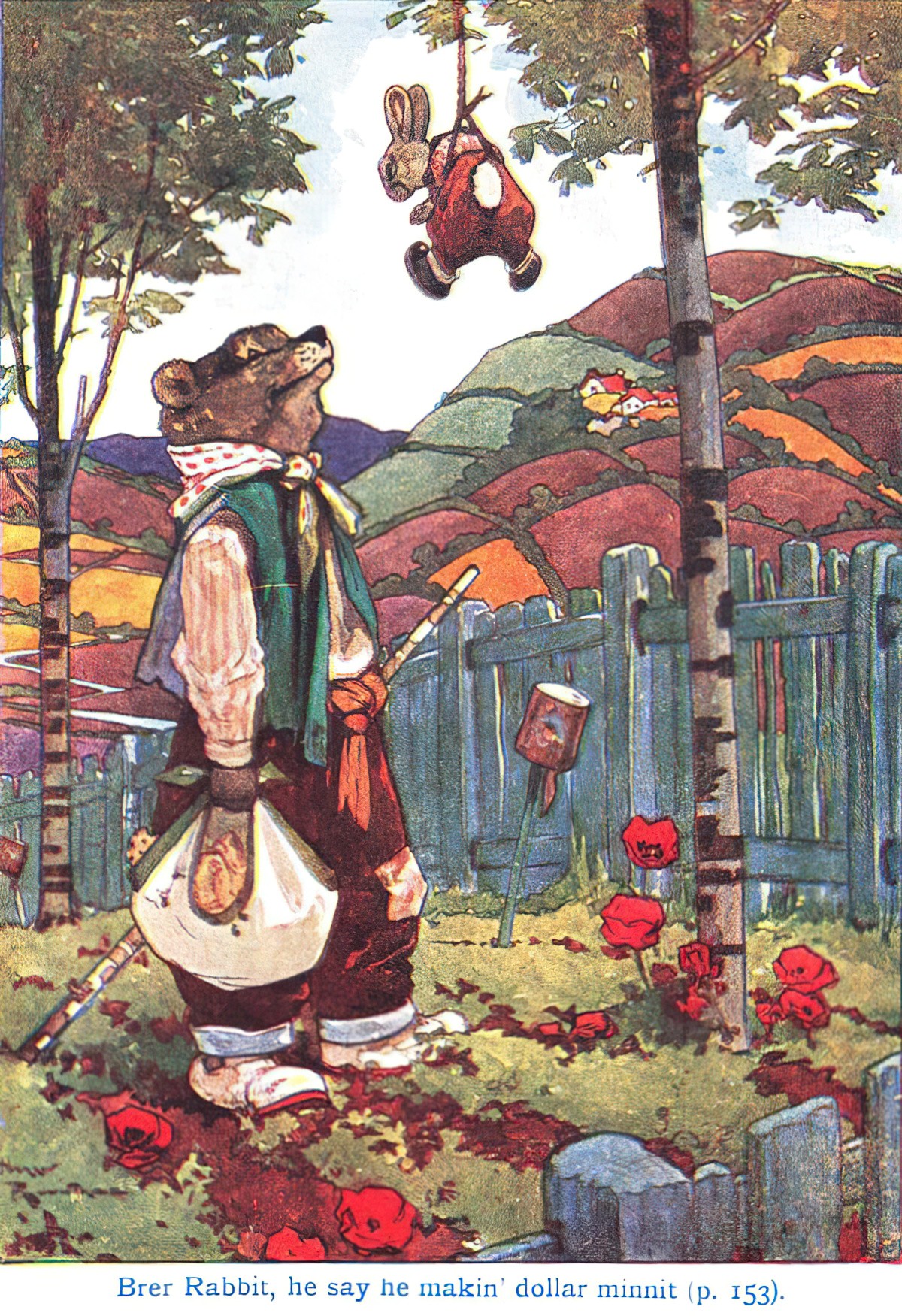
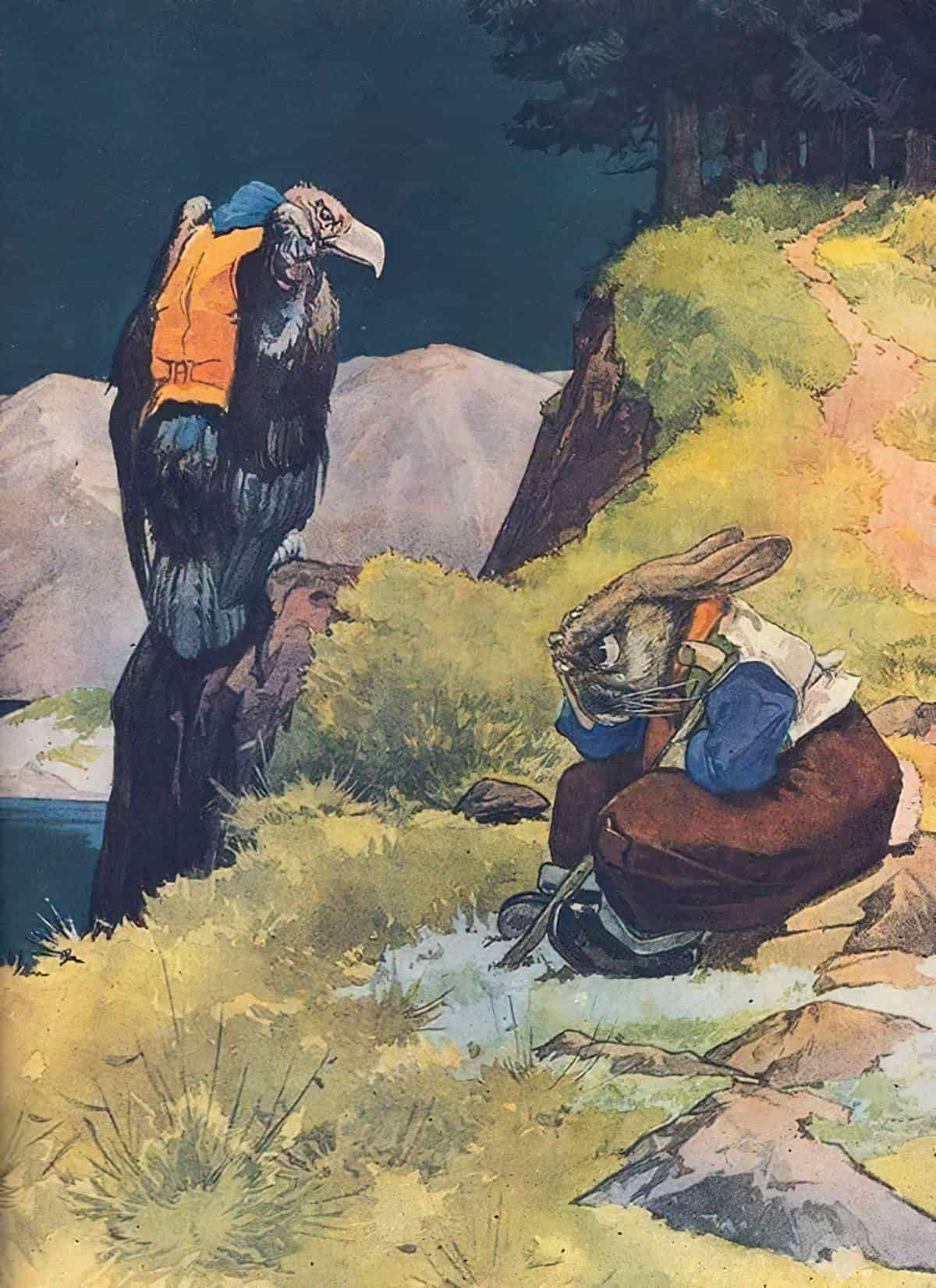
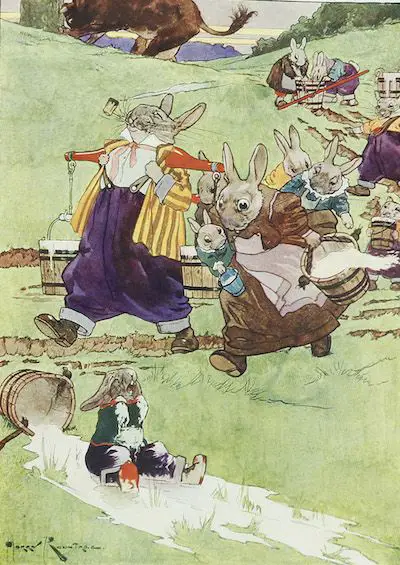
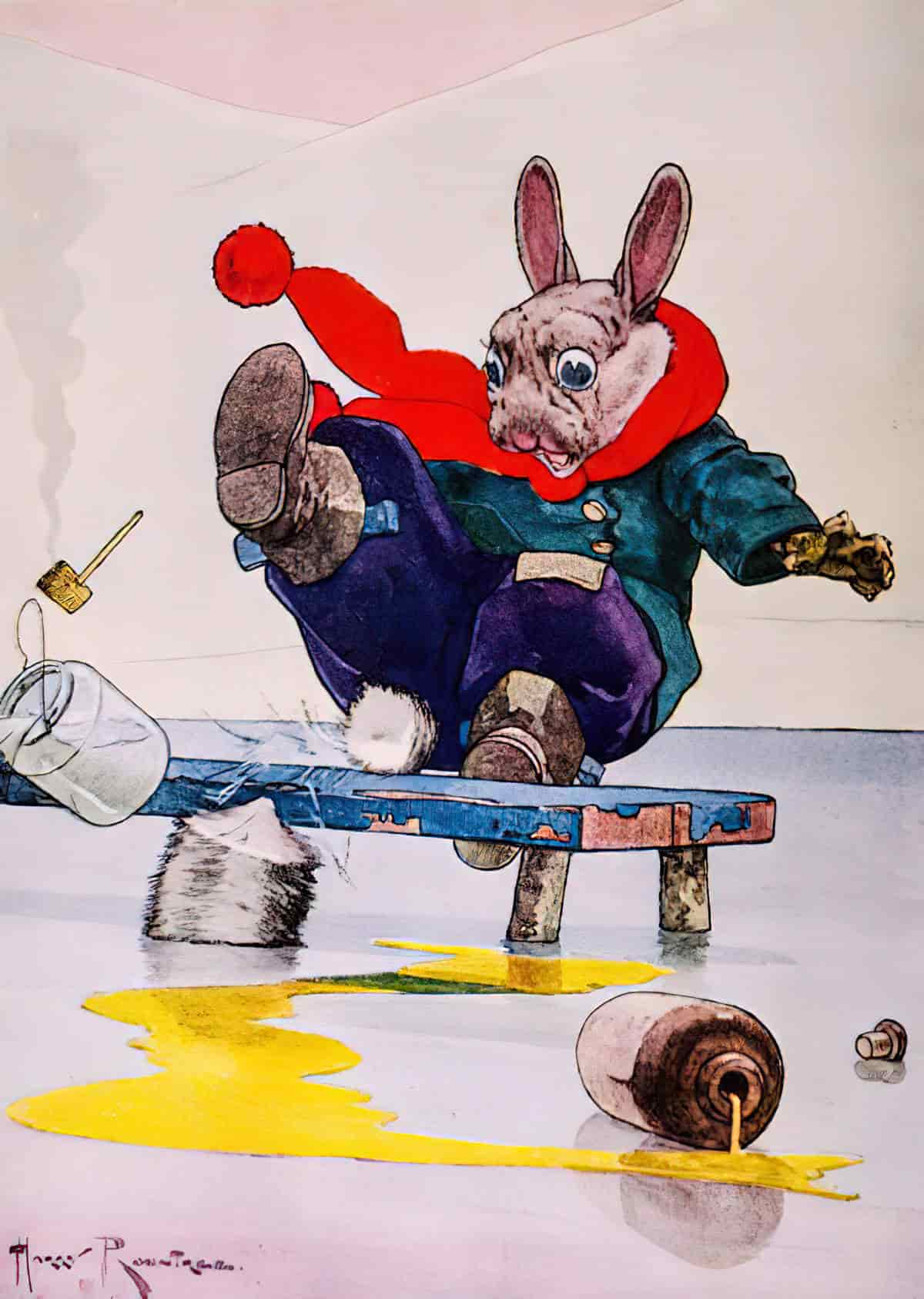
Trickster Heroes have bred like rabbits in the folktales and fairy tales of the world. Indeed, some of the most popular Tricksters are rabbit heroes: The B’rer Rabbit of the American South, the Hare of African tales, the many rabbit heroes from Southeast Asia, Persia, India, etc. These stories pit the defenseless but quick-thinking rabbit against much larger and more dangerous enemies: folktale Shadow figures like wolves, hunters, tigers and bears. Somehow the tiny rabbit always manages to outwit his hungry opponent, who usually suffers painfully from dealing with a Trickster Hero.
The Writer’s Journey, Vogler
BUGS BUNNY BOOKS
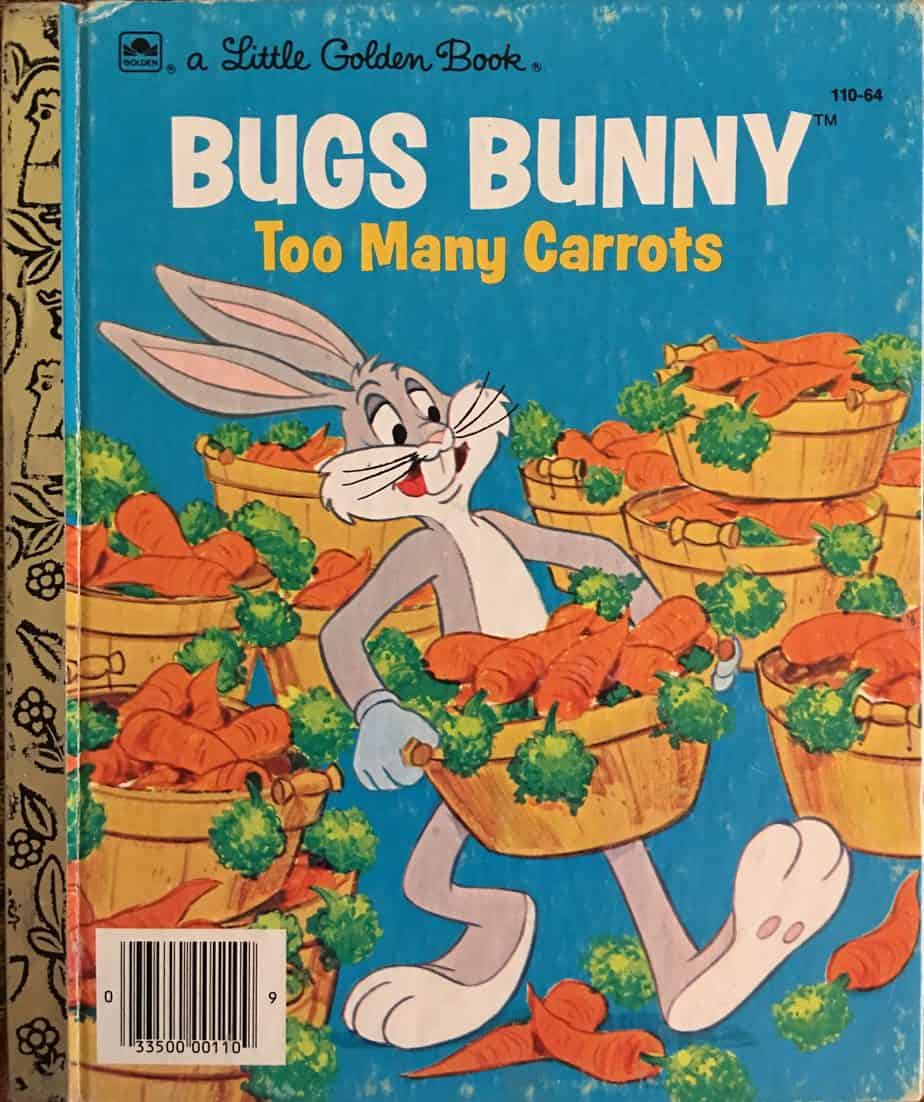
The modern version of the rabbit Trickster is of course Bugs Bunny. The Warner Brothers animators made use of folktale plots to pit Bugs against hunters and predators who didn’t stand a chance against his quick wits…
The Writer’s Journey, Vogler
AESOP’S FABLES
… Once in awhile it’s fun to turn the tables and show that Tricksters themselves can be outwitted. Sometimes a Trickster like the Hare will try to take advantage of a weaker, slower animal like Mr. Tortoise. In folktales and fables such as “The Tortoise and the Hare”, the slowest outwits the fastest by dogged persistence or by cooperating with others of its kind to outwit the faster animal.
The Writer’s Journey, Vogler
Stills from Watership Down by Arthur Humberstone, George Jackson, Tony Guy, Philip Duncan, 1978
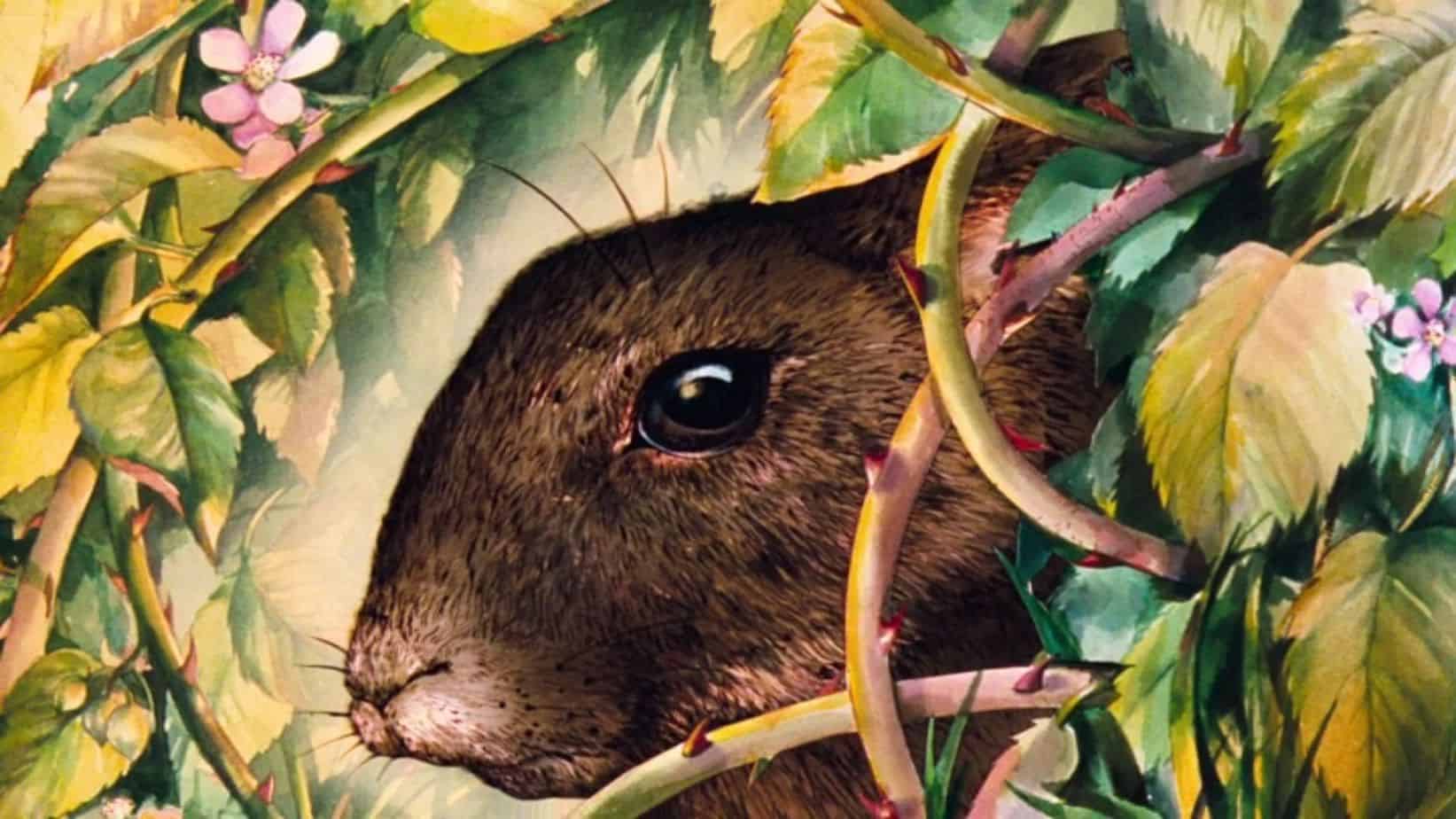
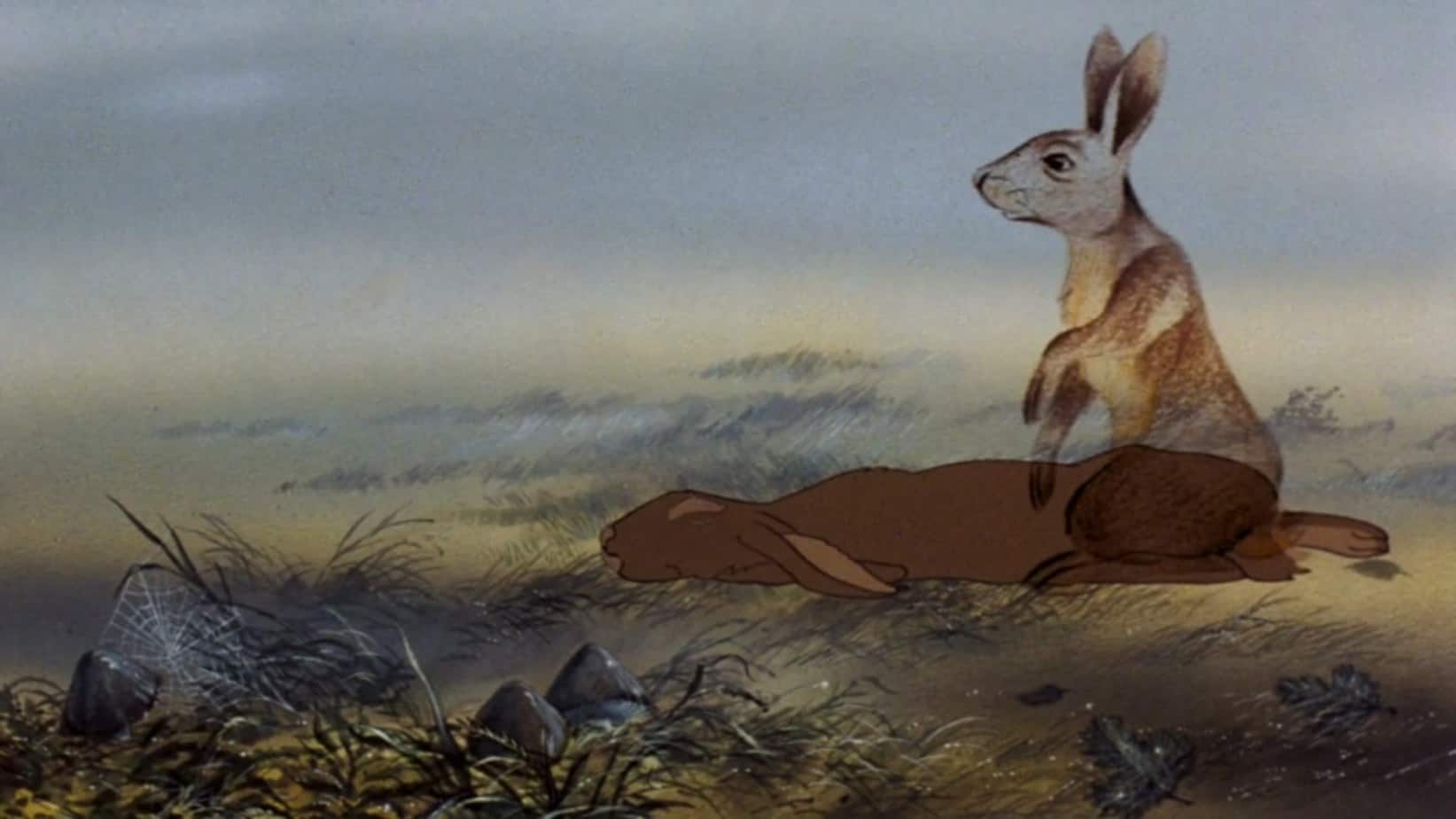
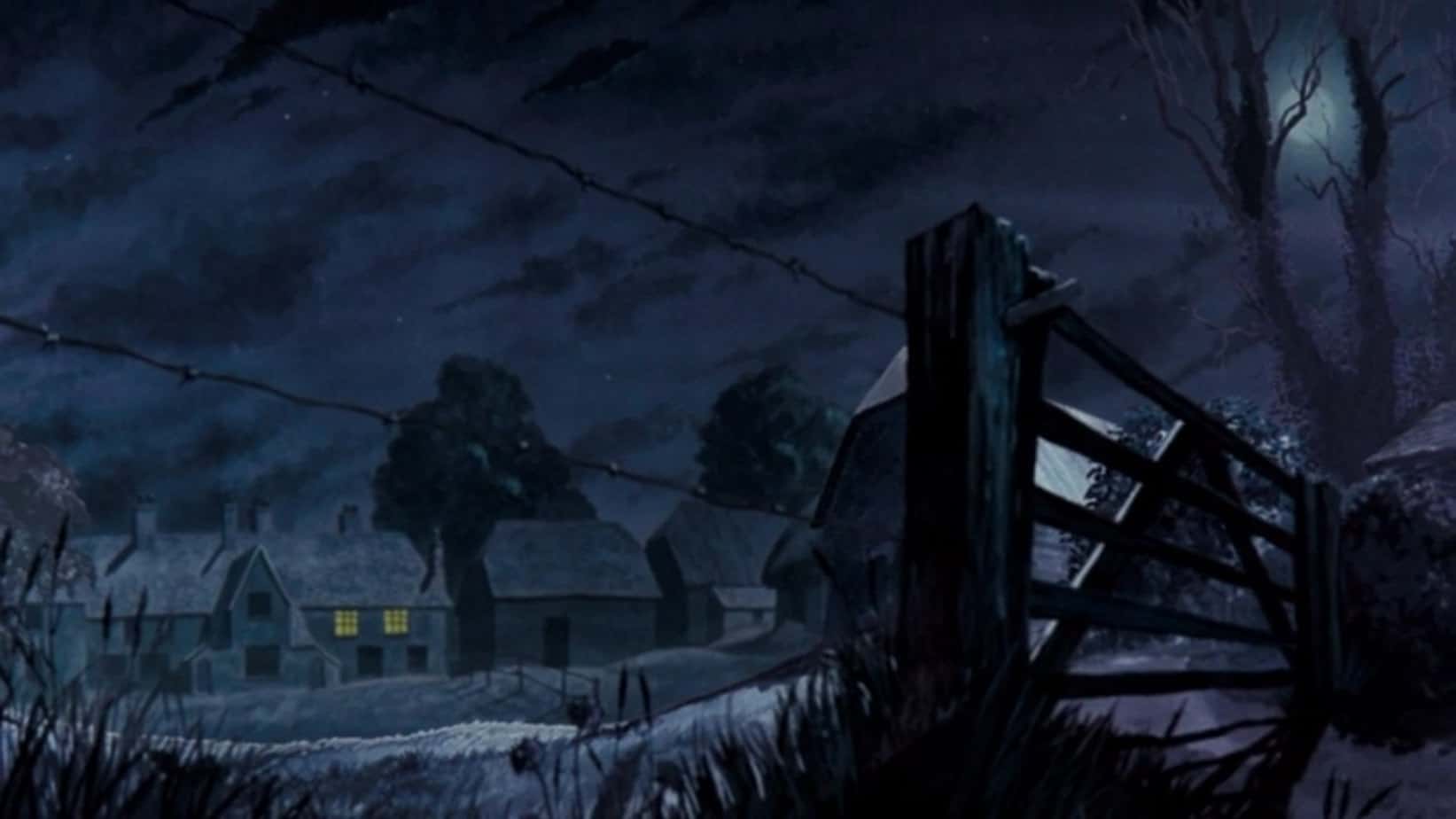
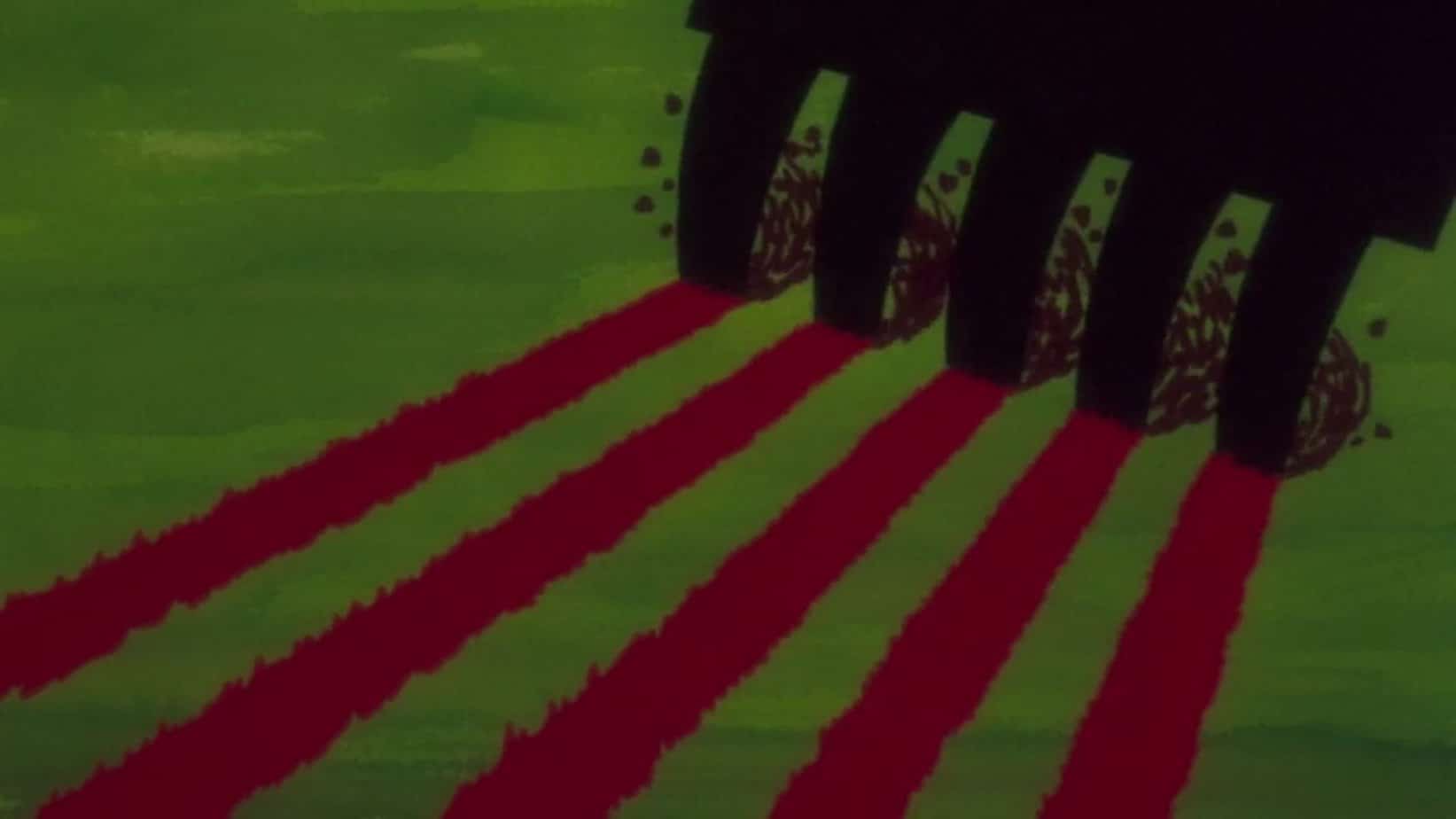
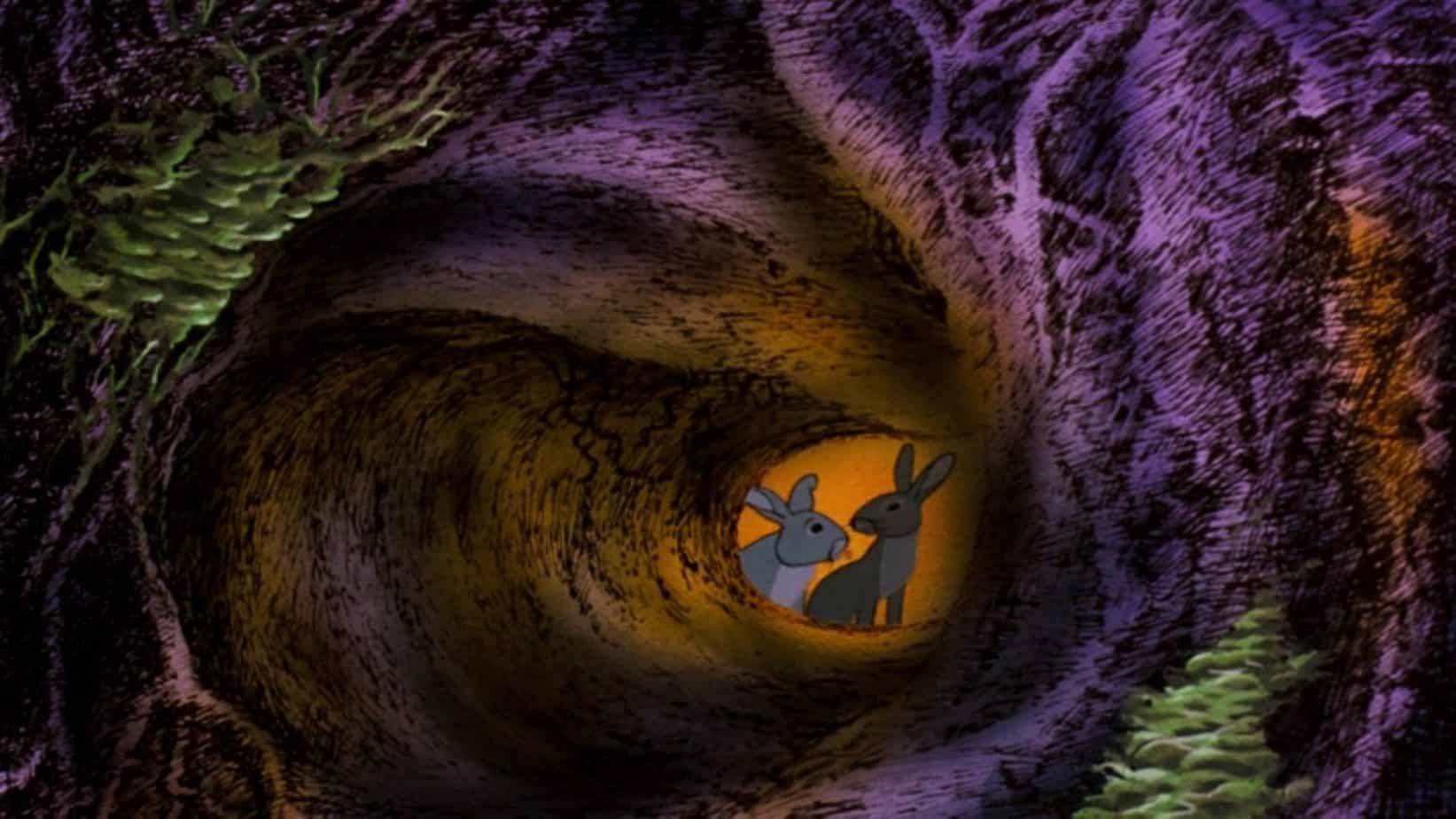
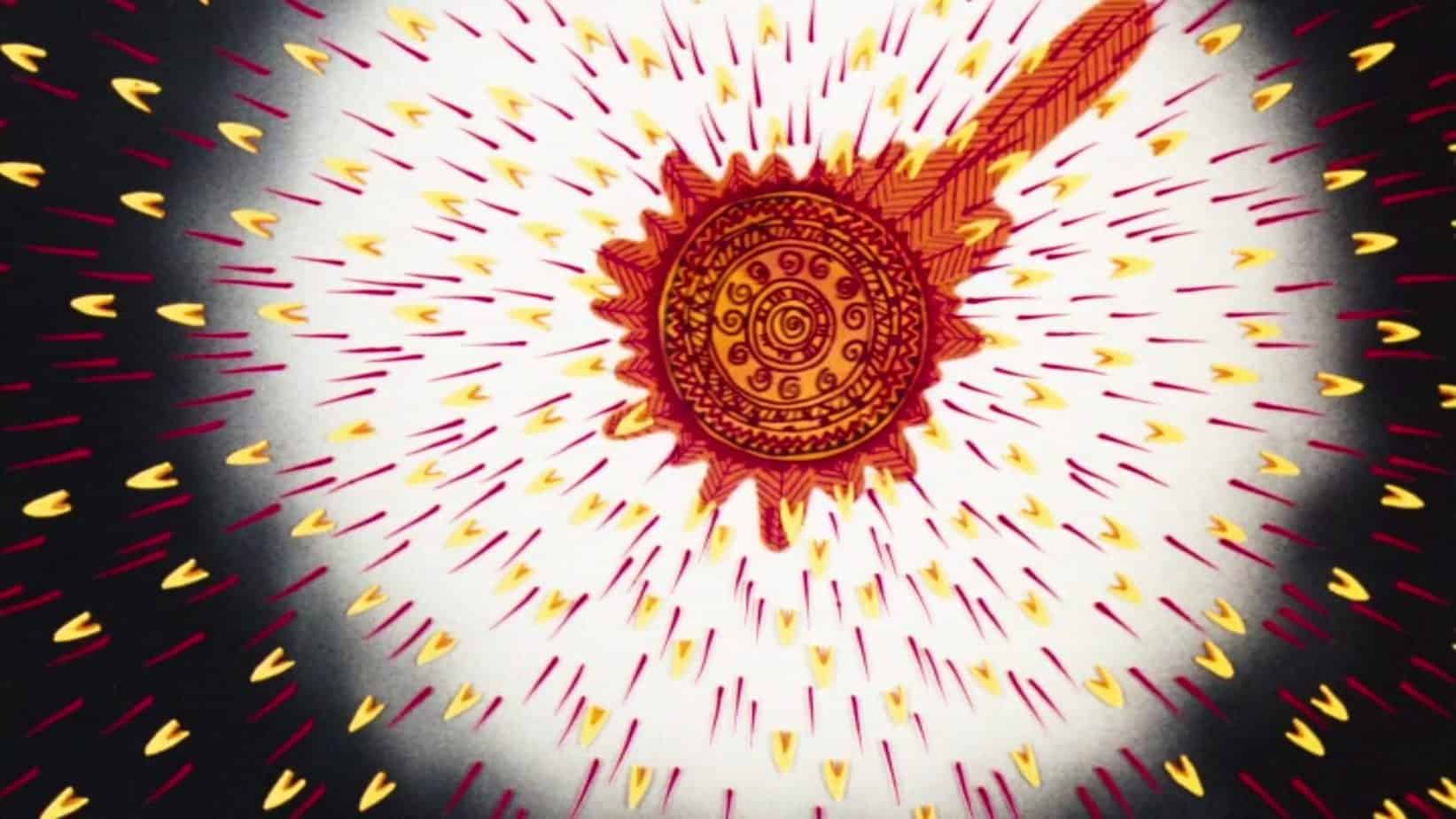
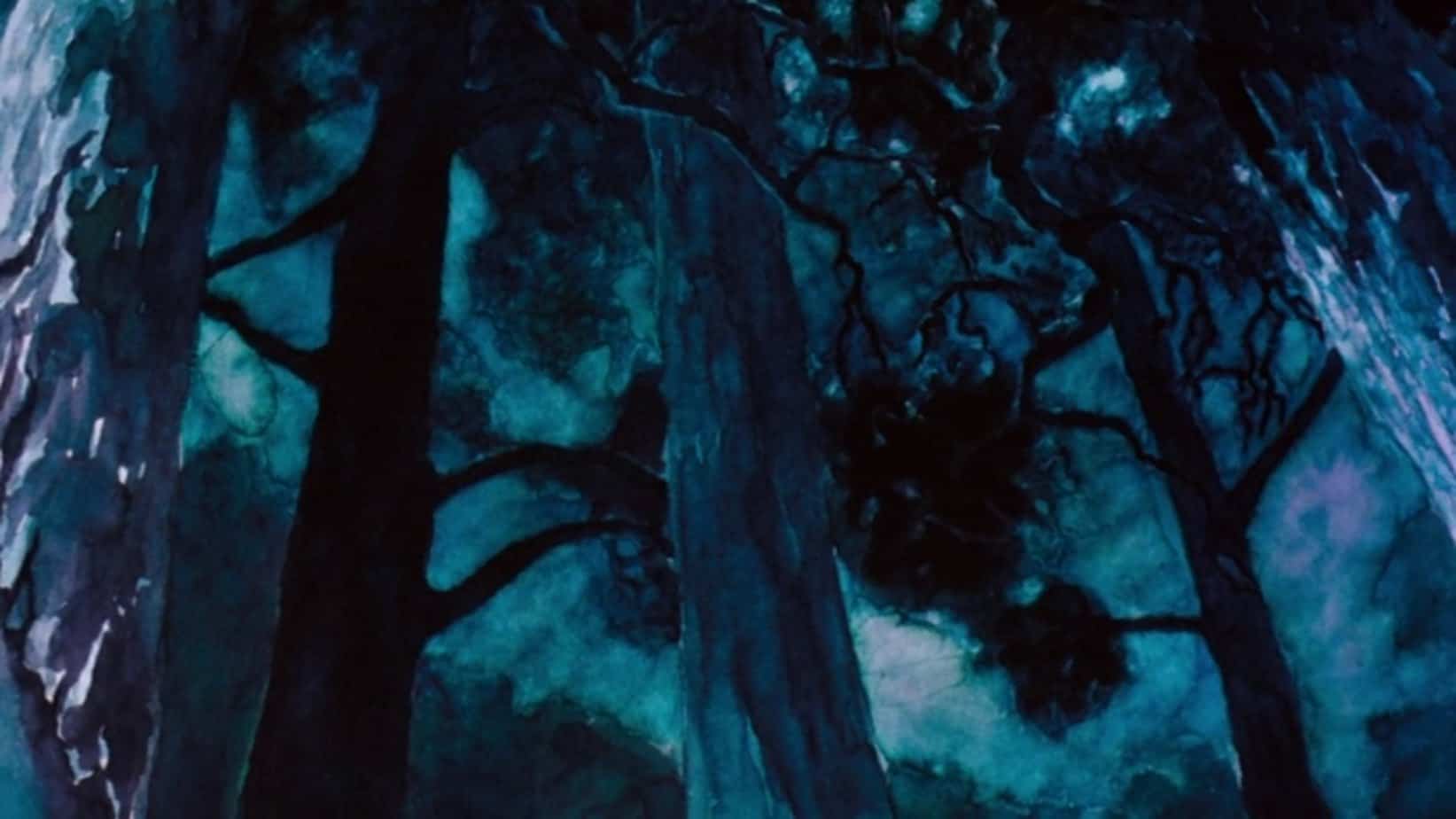

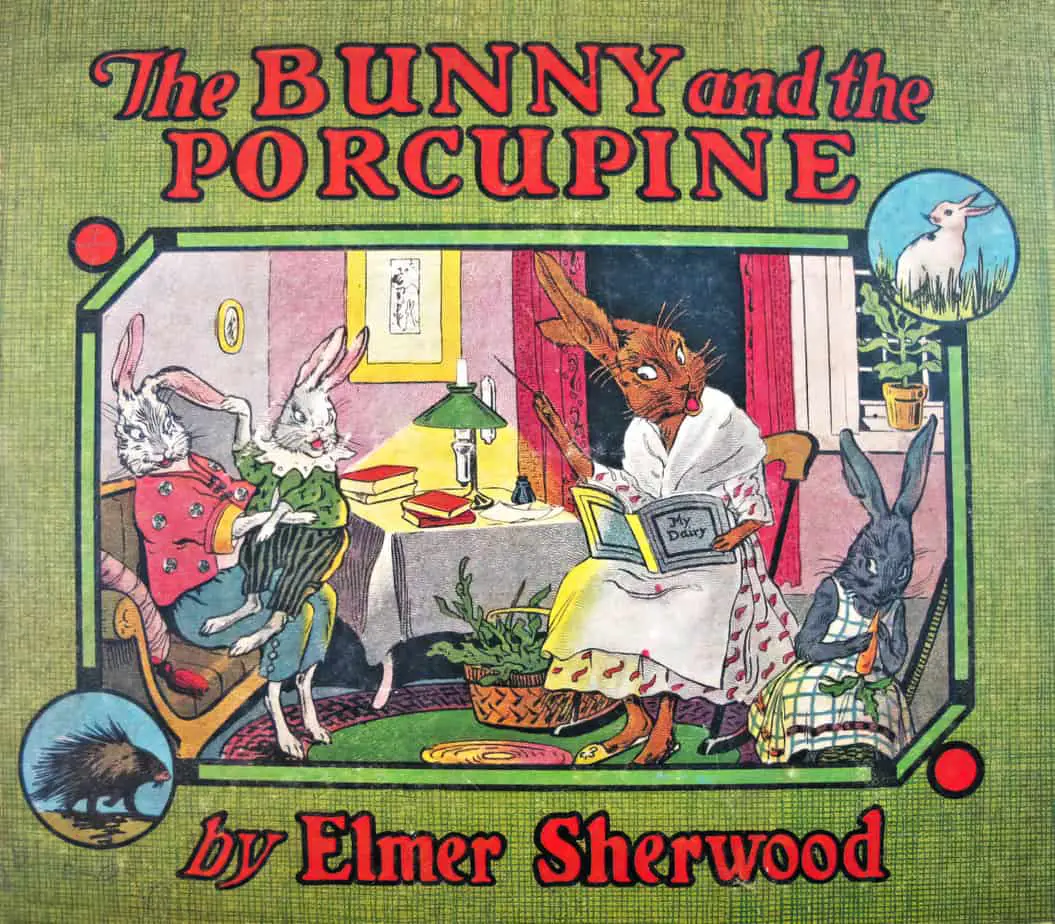
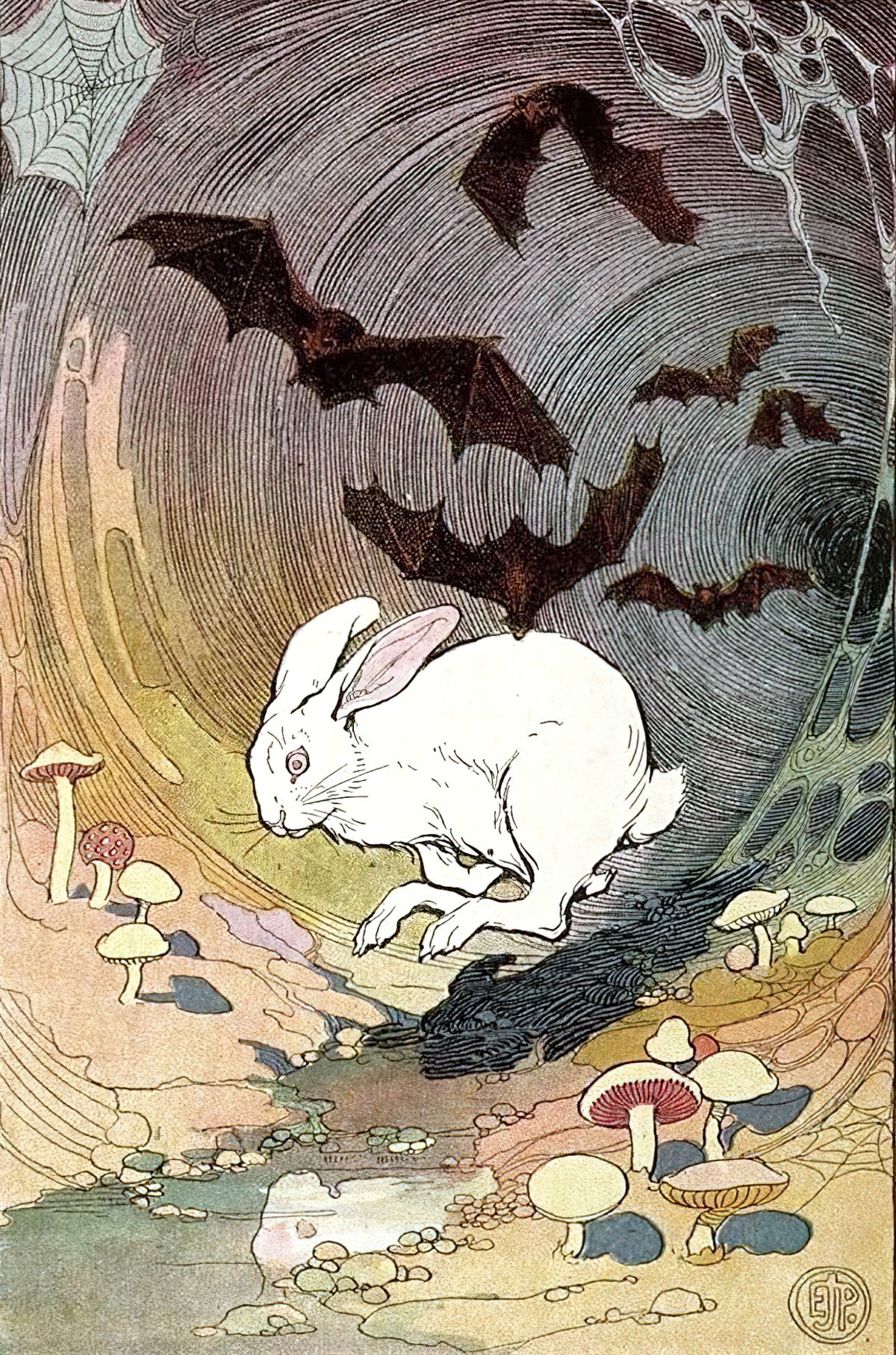
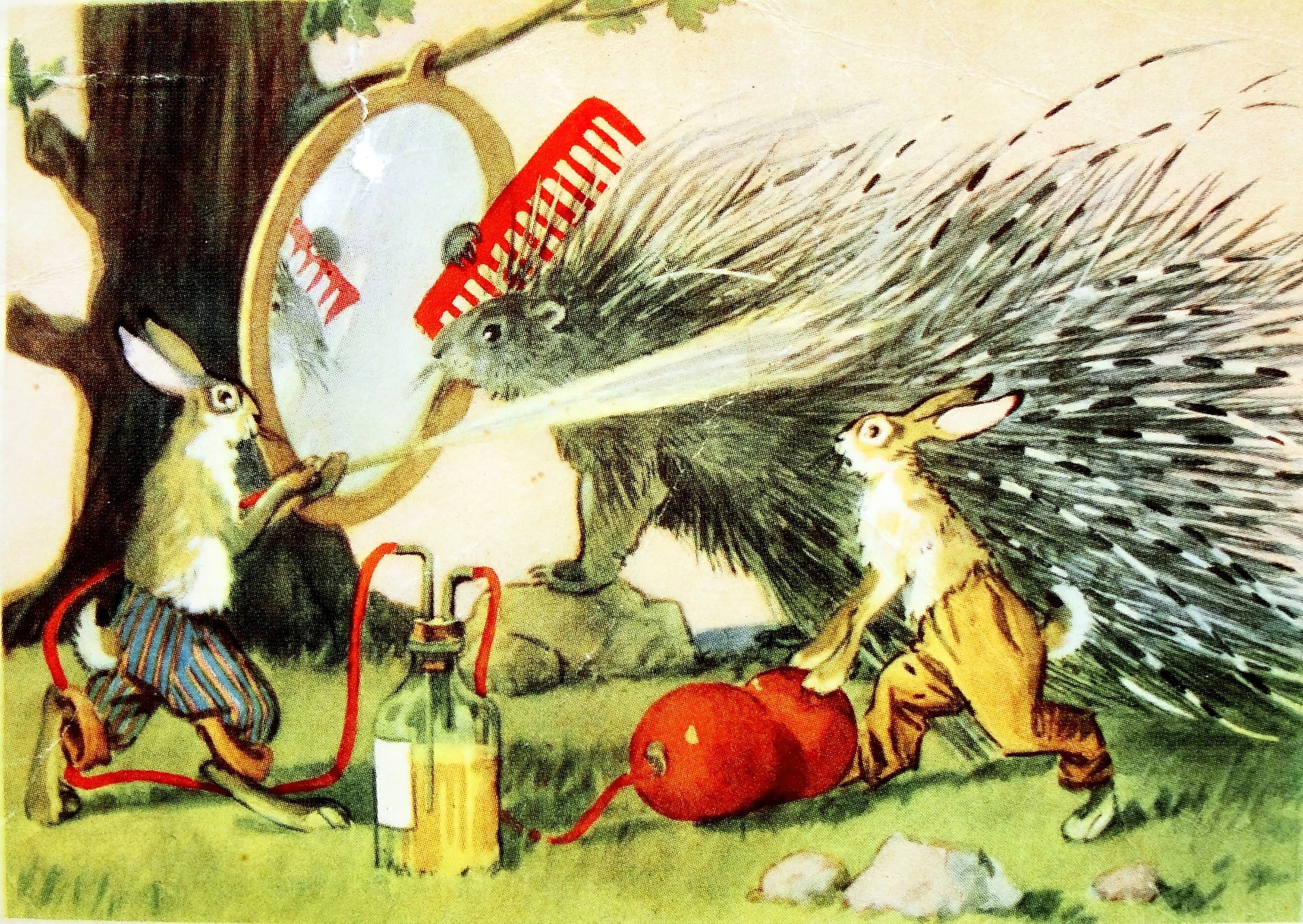
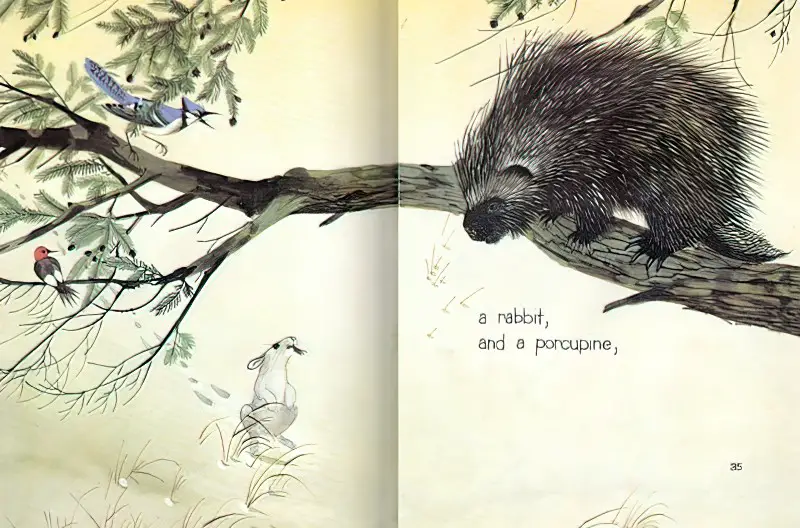
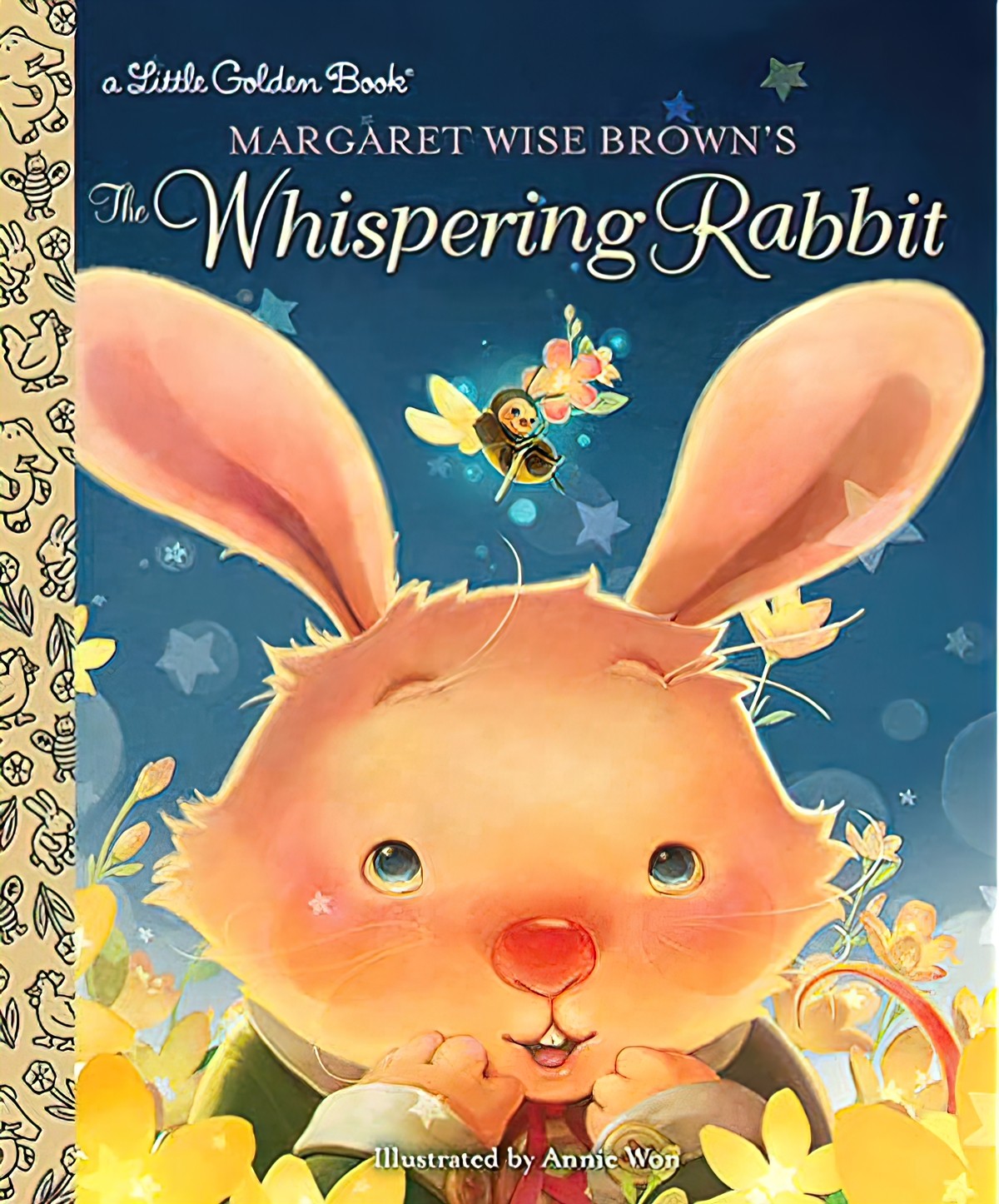
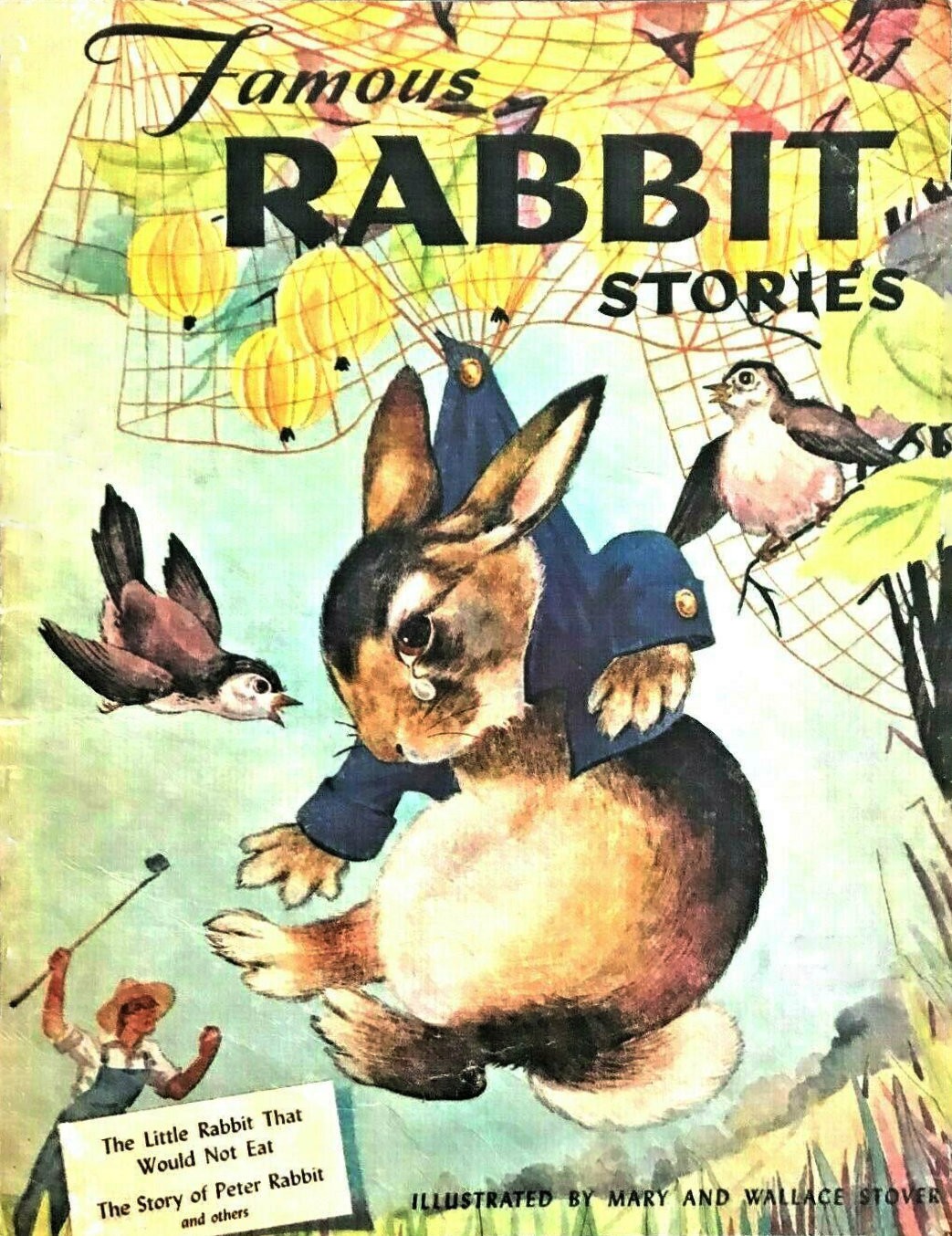
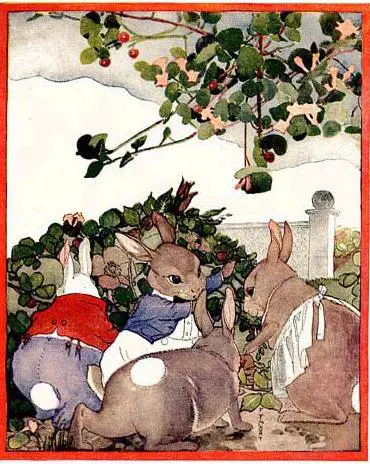
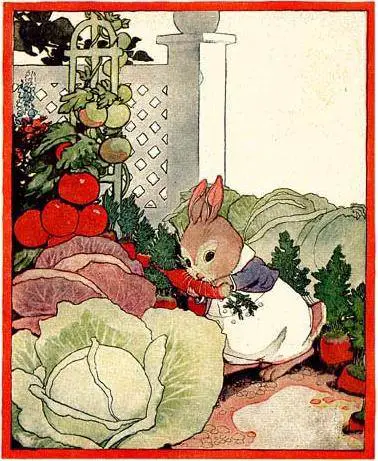
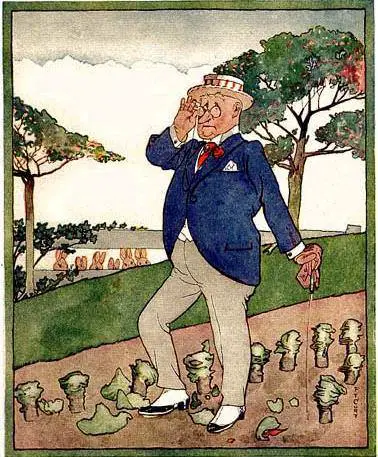
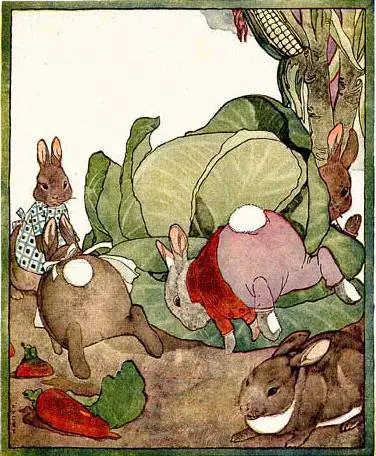
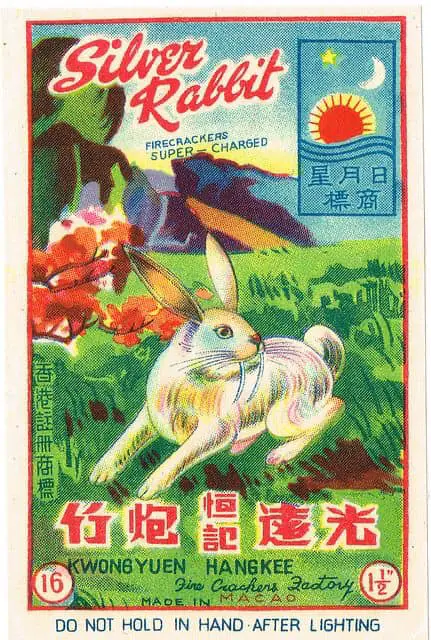

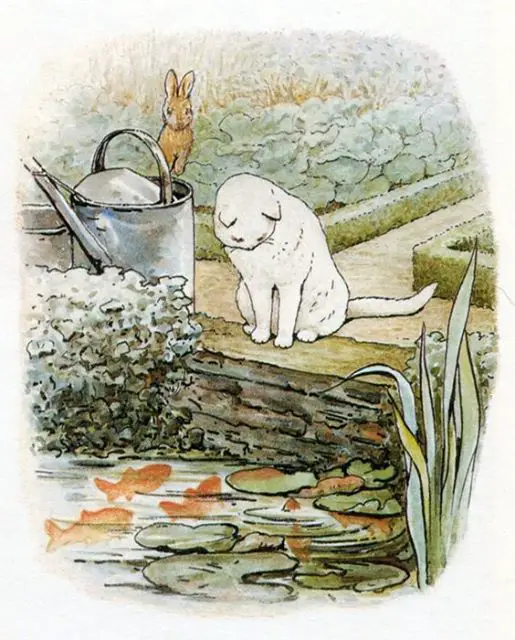
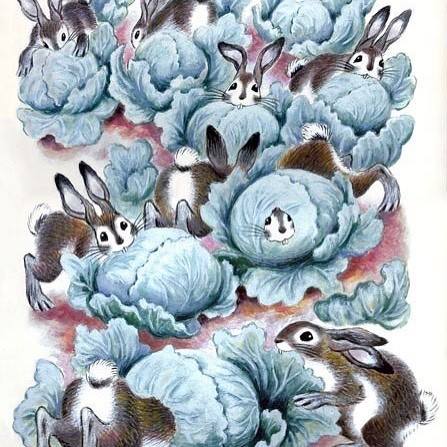
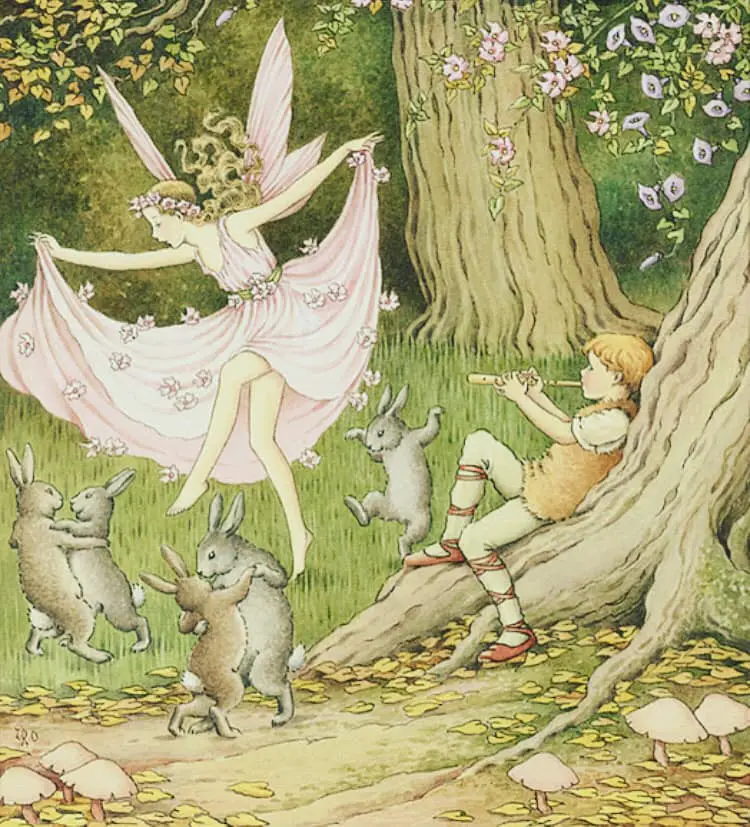

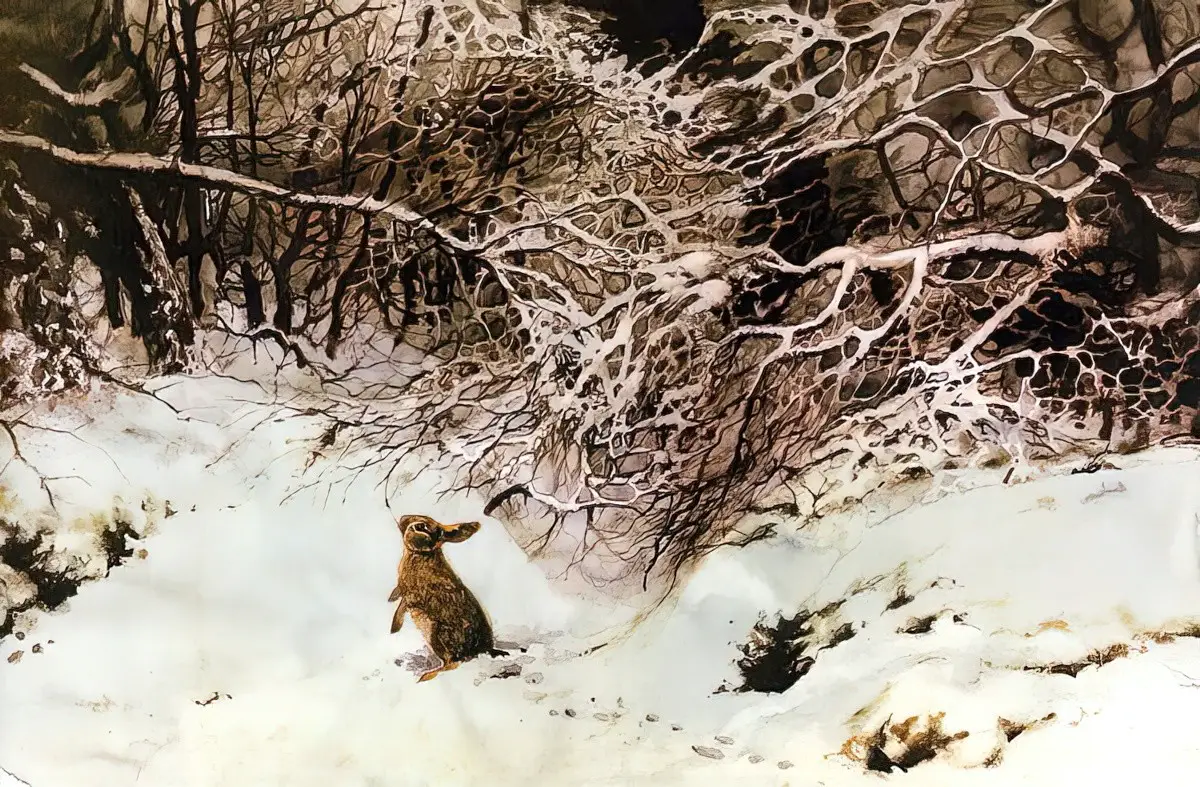
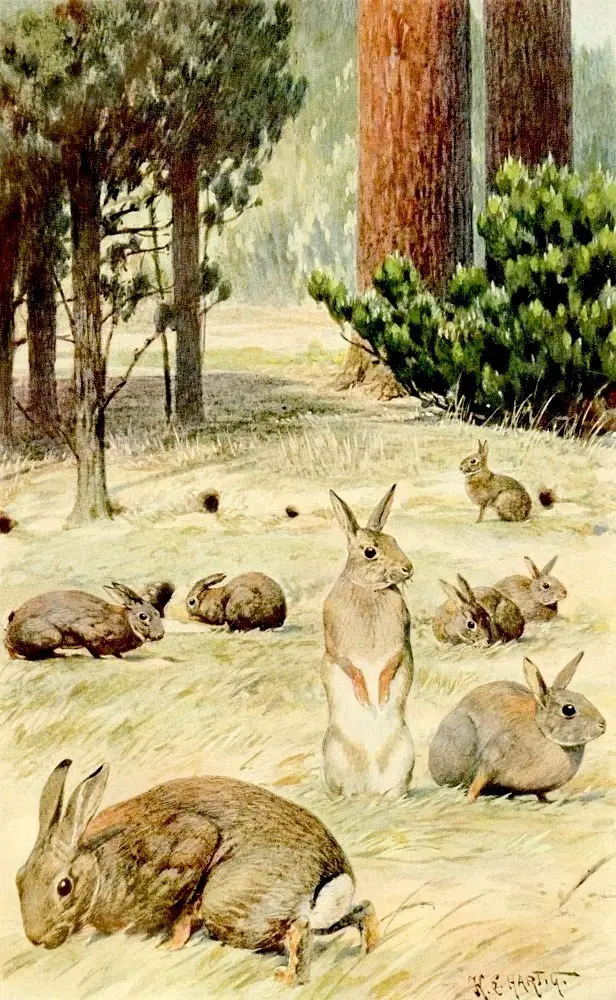
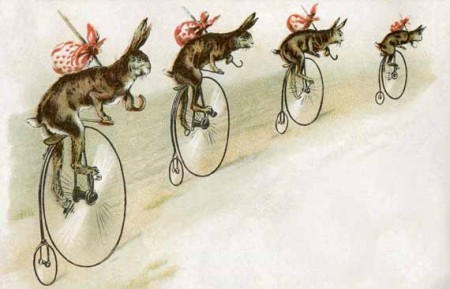
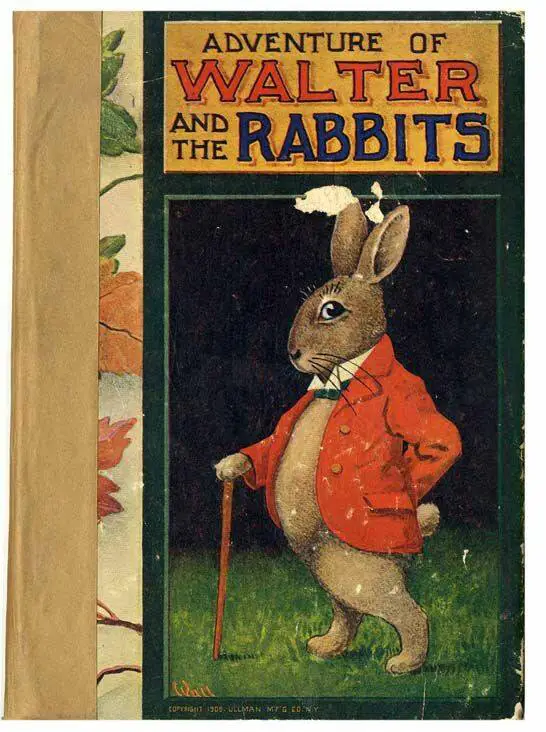
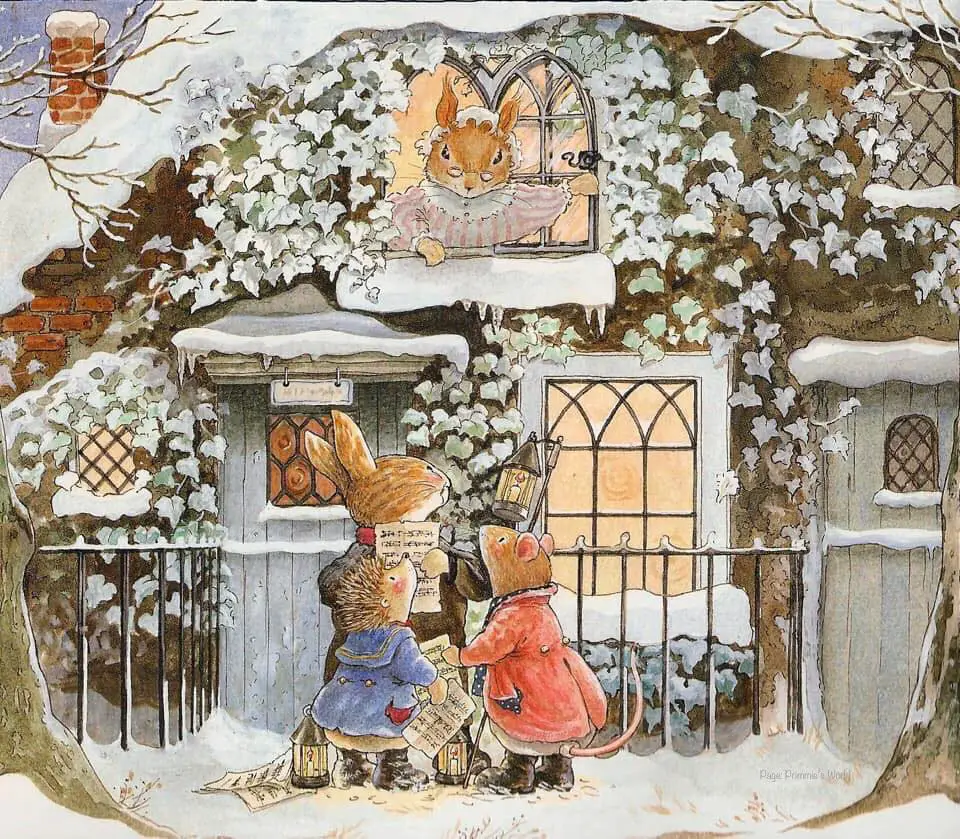
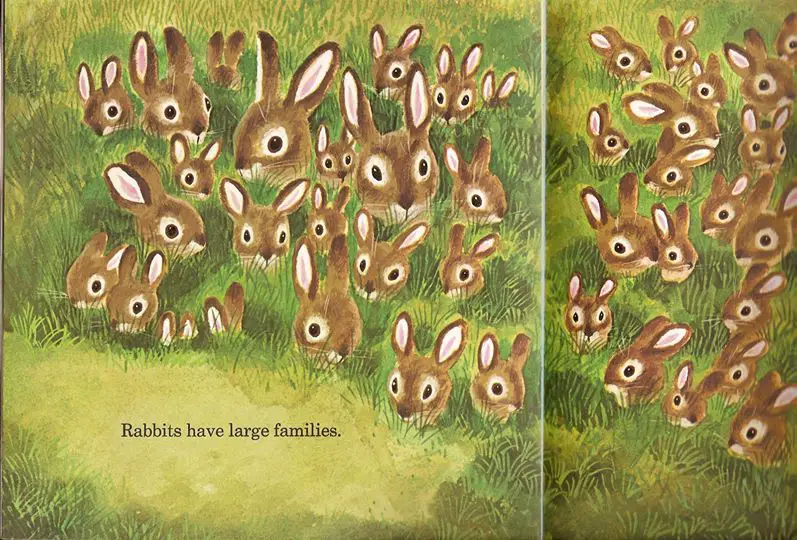
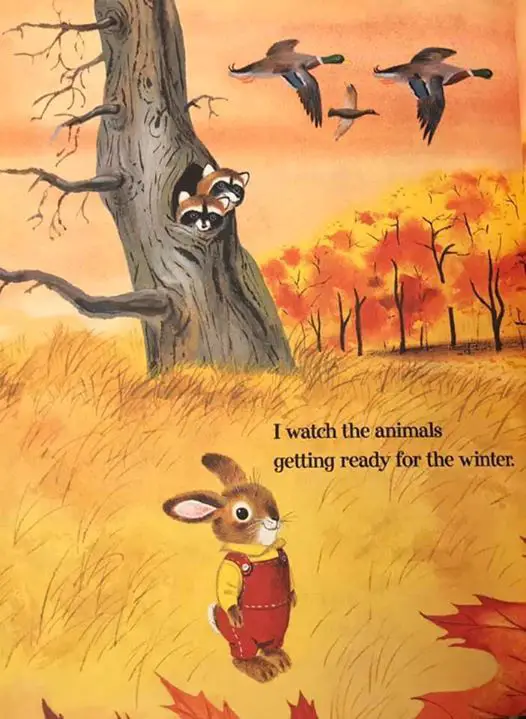
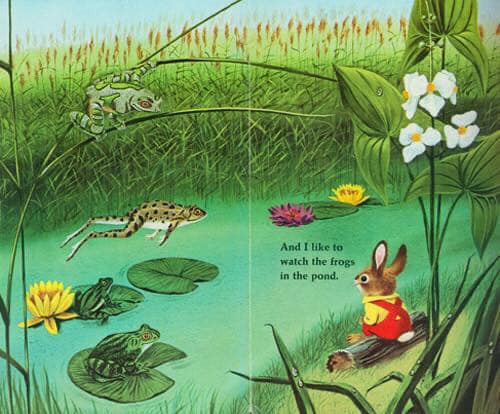
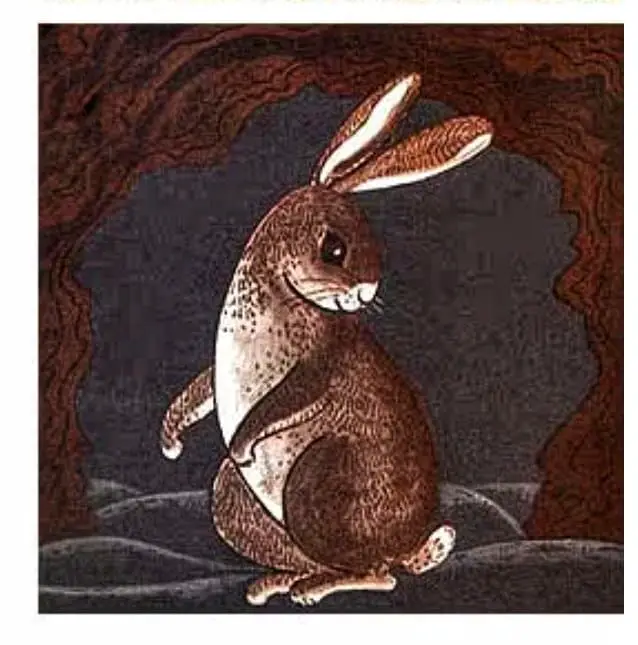
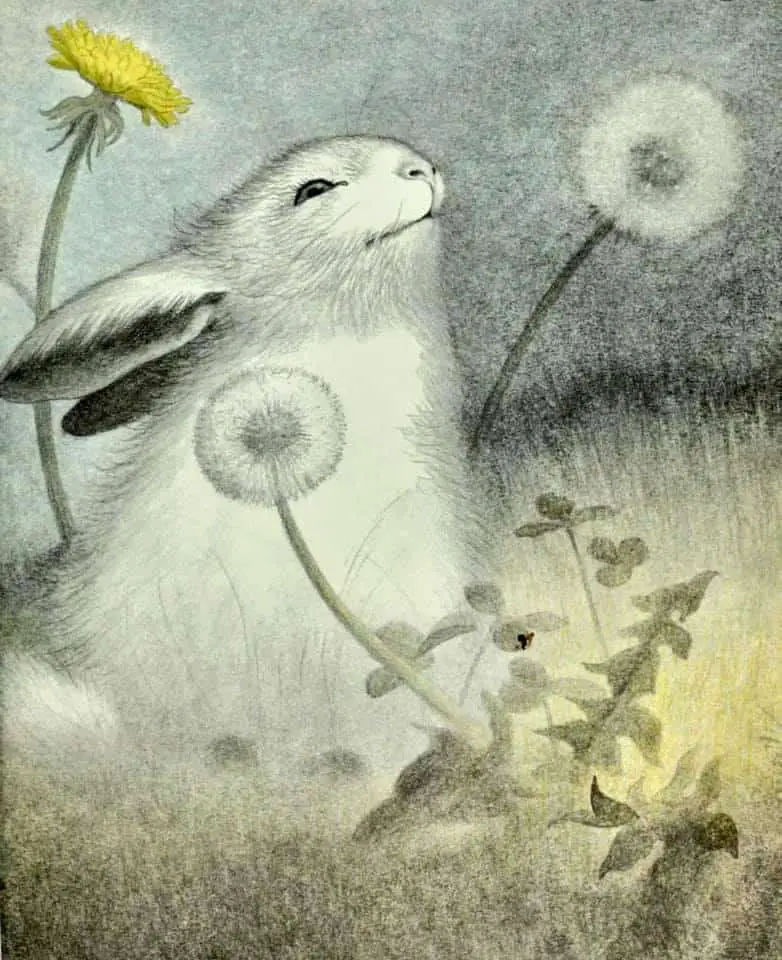
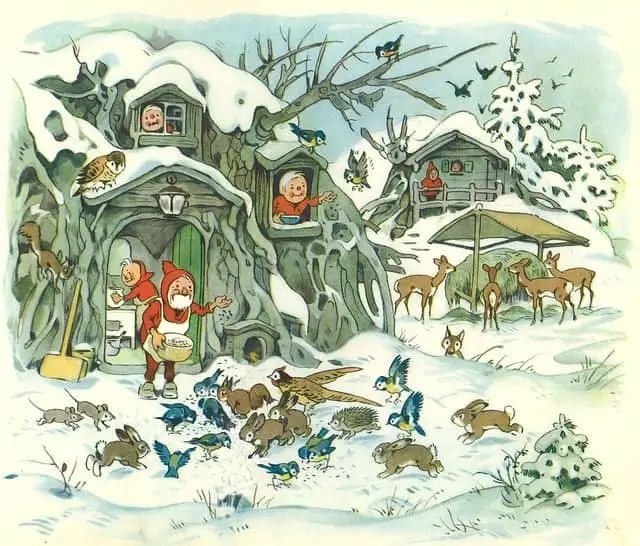
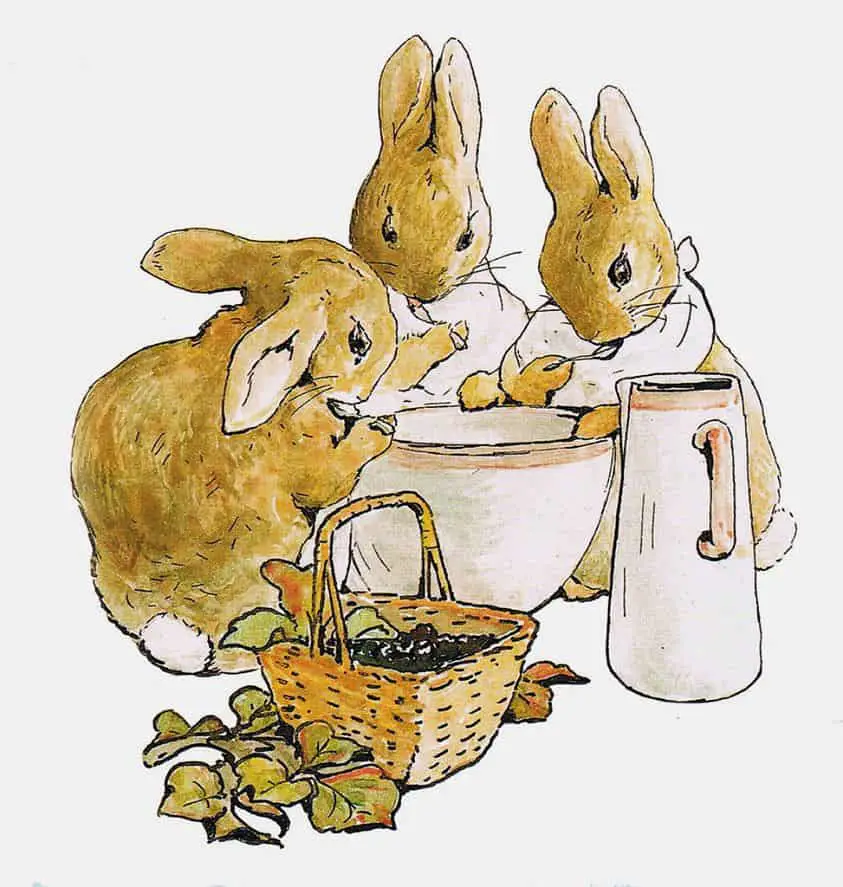
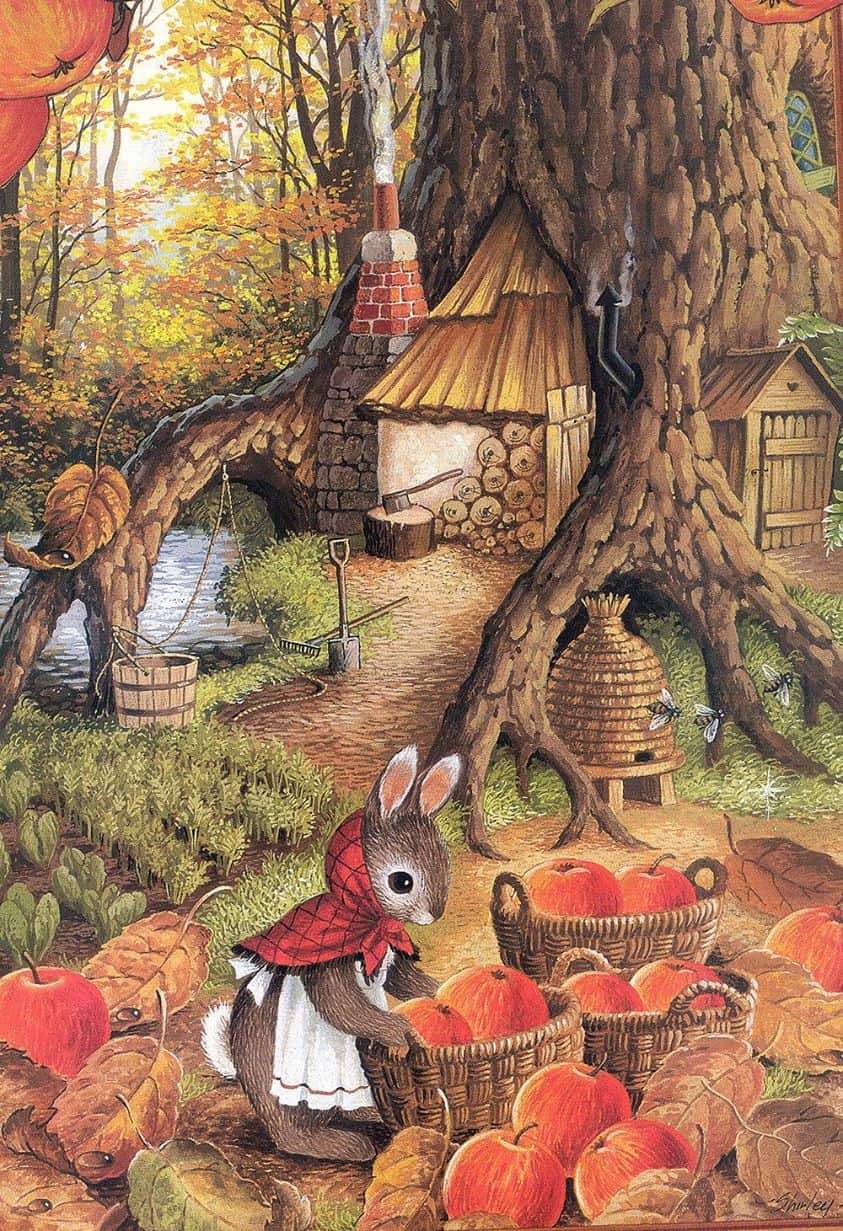
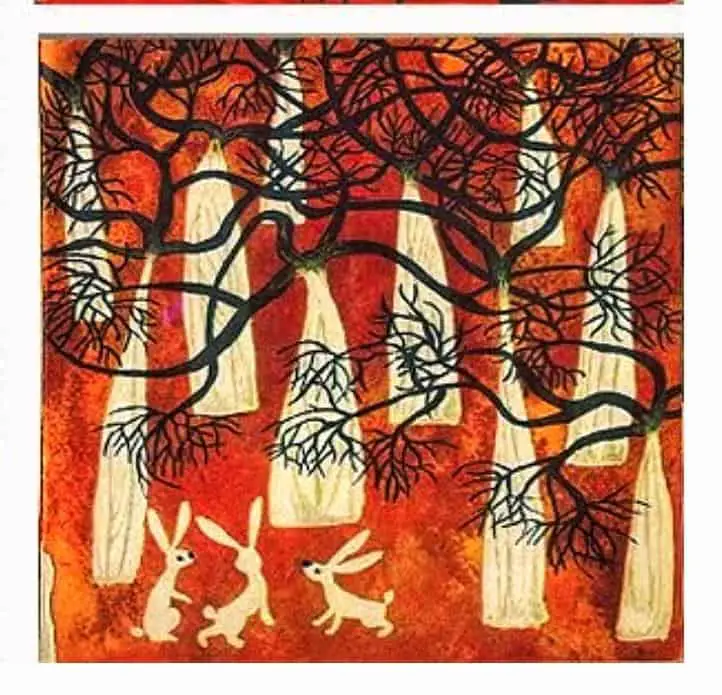
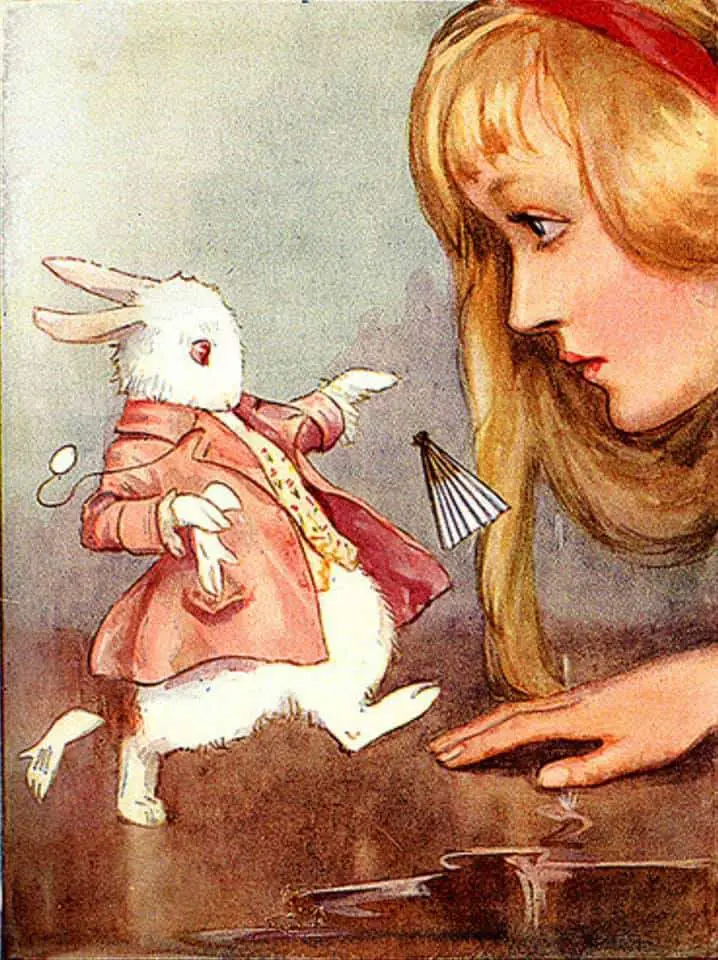
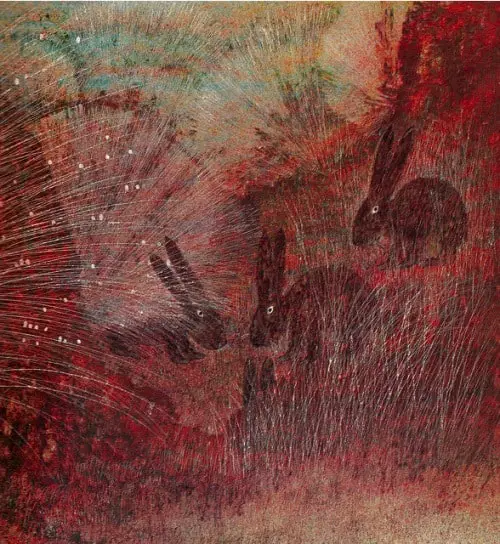
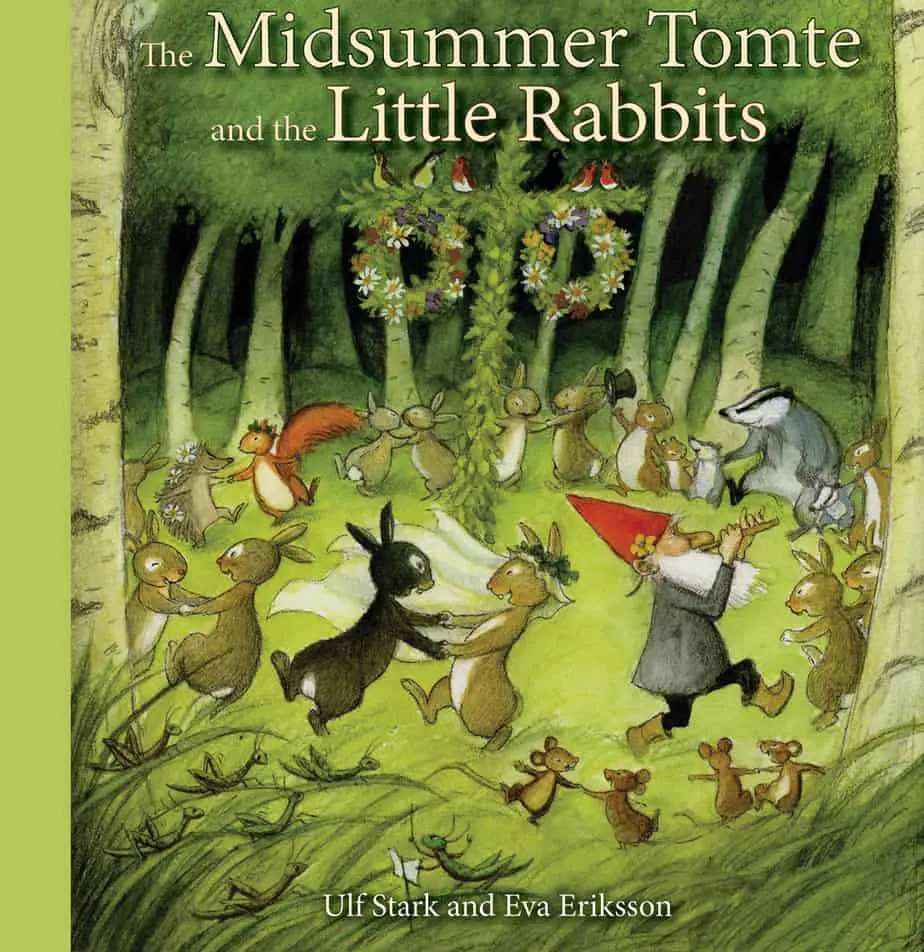
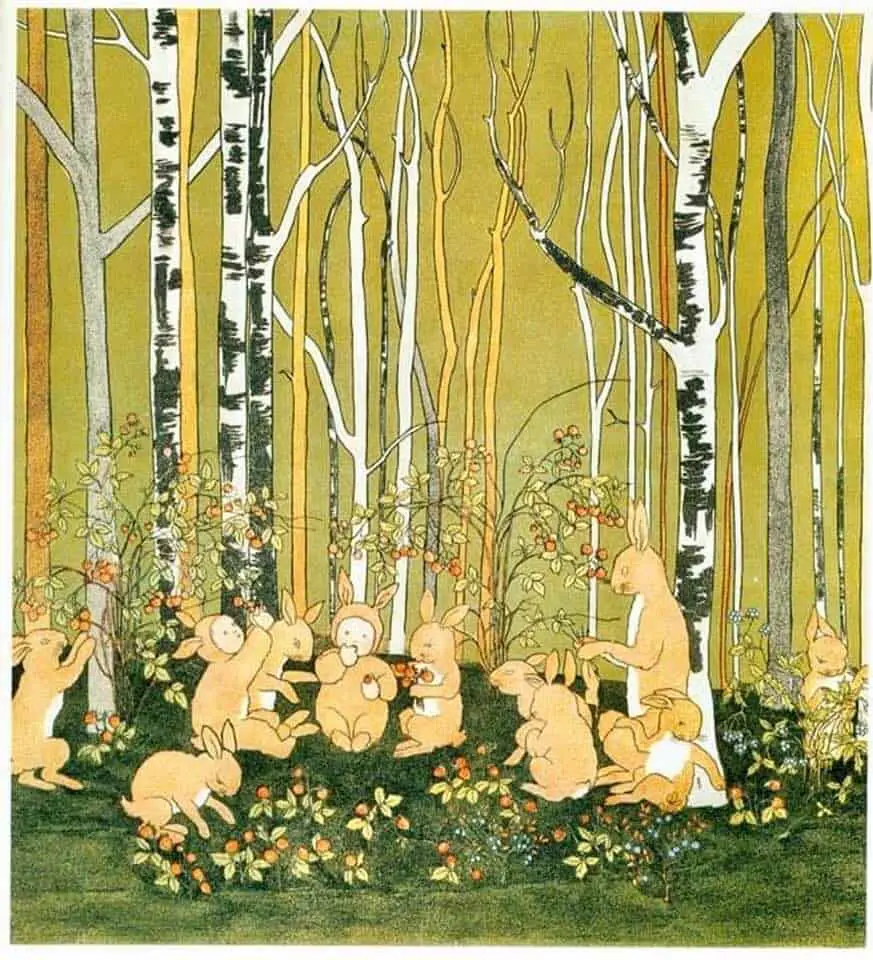
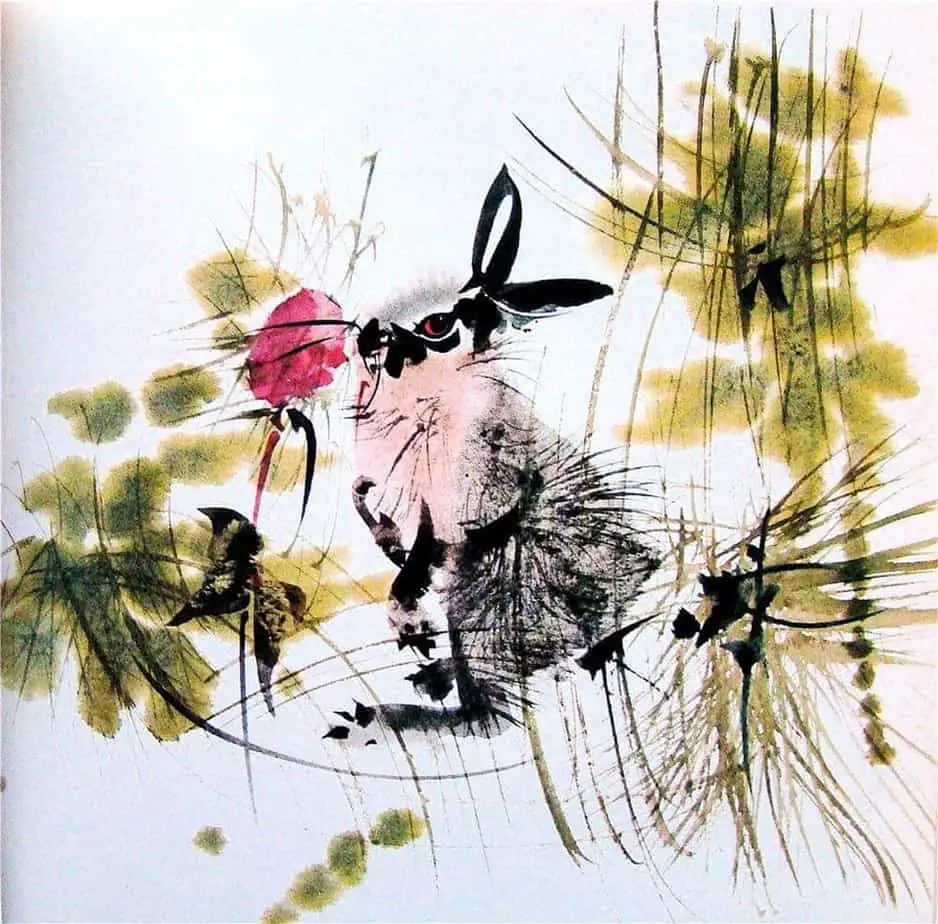
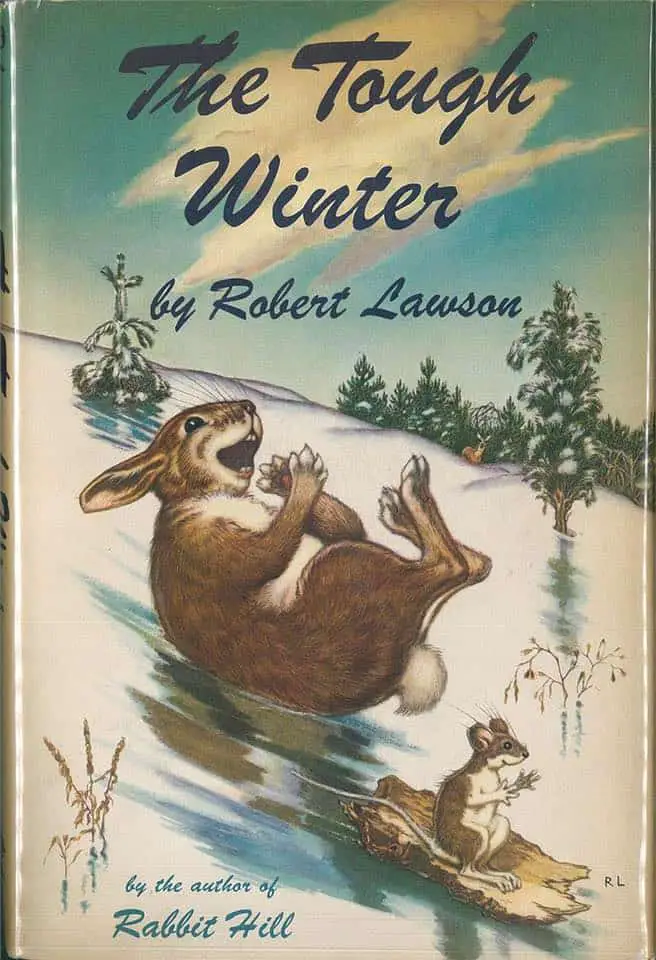
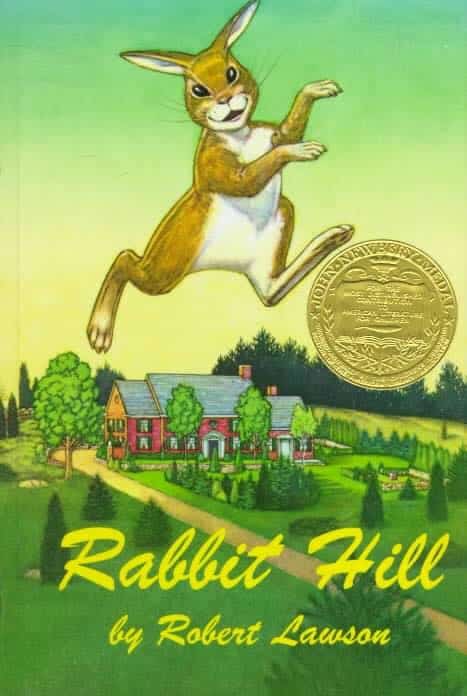
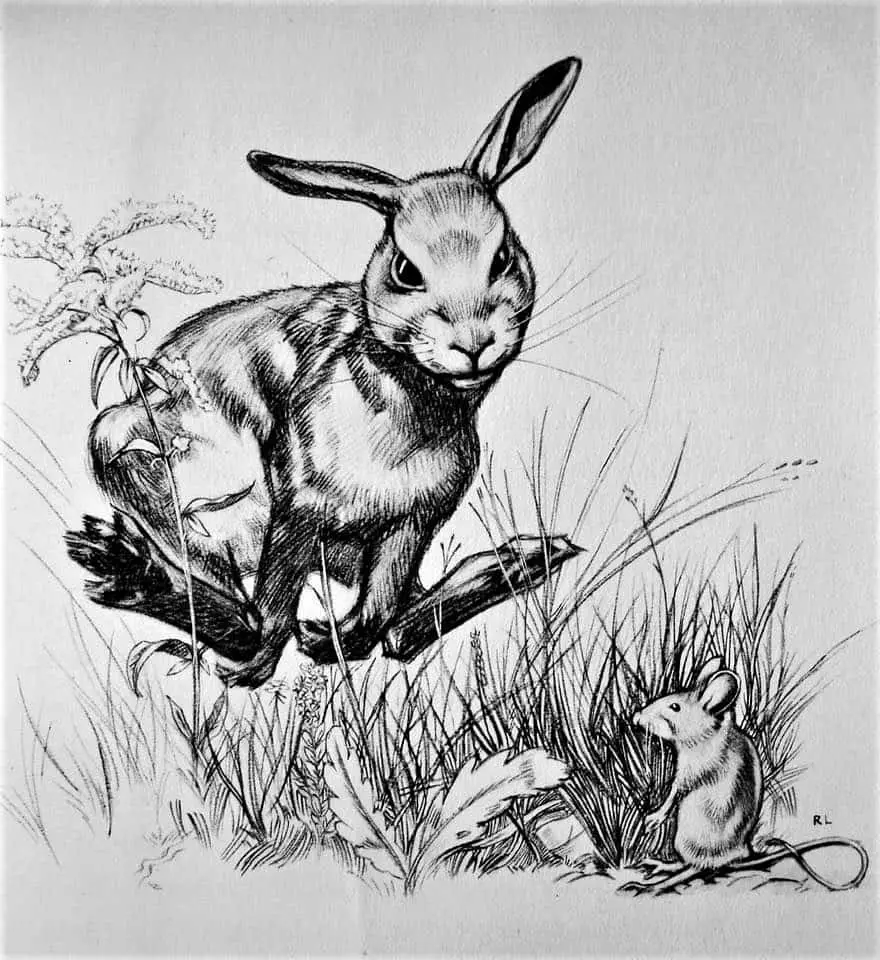
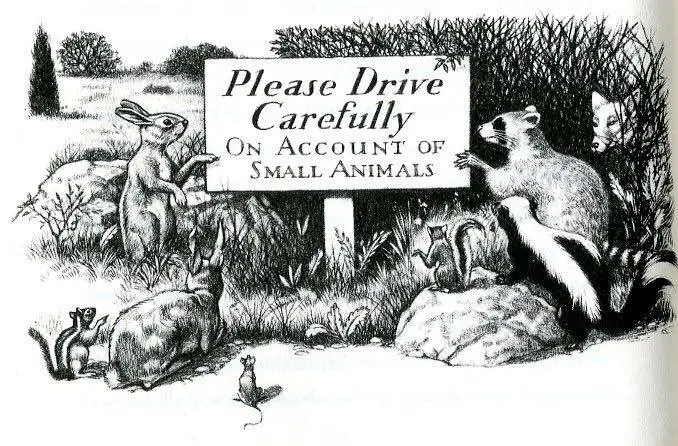
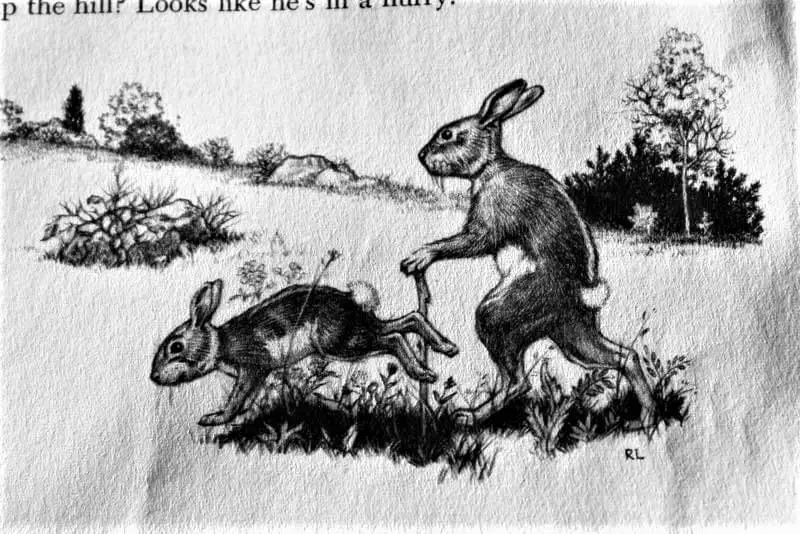
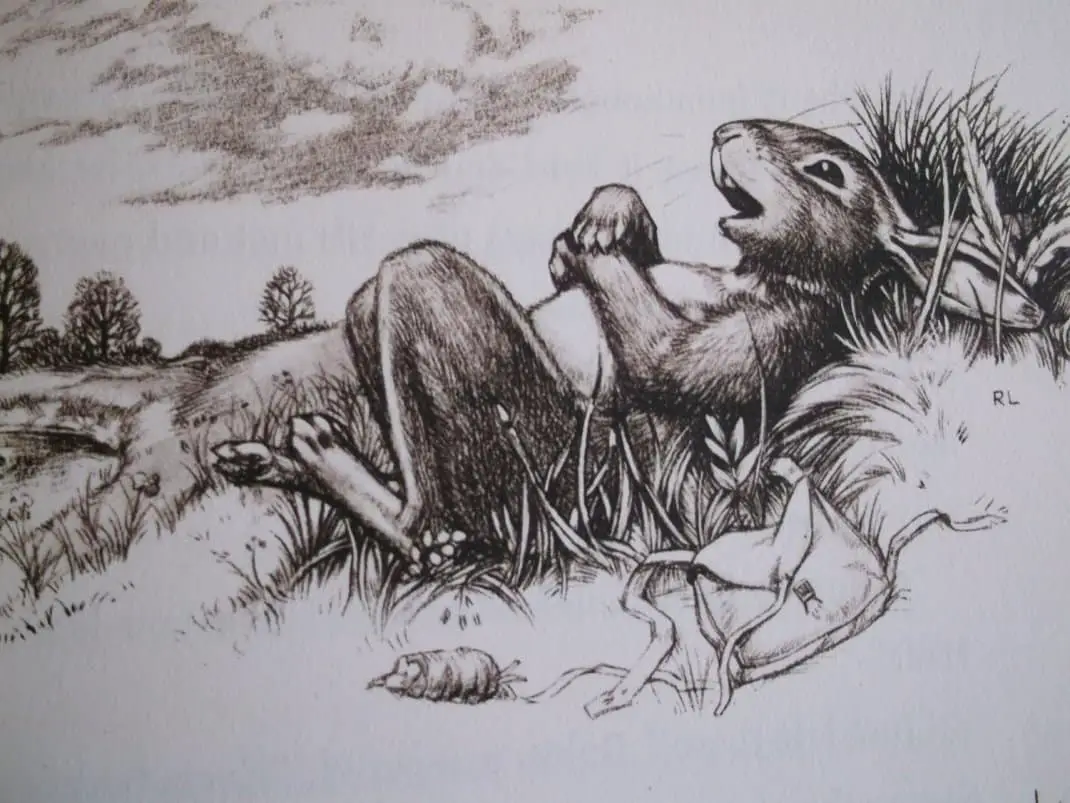
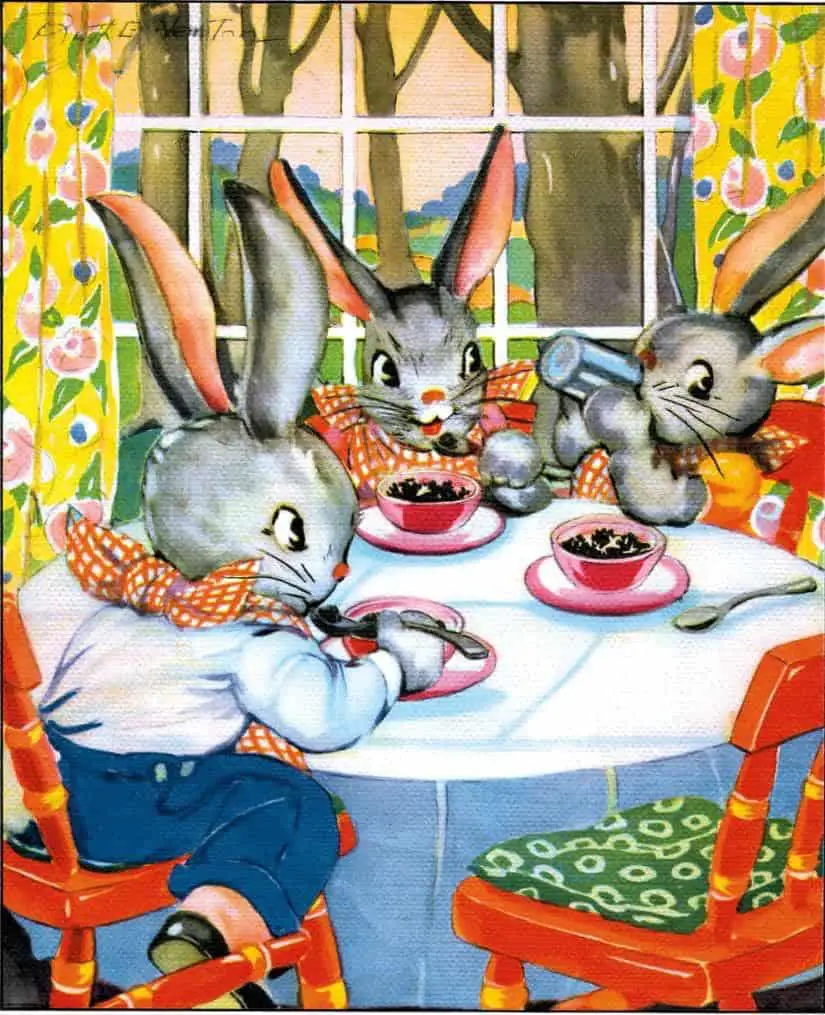
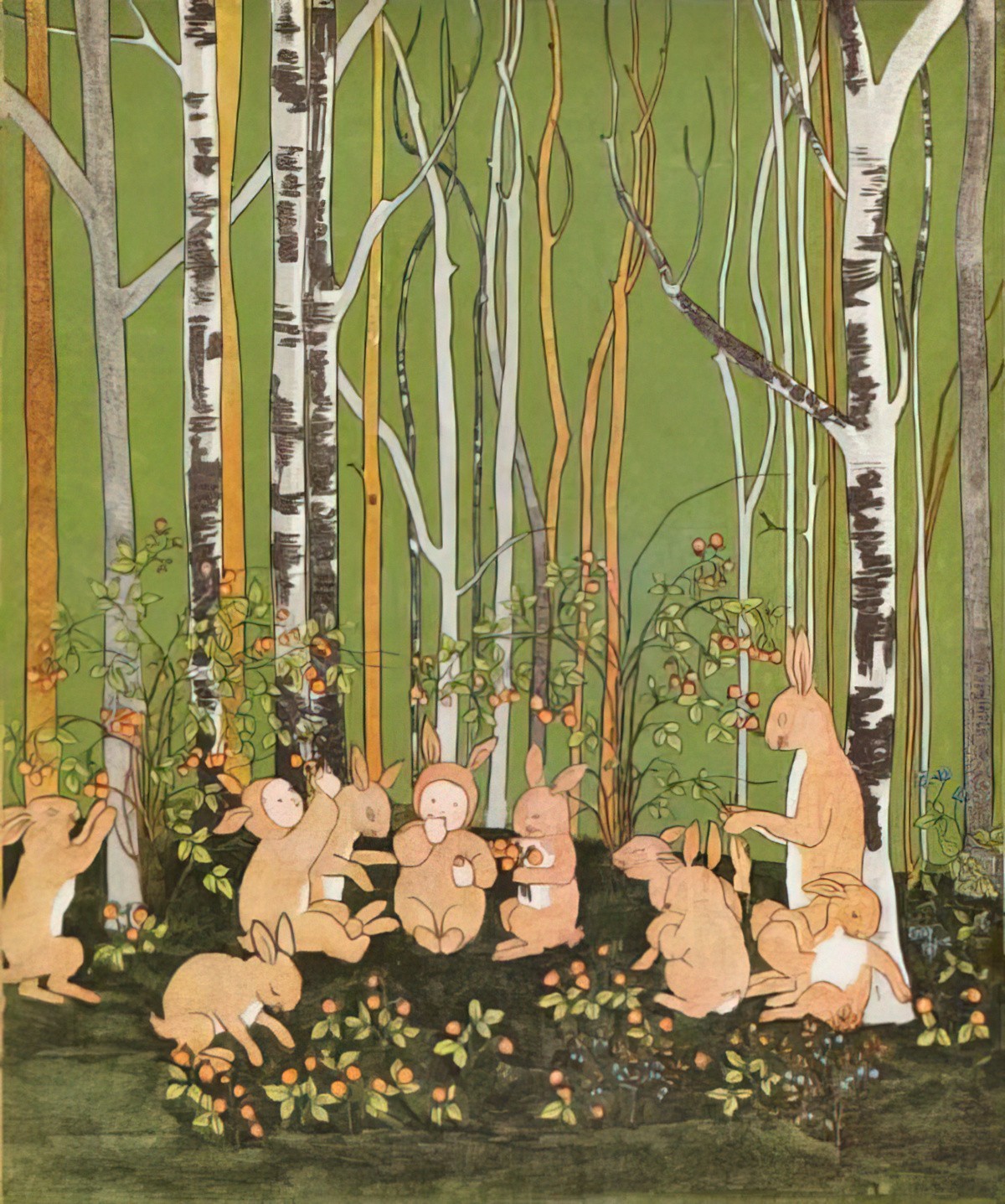
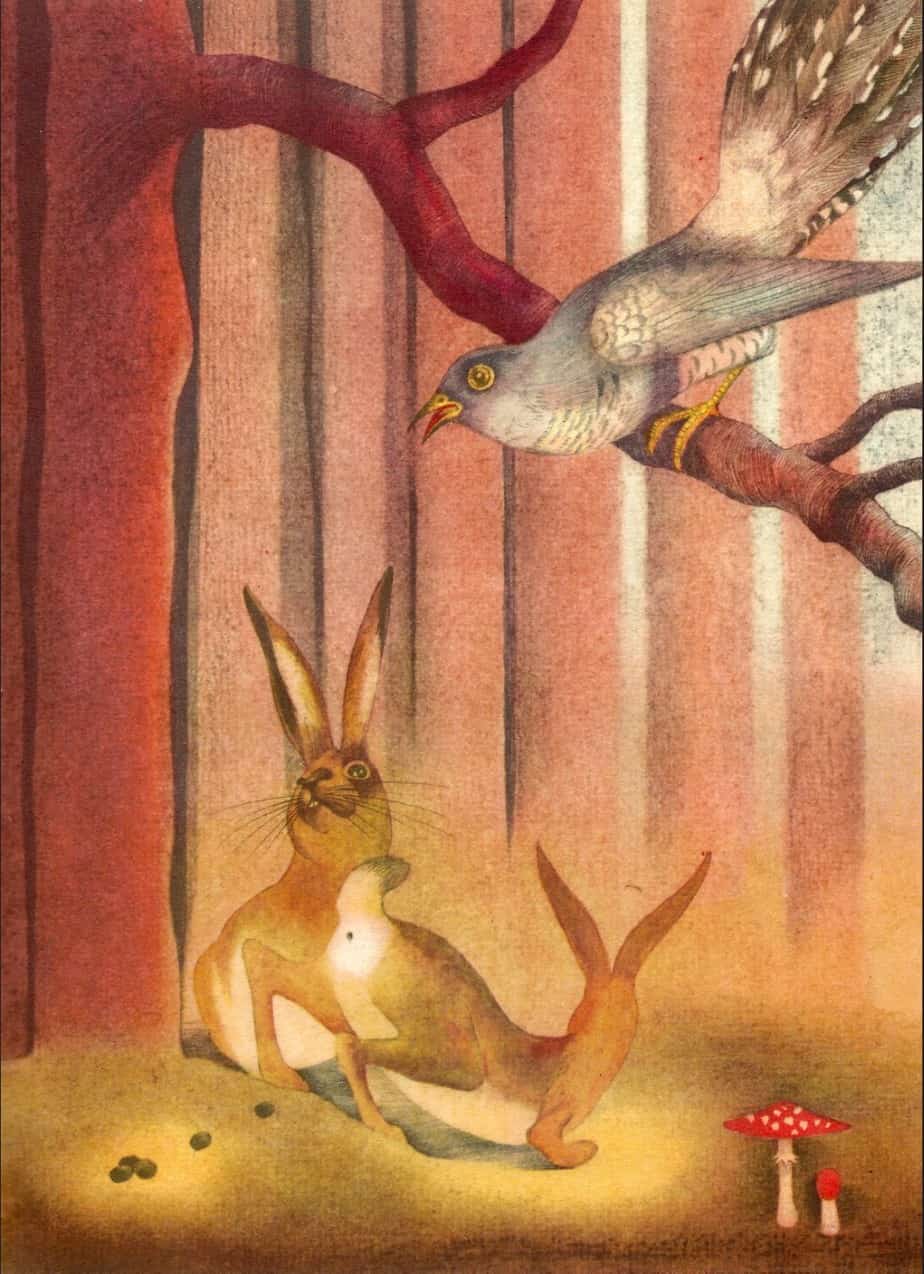
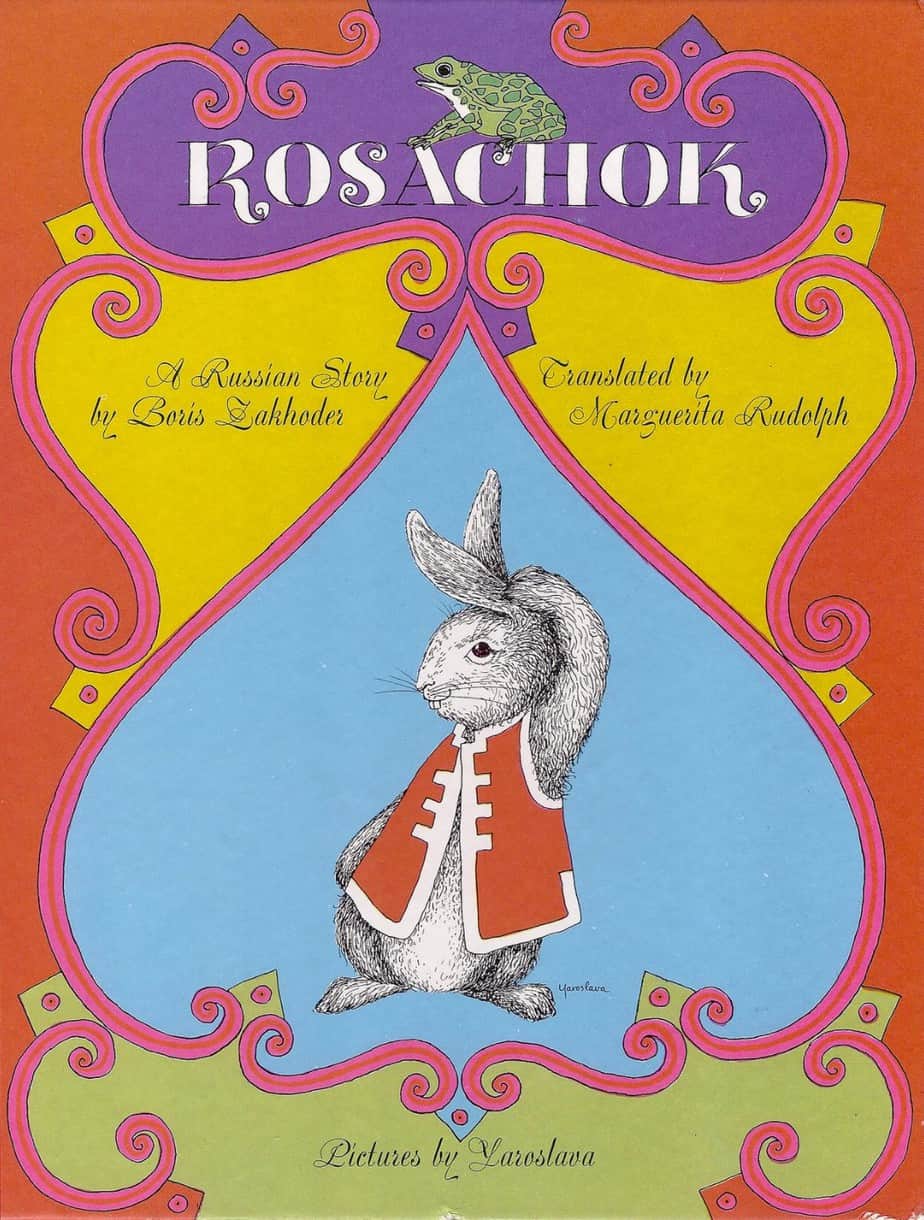
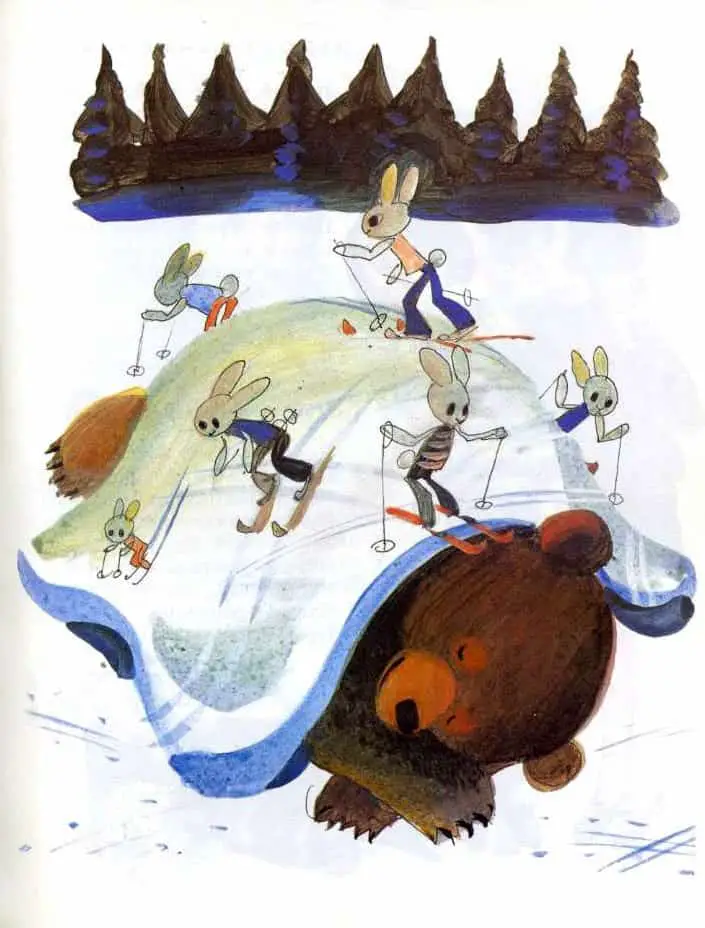
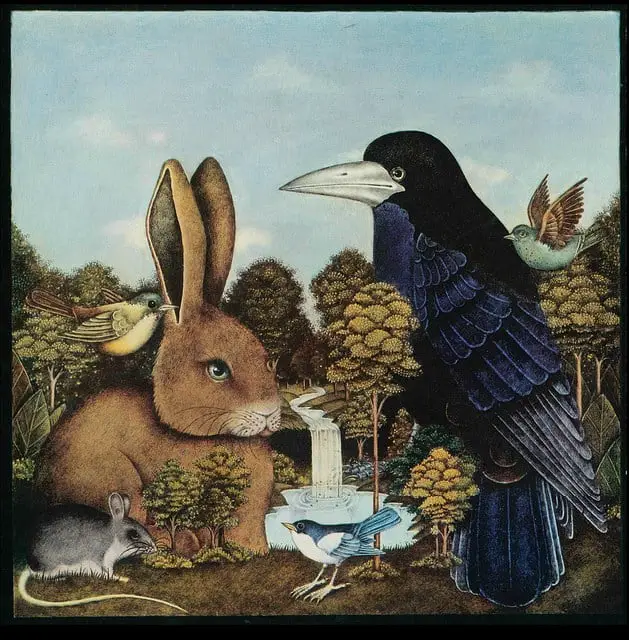
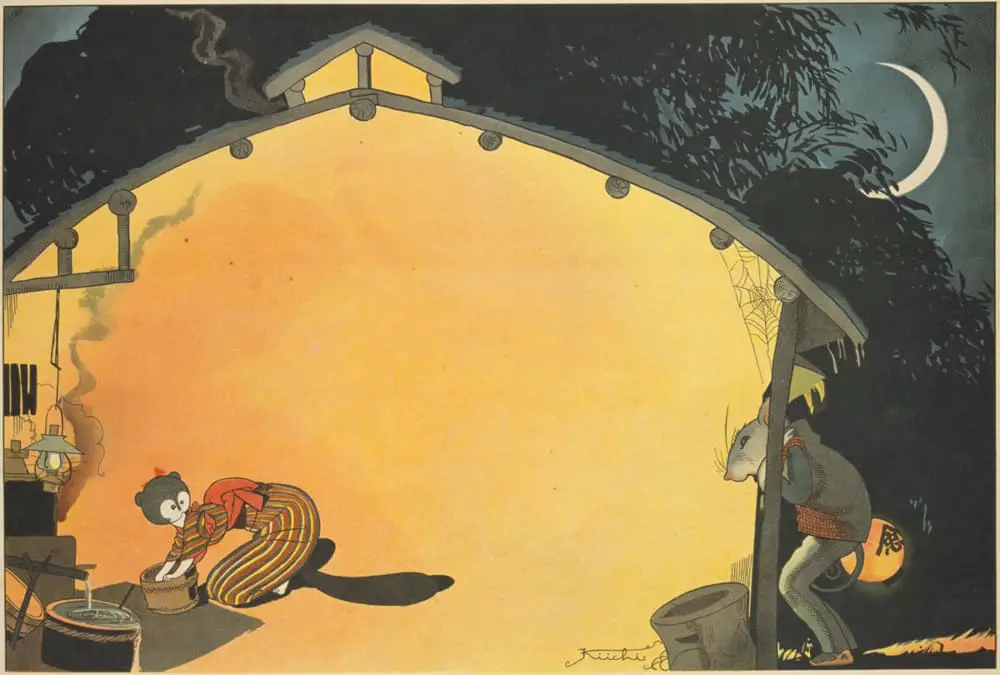
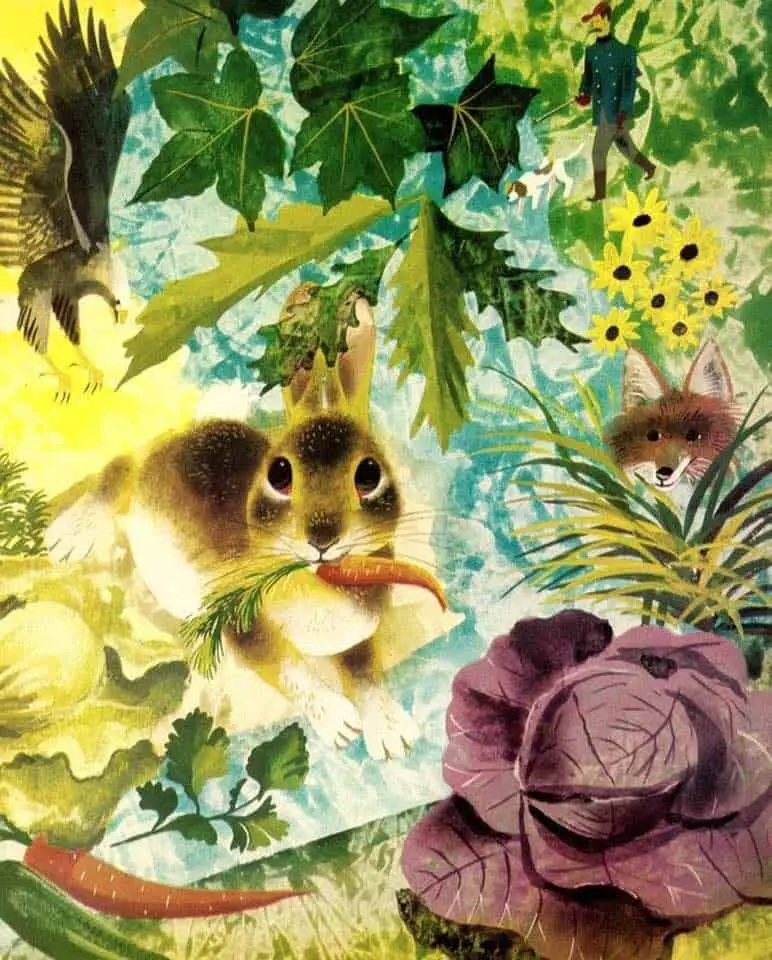
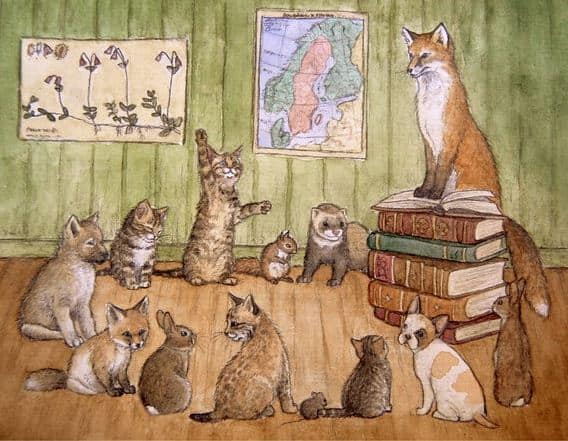
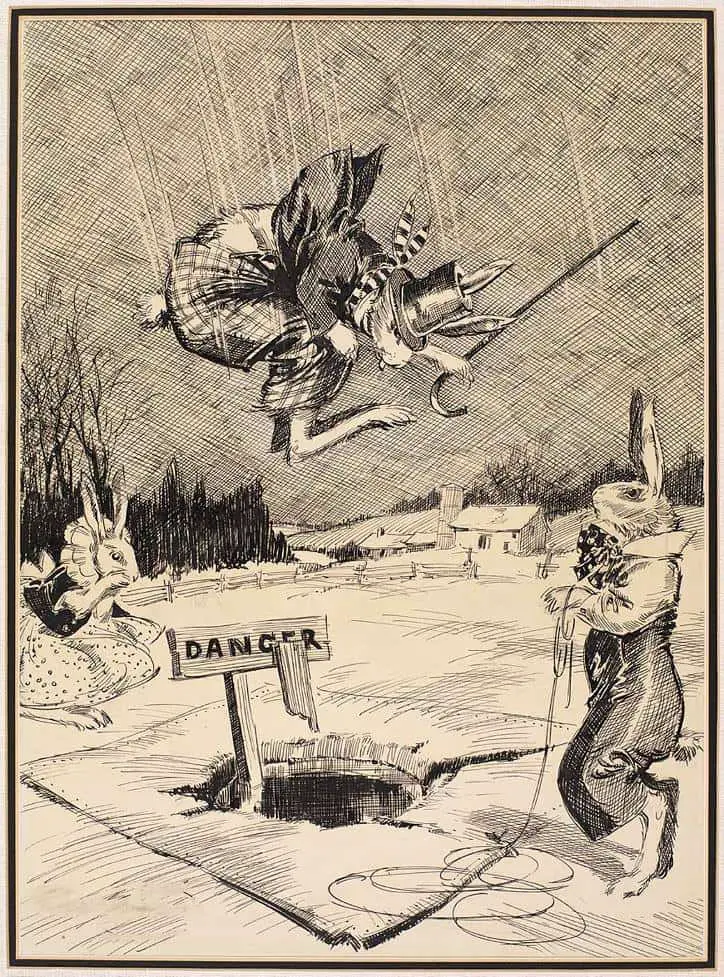
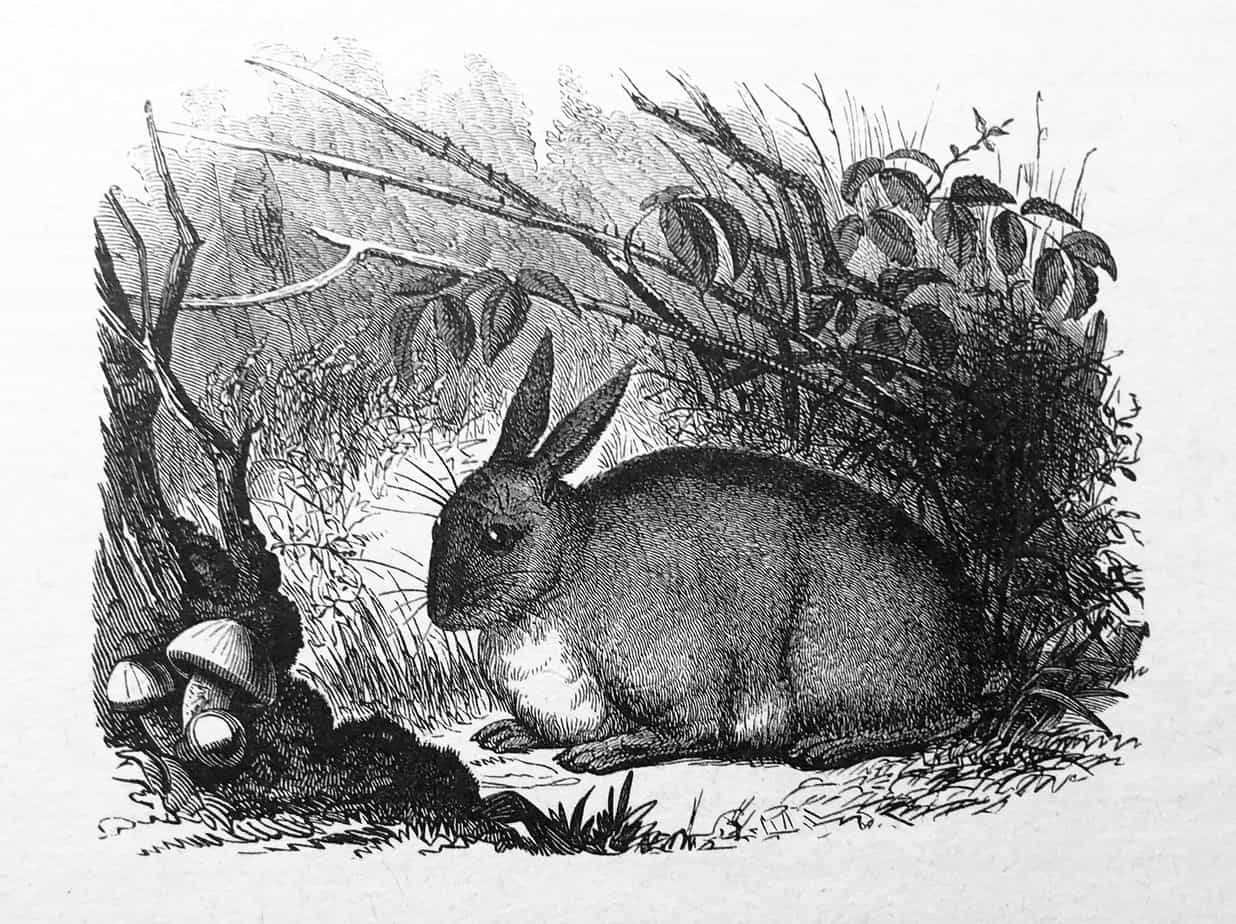
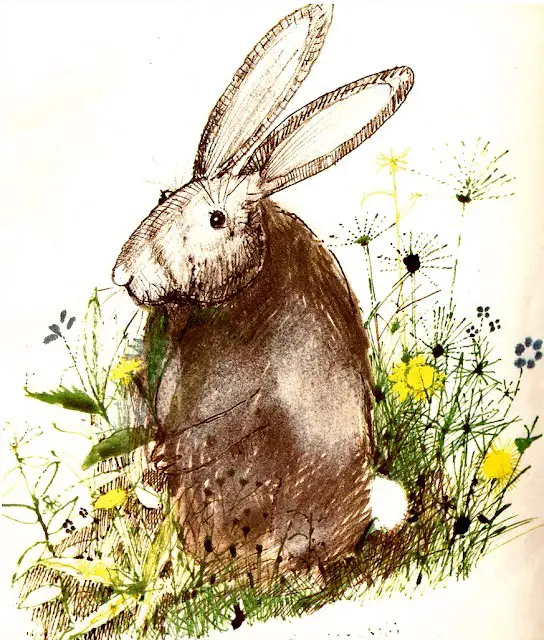
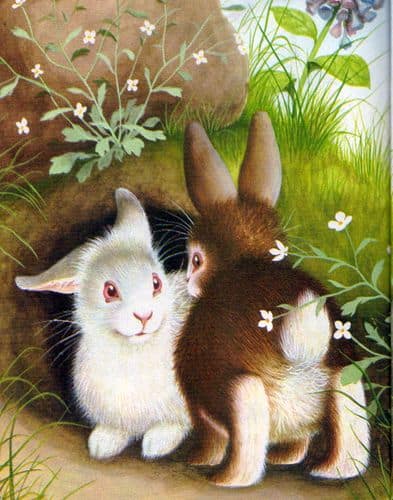
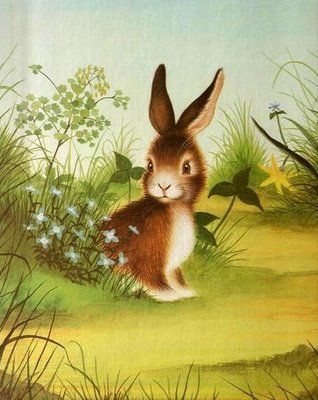
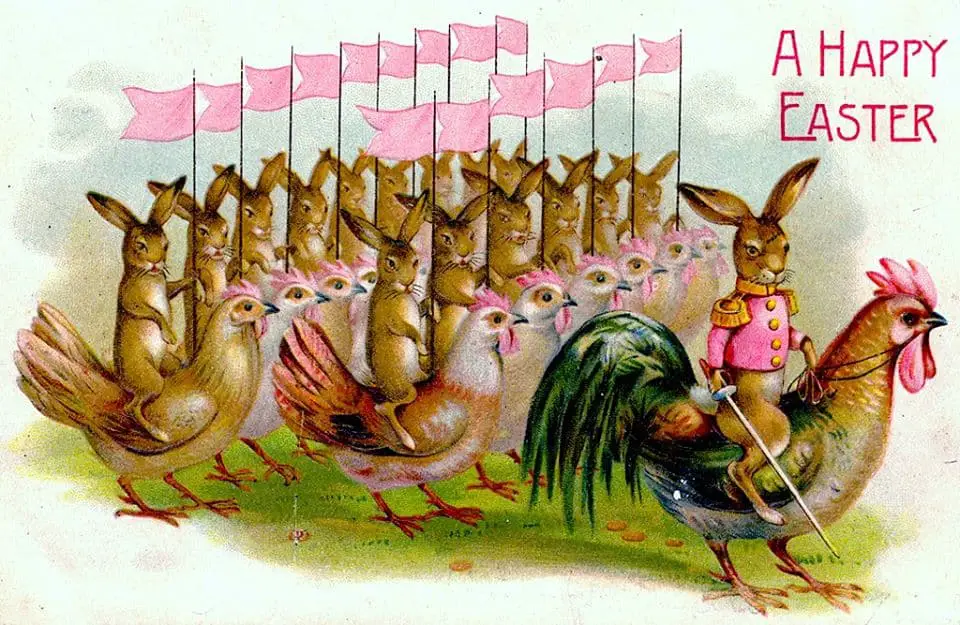
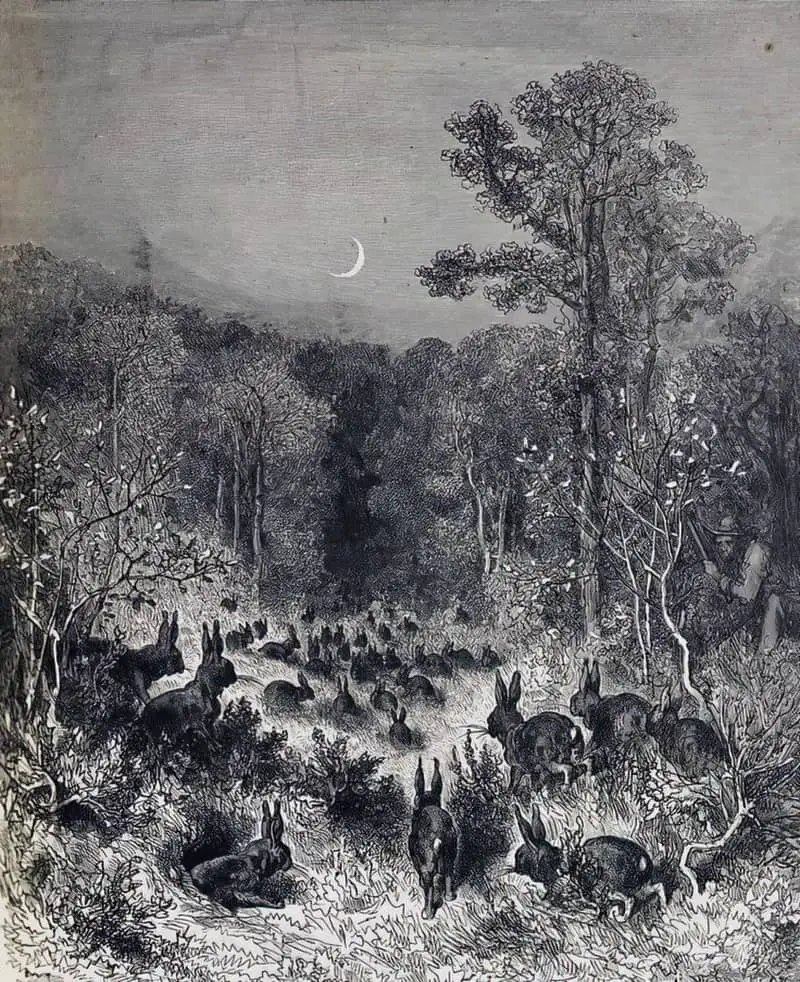
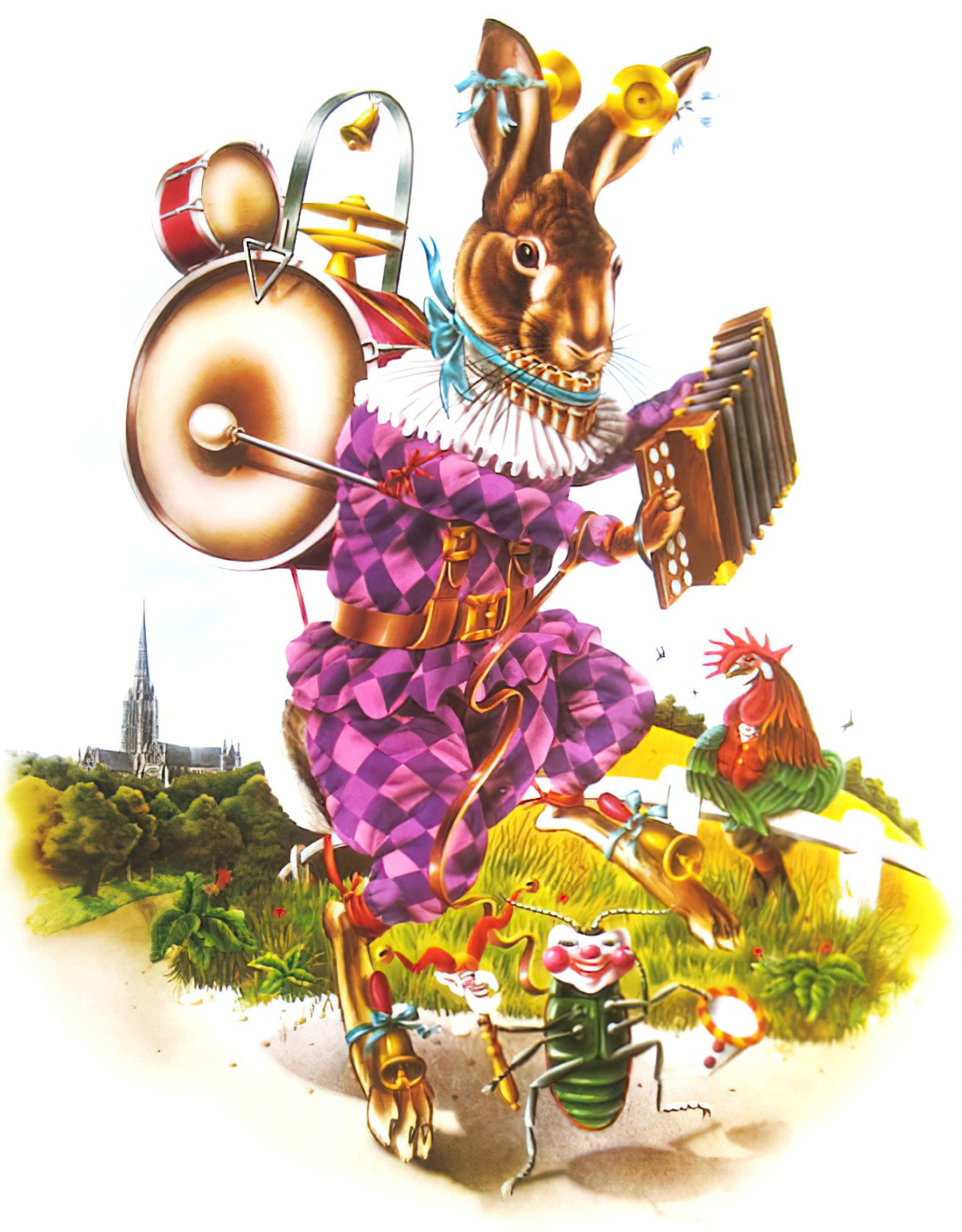
![Illustration from Beatrix Potter’s first published work, written by Frederick Weatherly. A Happy Pair. Illustrated by H. B. P. London Hildesheimer & Faulkner, New York George C. Whitney, [1890]](https://www.slaphappylarry.com/wp-content/uploads/2020/08/Illustration-from-Beatrix-Potters-first-published-work-written-by-Frederick-Weatherly.-A-Happy-Pair.-Illustrated-by-H.-B.-P.-London-Hildesheimer-Faulkner-New-York-George-C.-Whitney-1890-1.jpg)
SEE ALSO
- The Rabbits by John Marsden and Shaun Tan
- The Tawny Scrawny Lion, a Little Golden Book in which the caring rabbits convert a lion into a pescatarian
- The Velveteen Rabbit, a famous children’s book rabbit
- The Tale Of Peter Rabbit, arguably the most famous children’s book rabbit of all
- “Into the Woods” series, 43: The Folklore of Rabbits & Hares
The Book Of Bunny Suicides by Andy Riley, Hodder And Stoughton, 2003
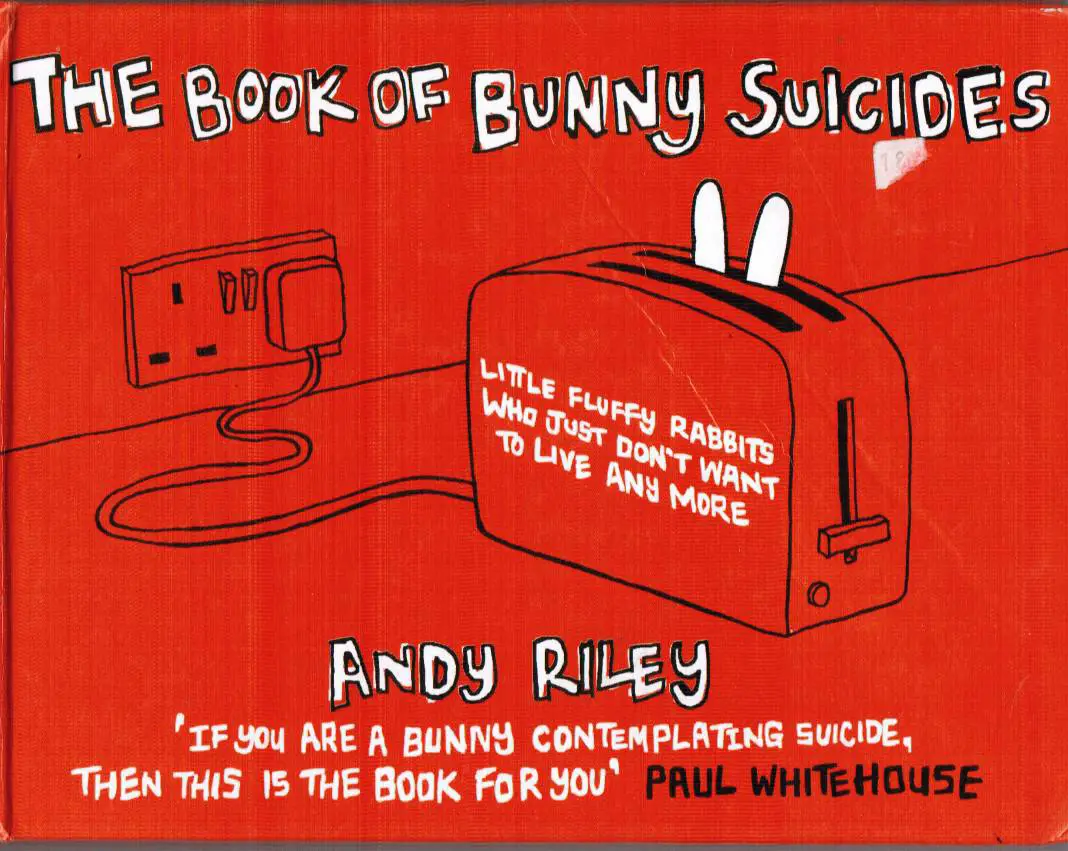
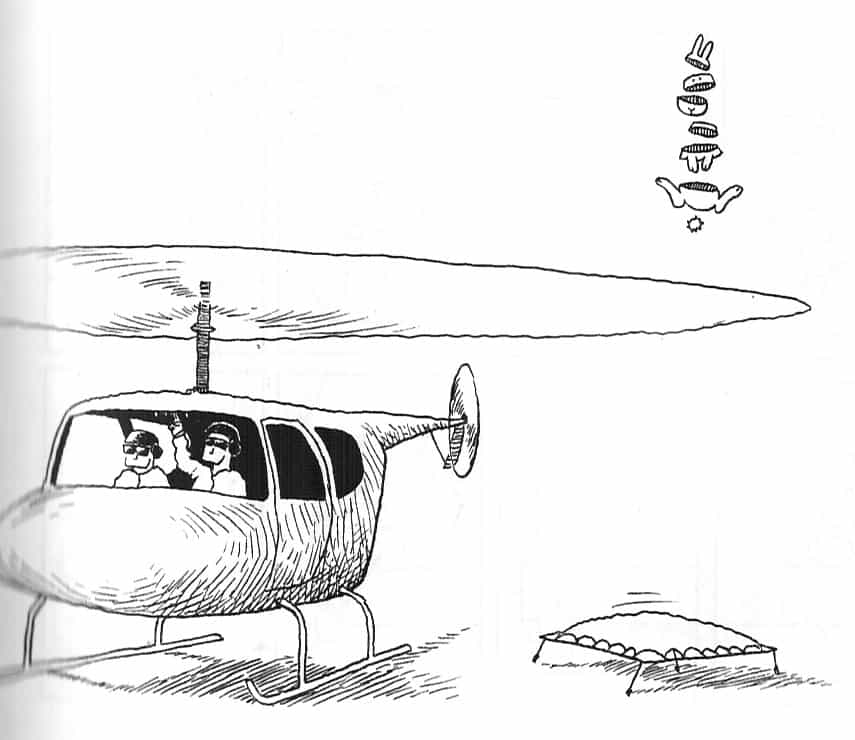
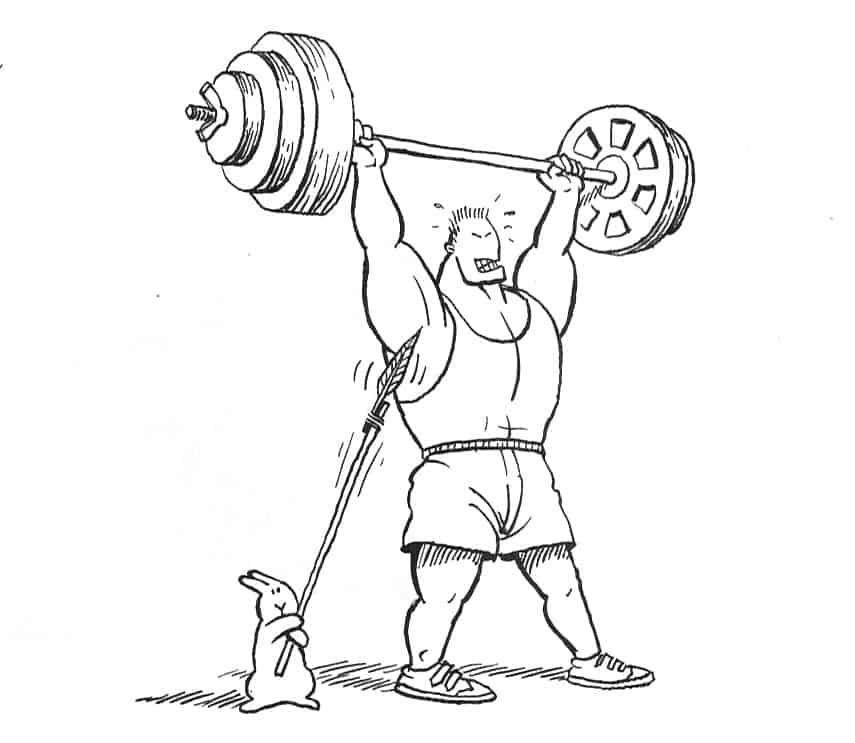
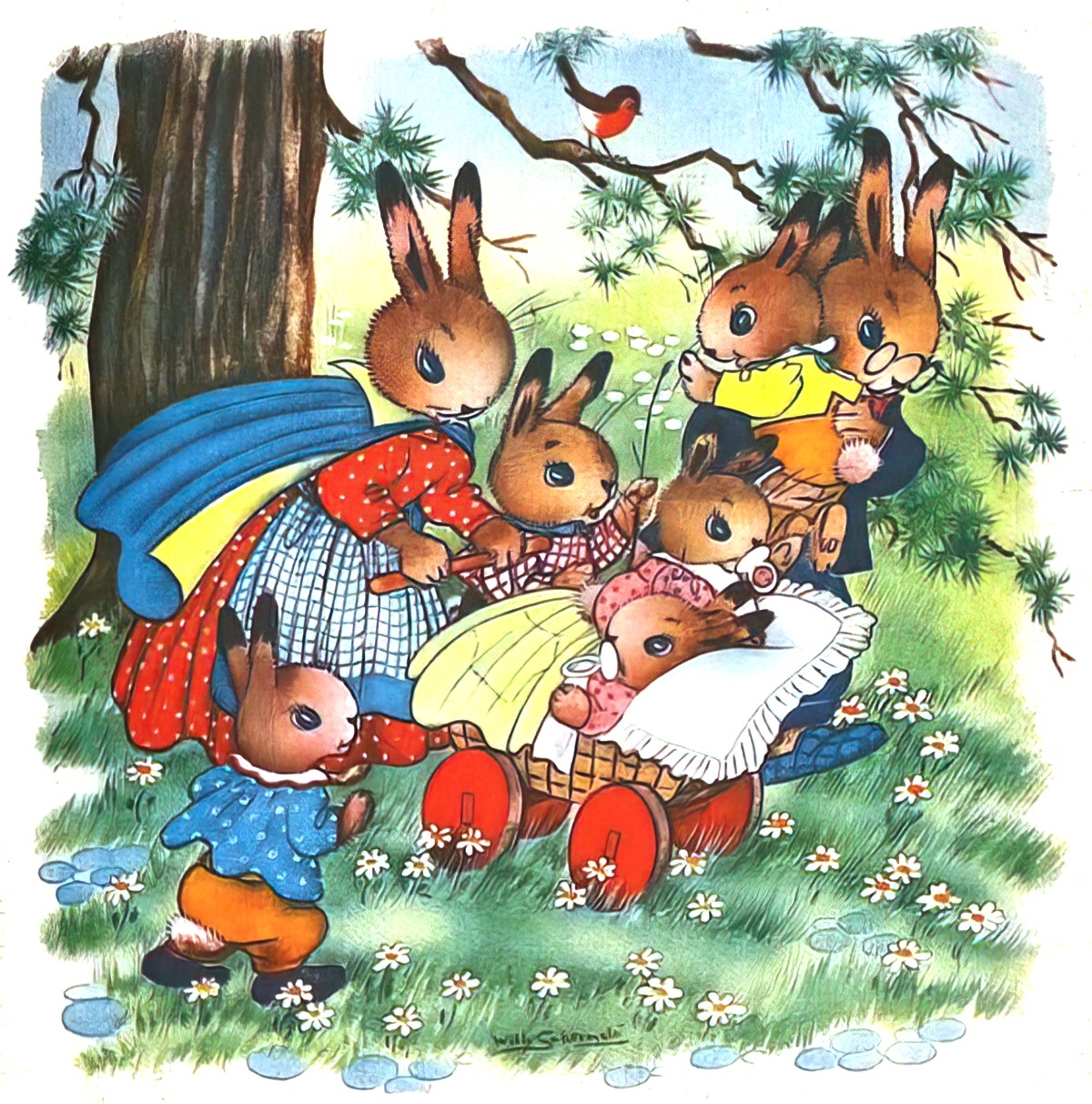
Header illustration: Millicent Sowerby (English, 1878-1967) Alice in Wonderland

